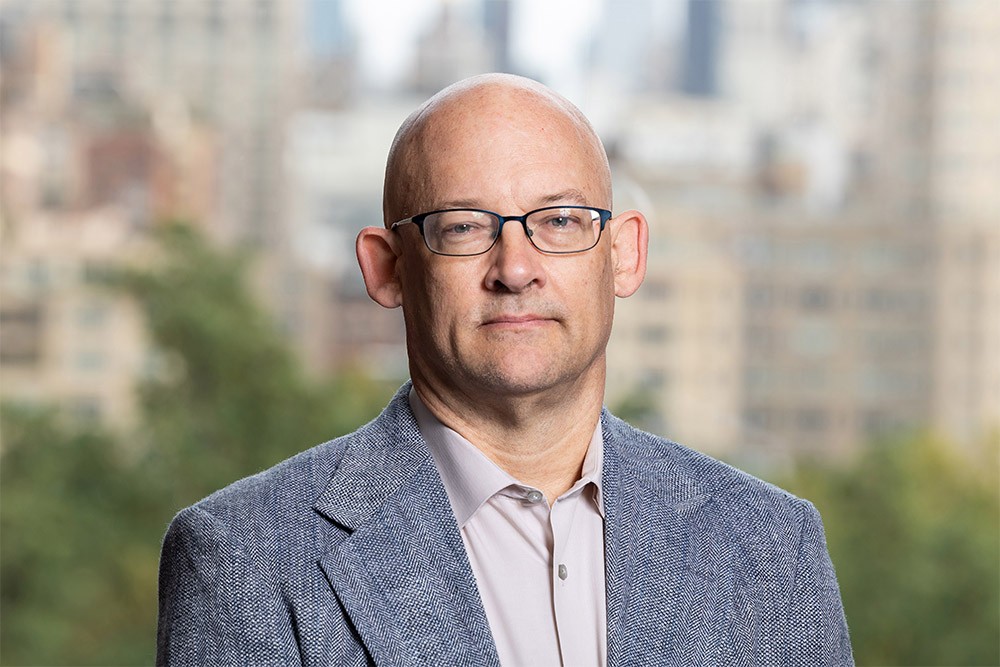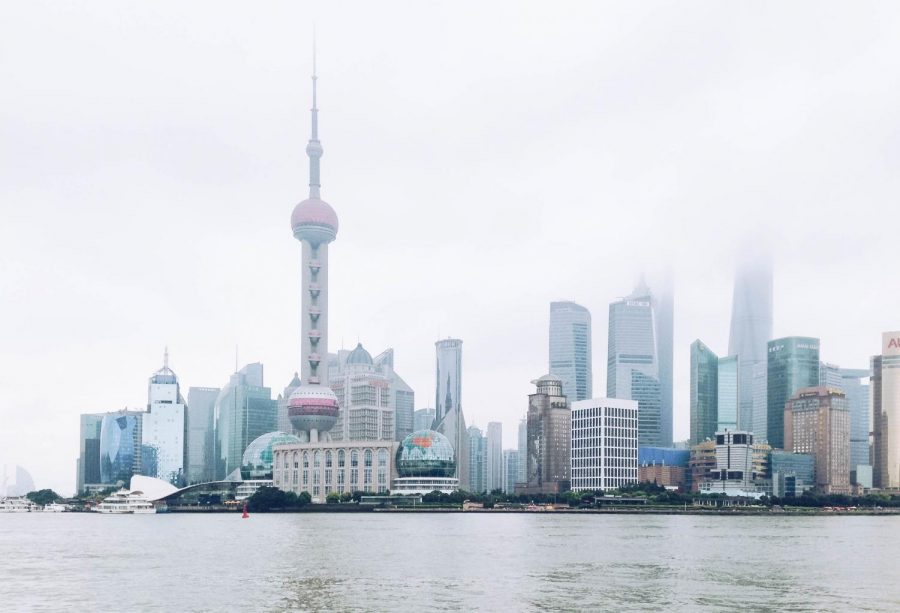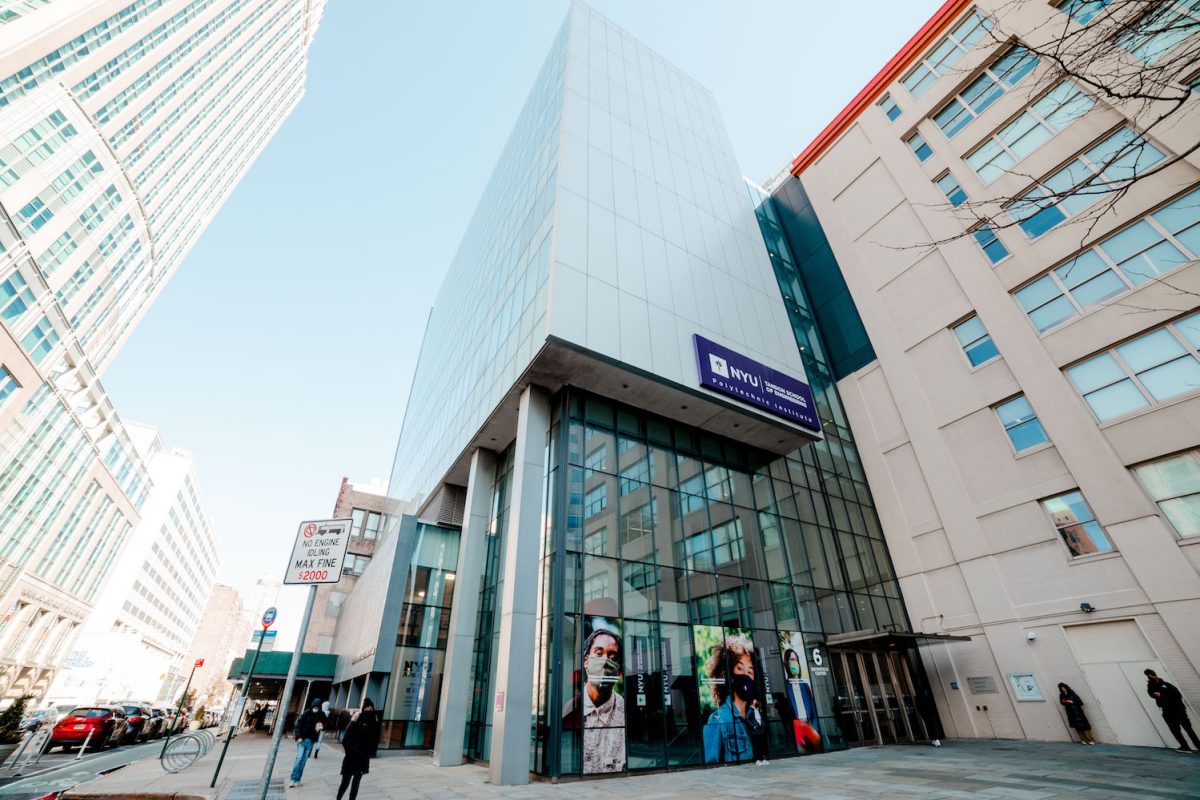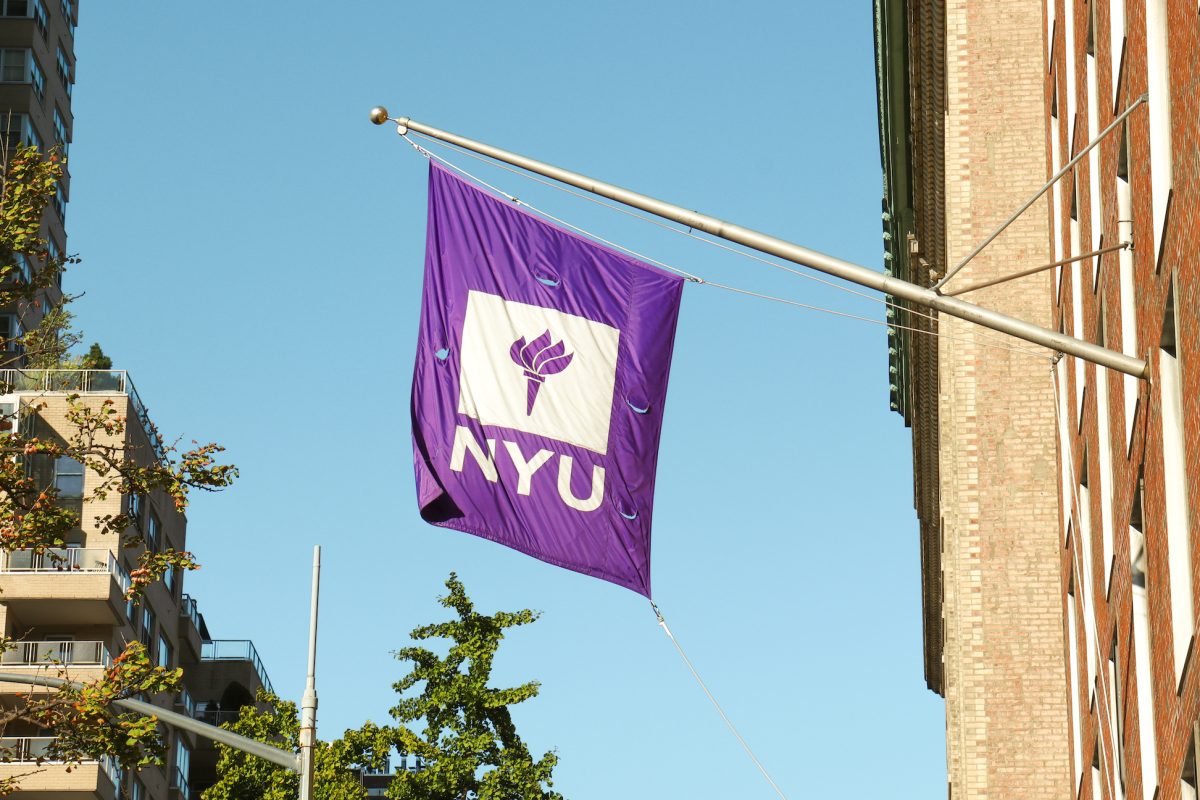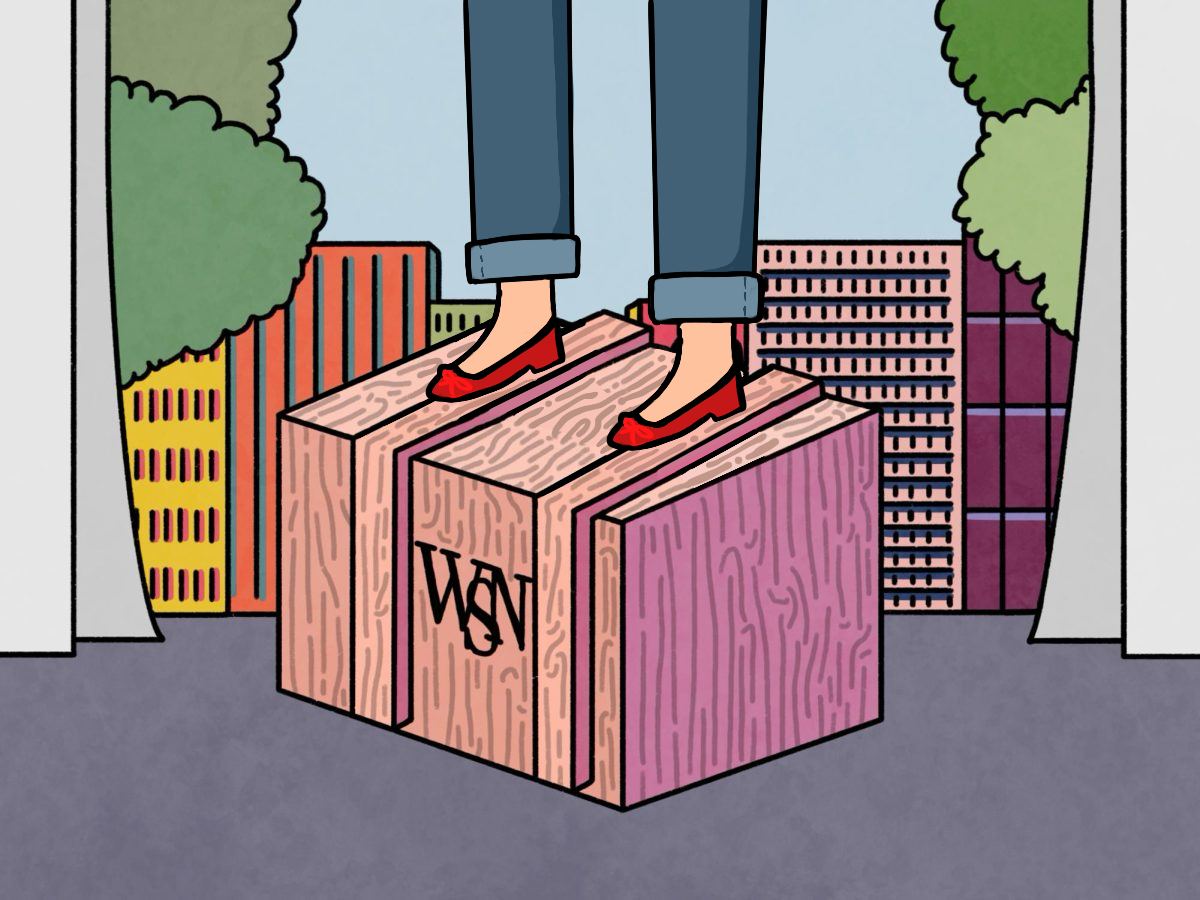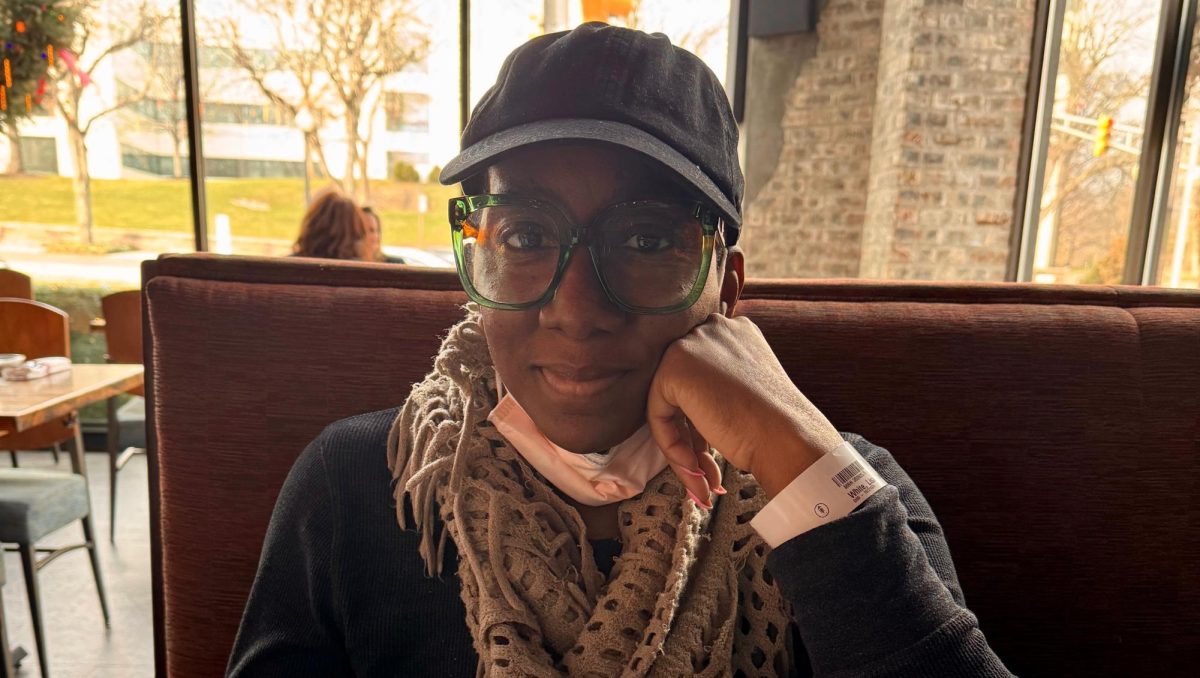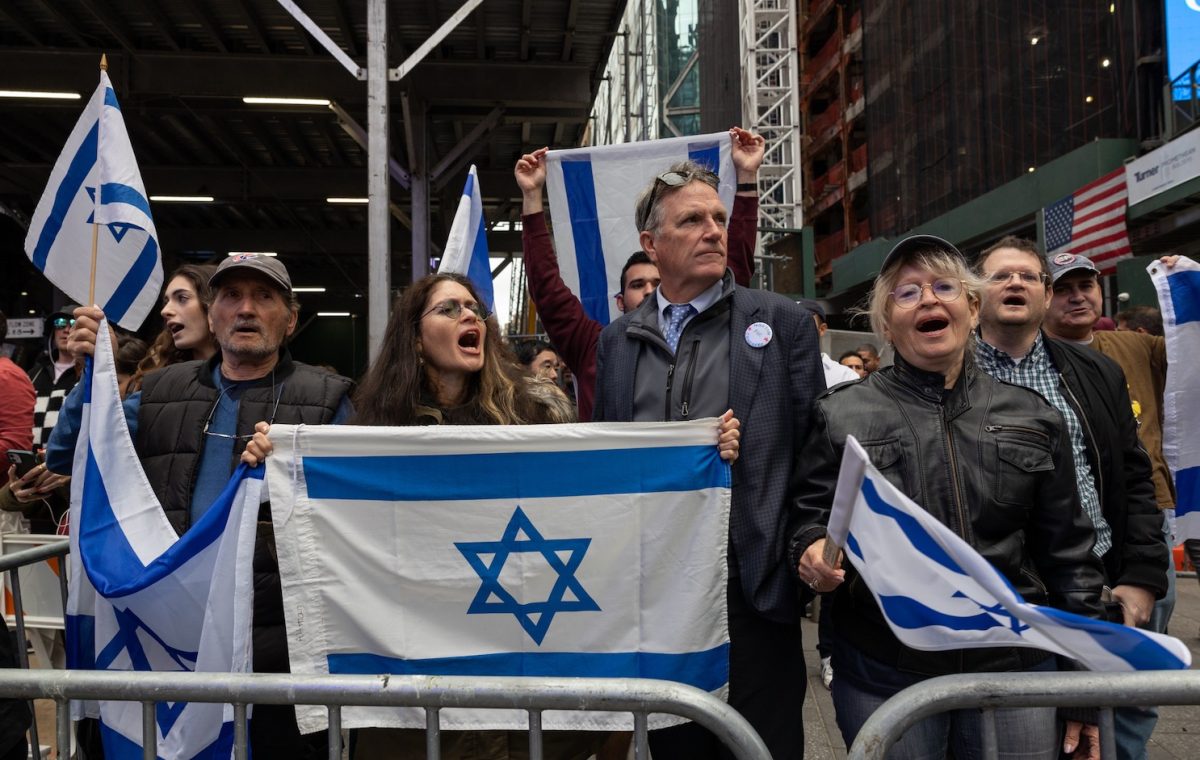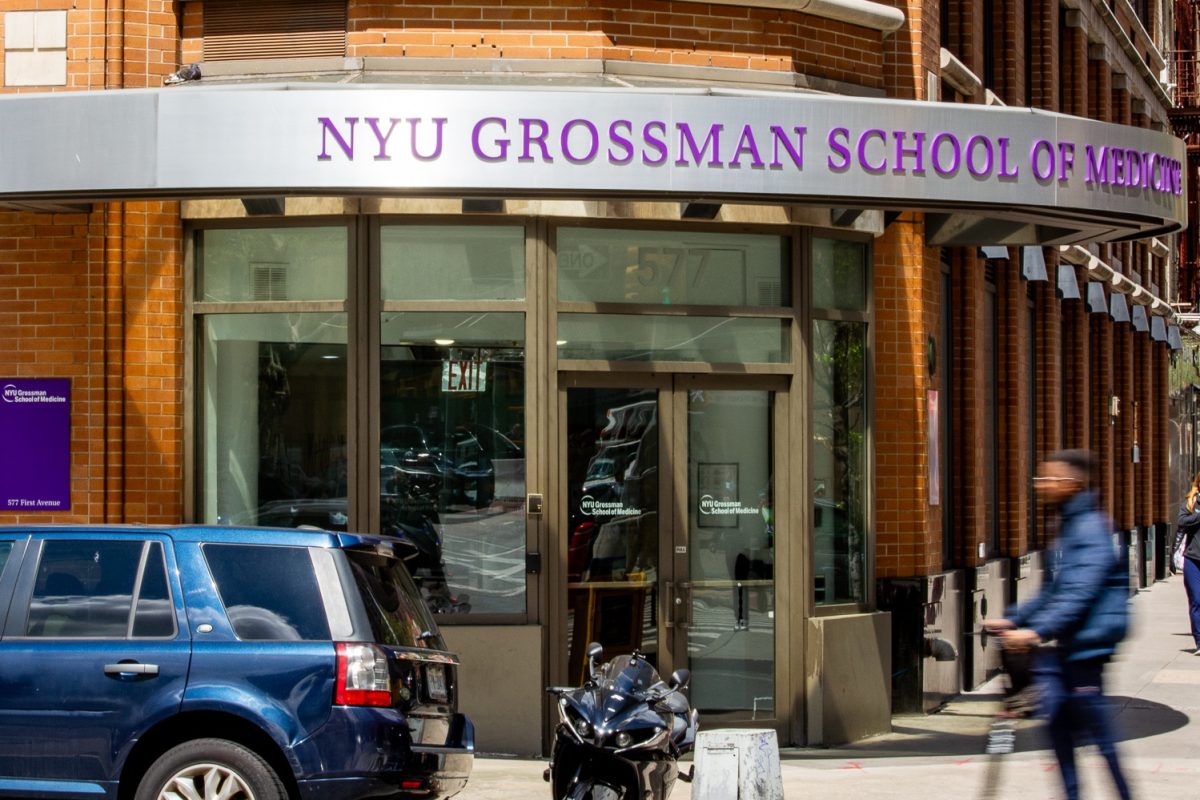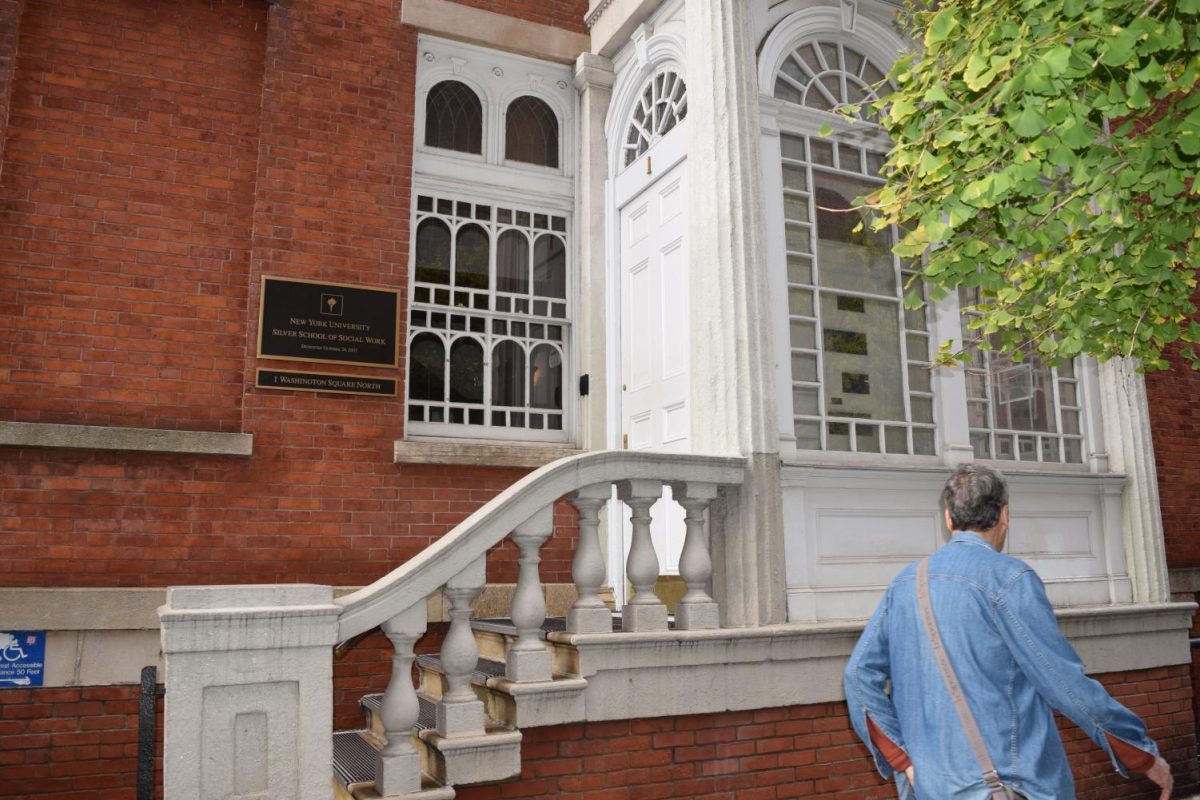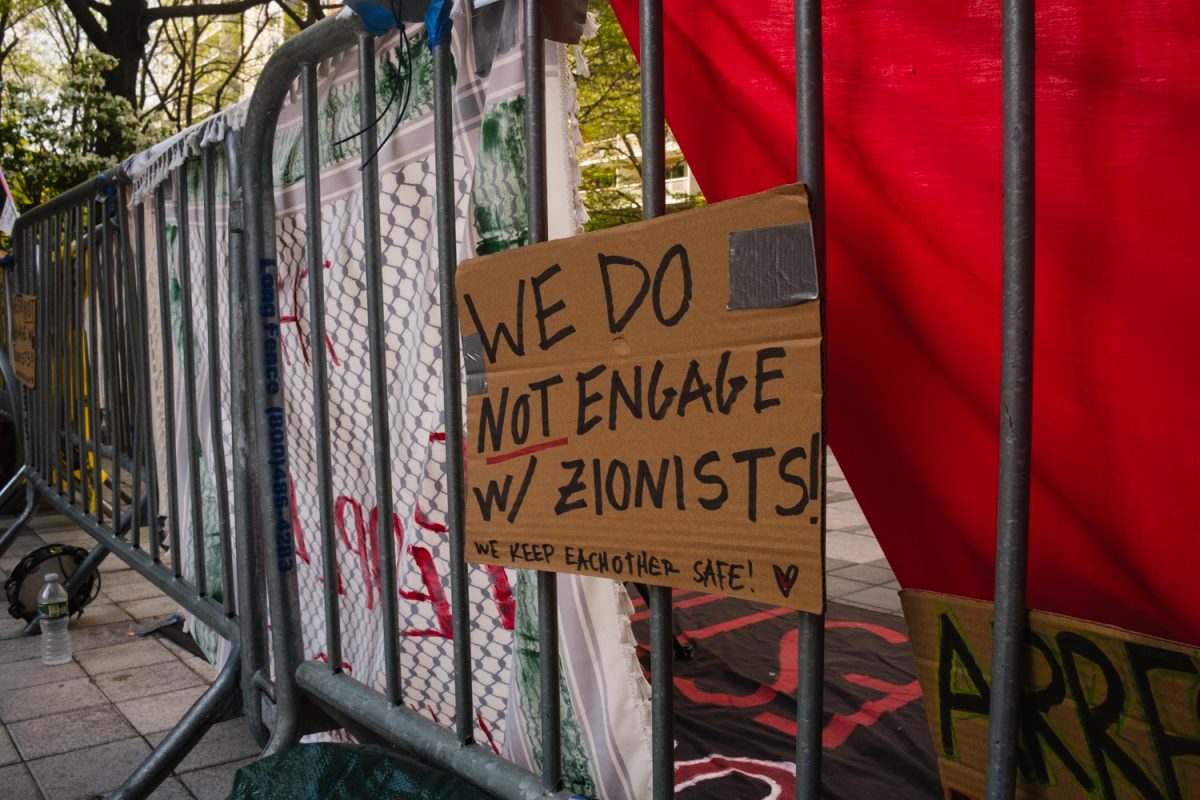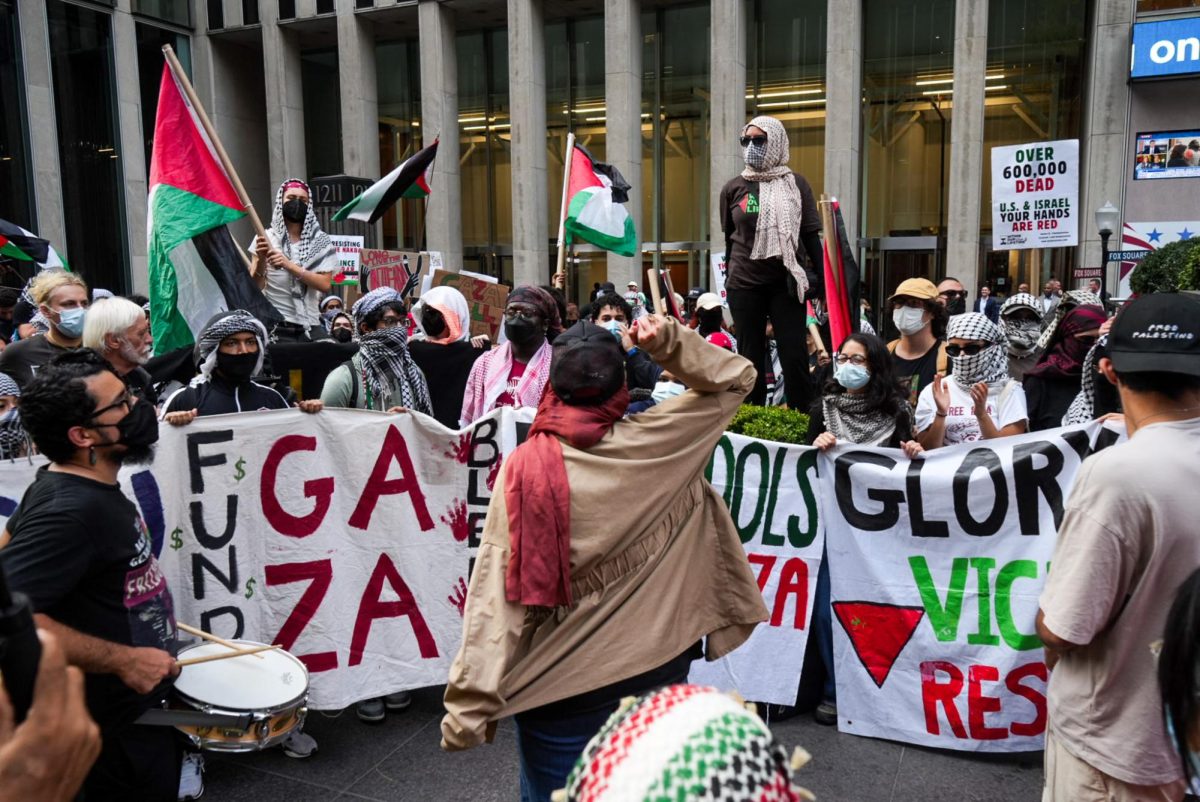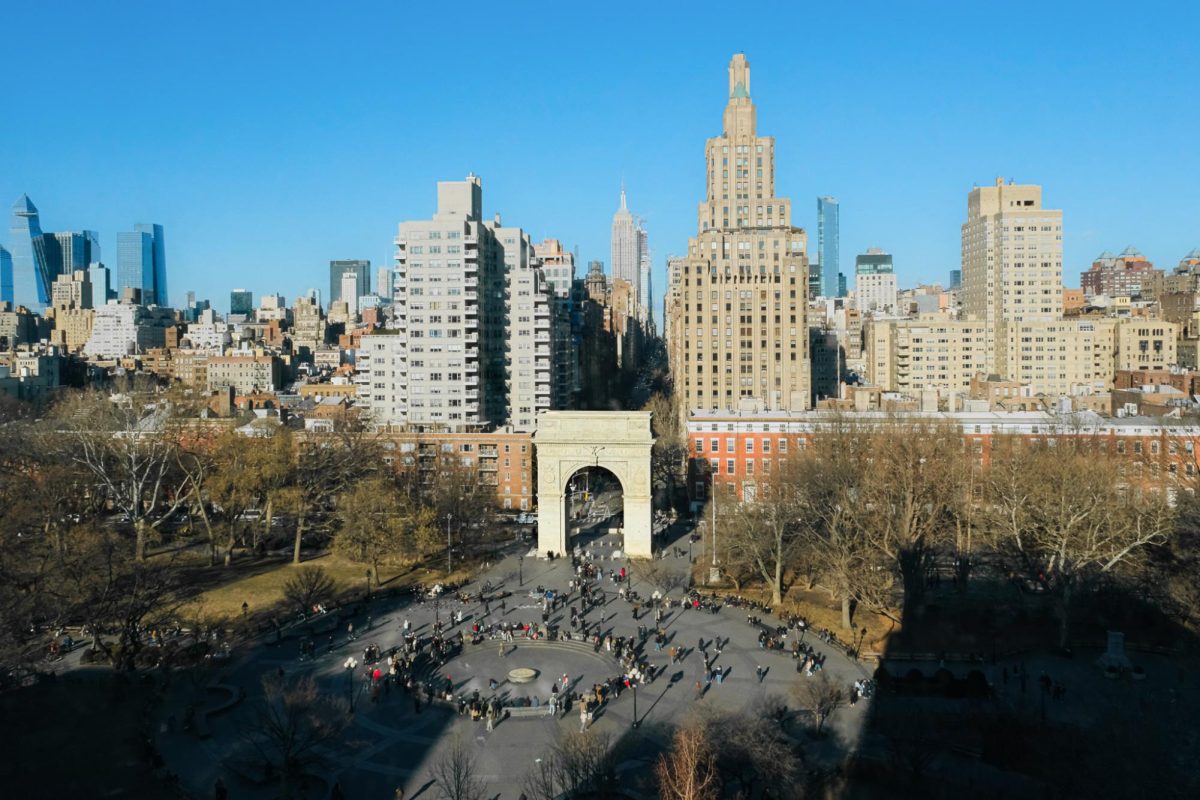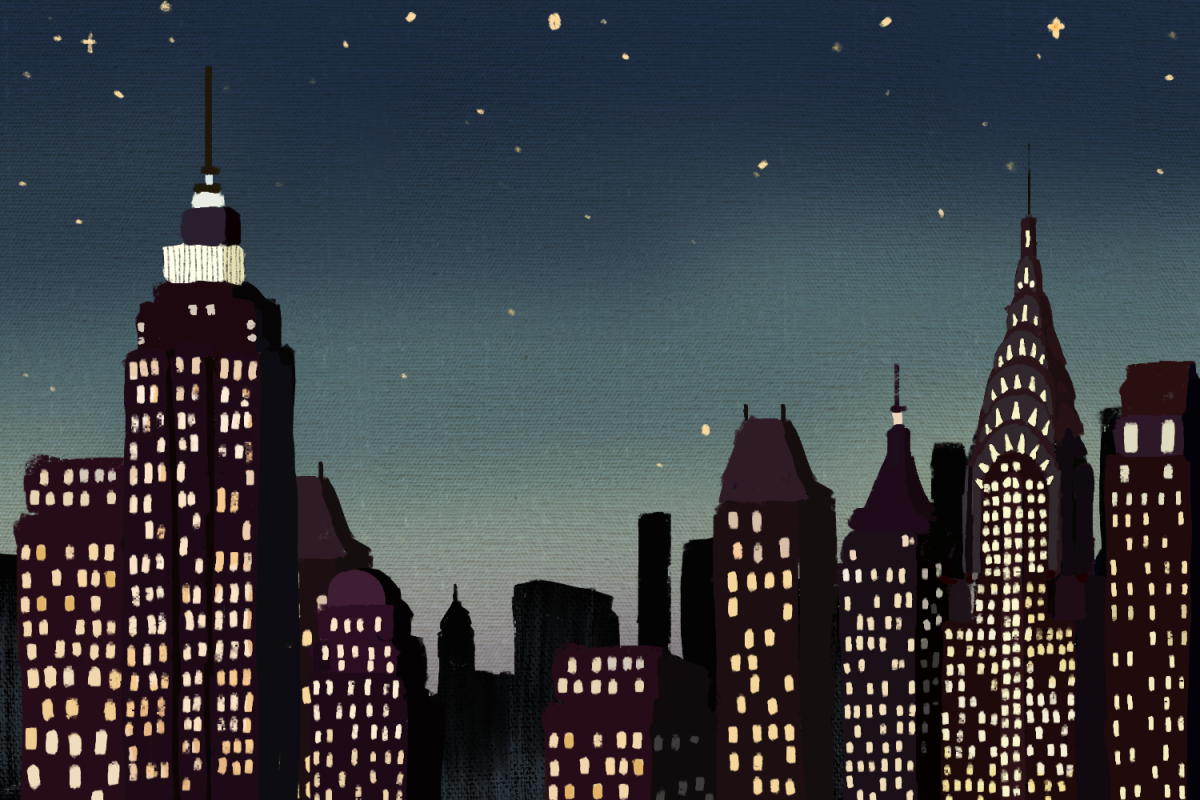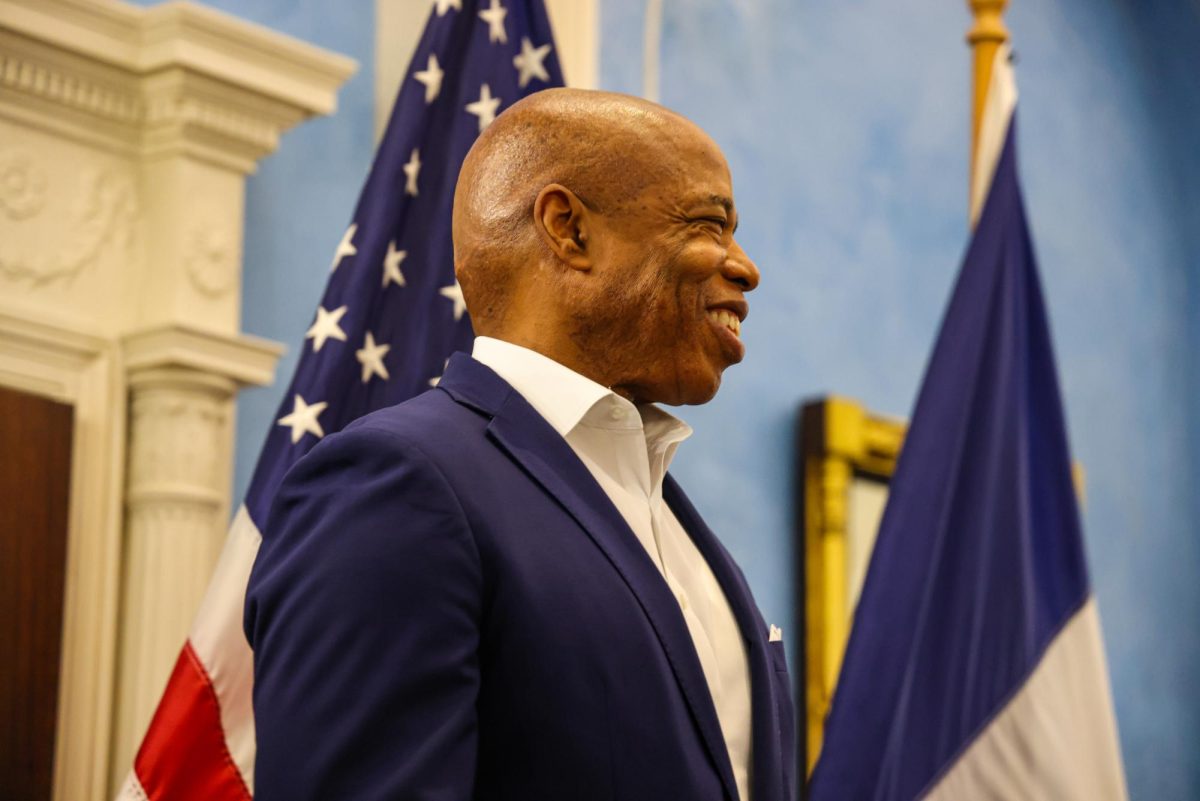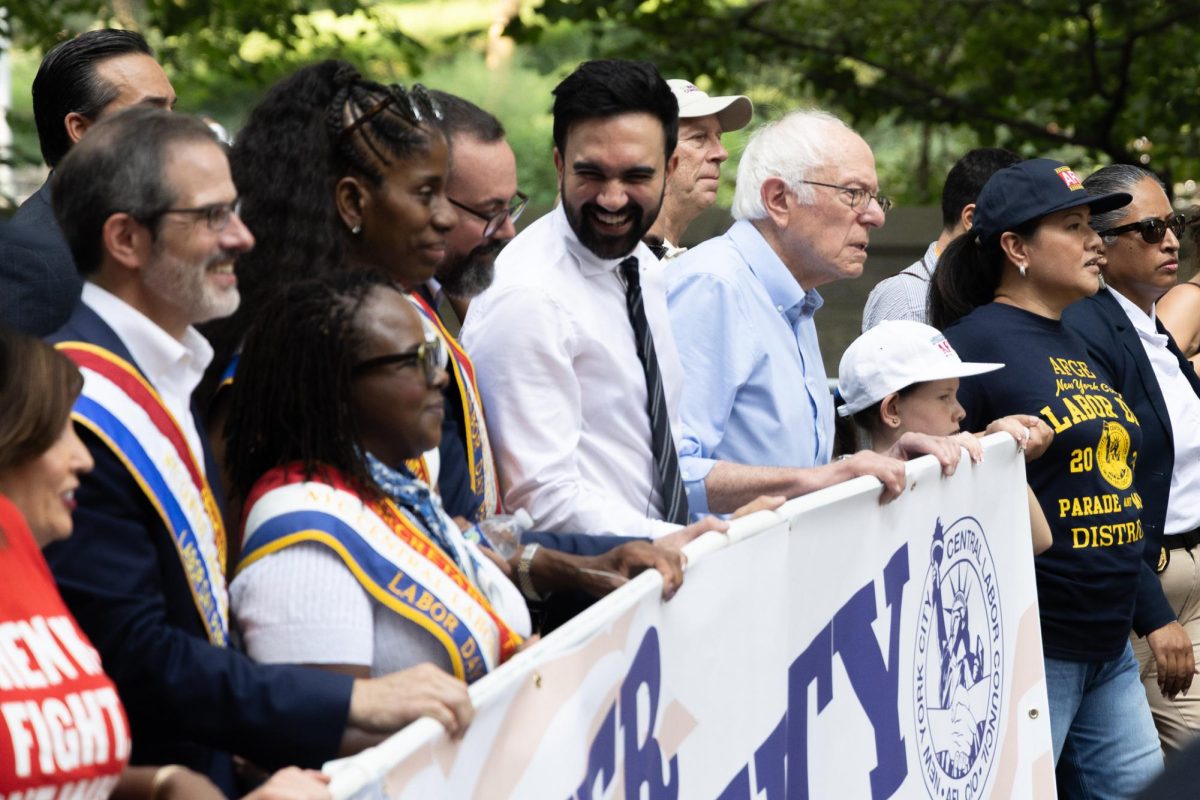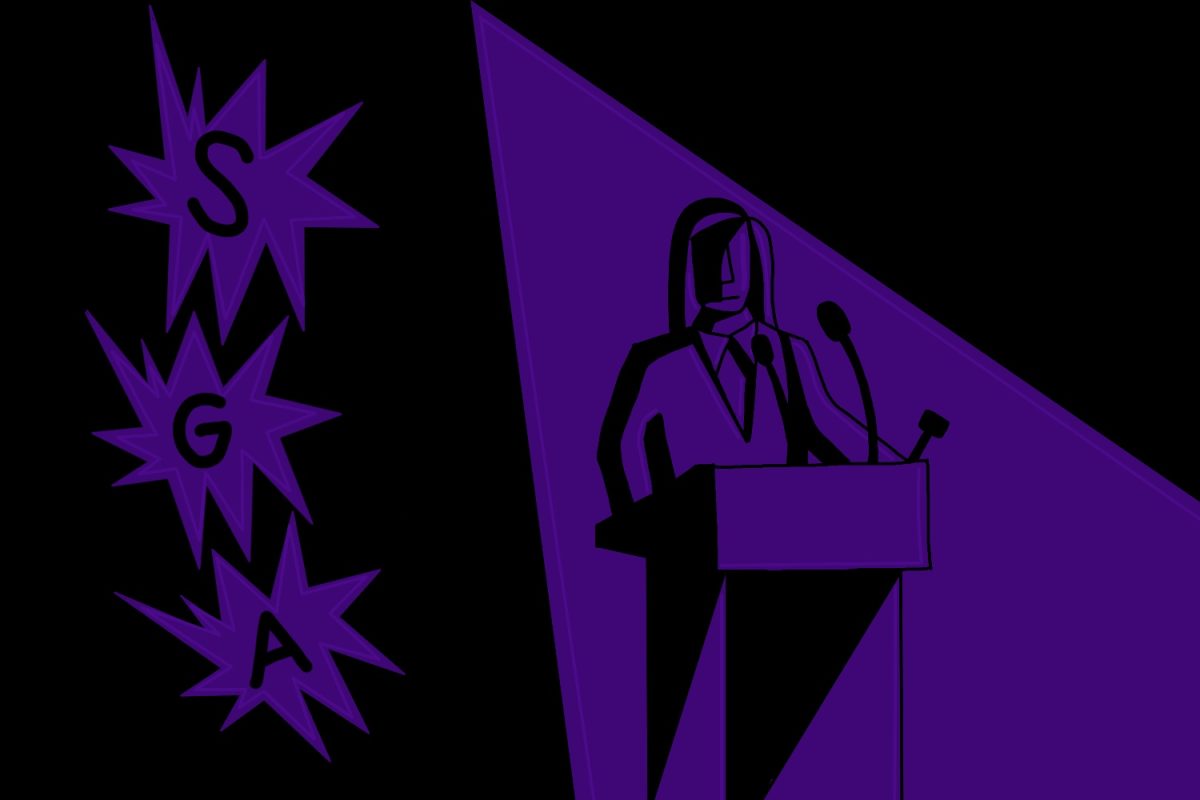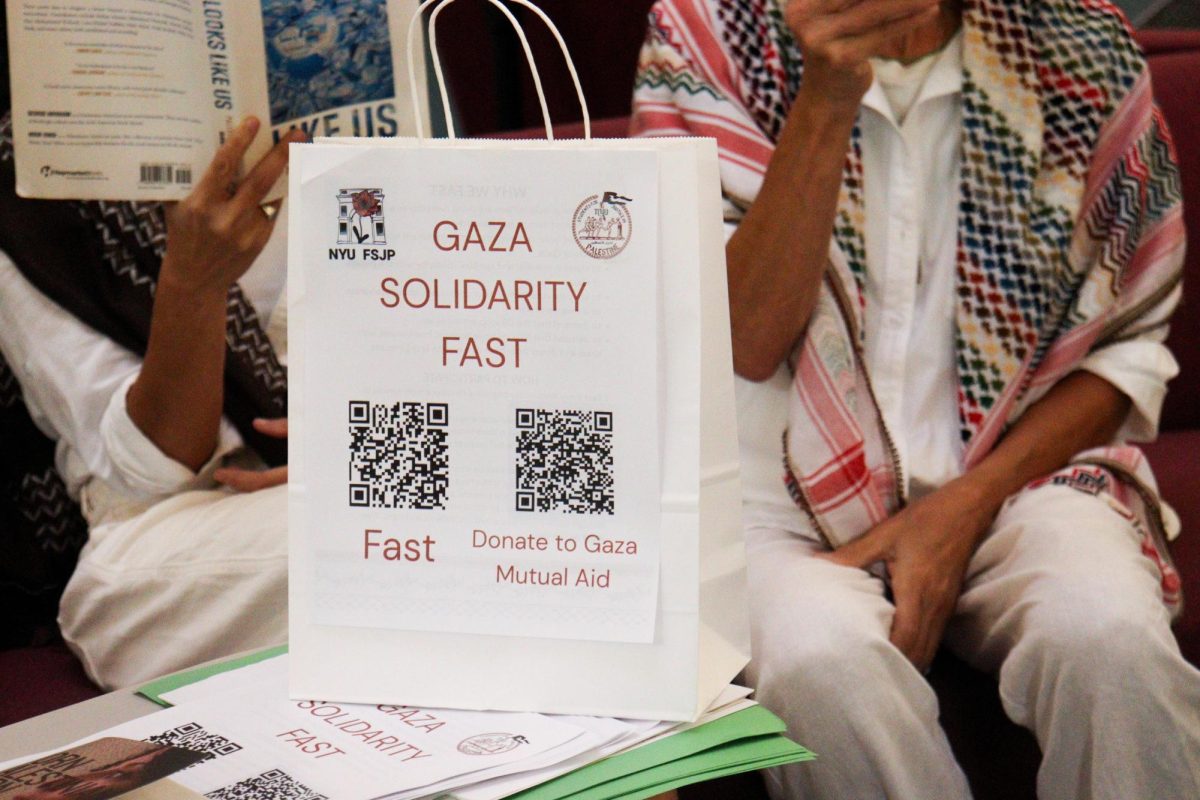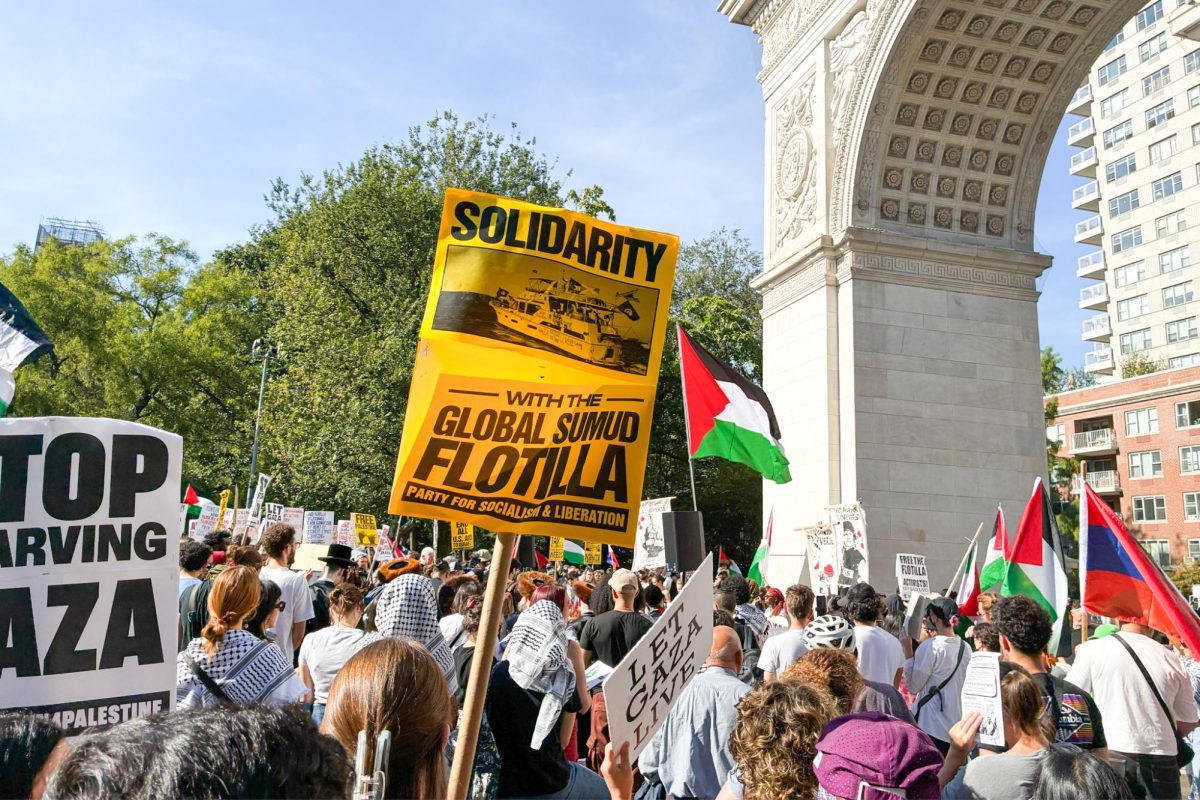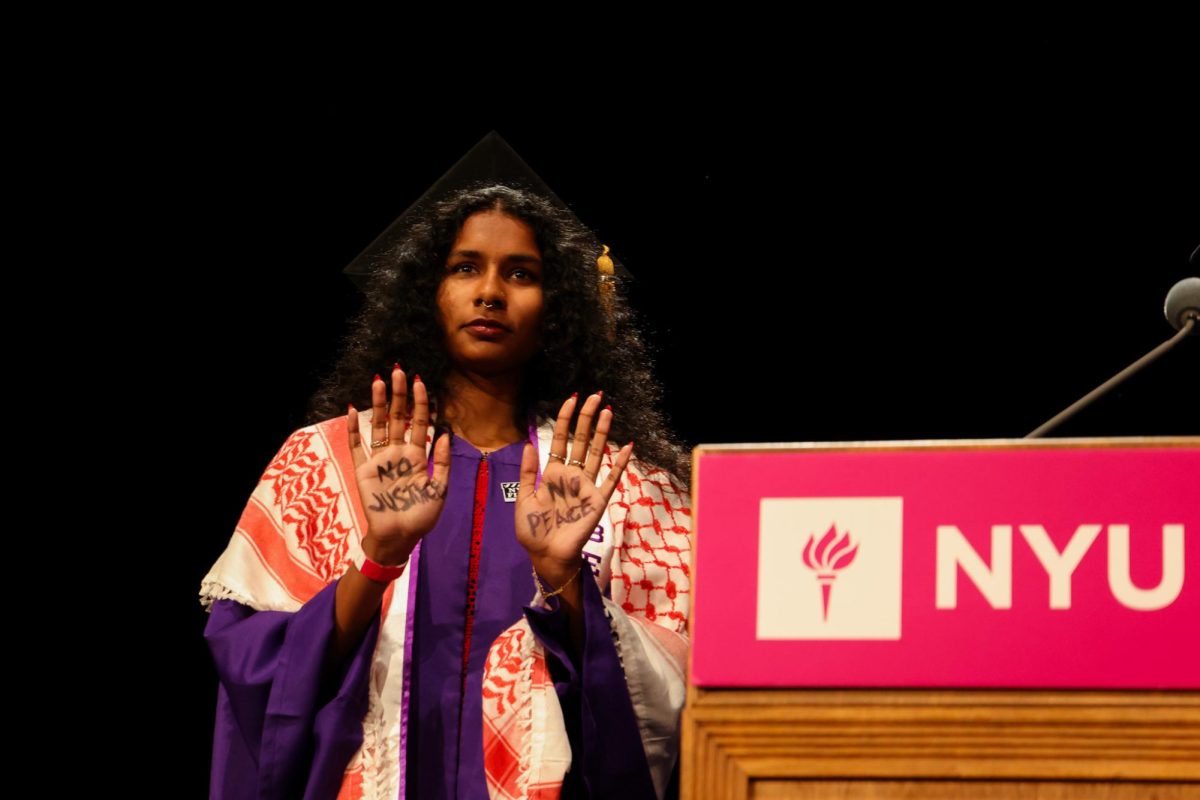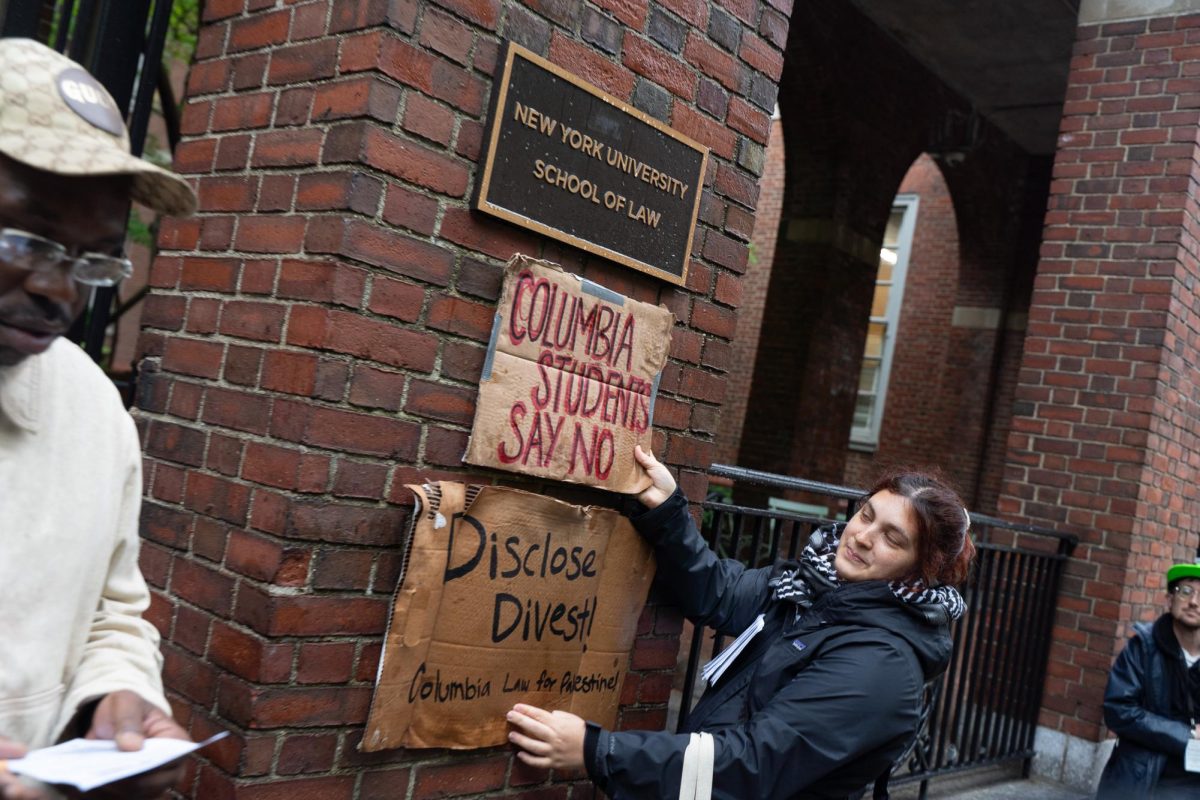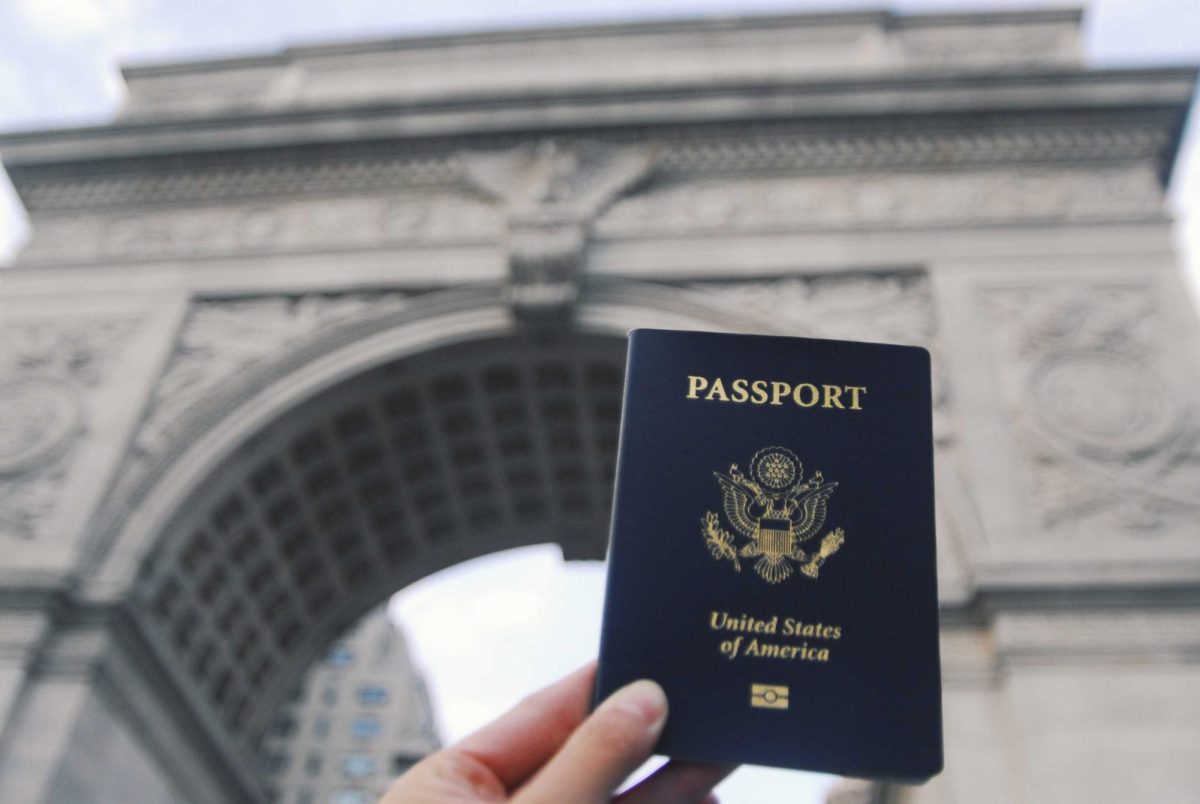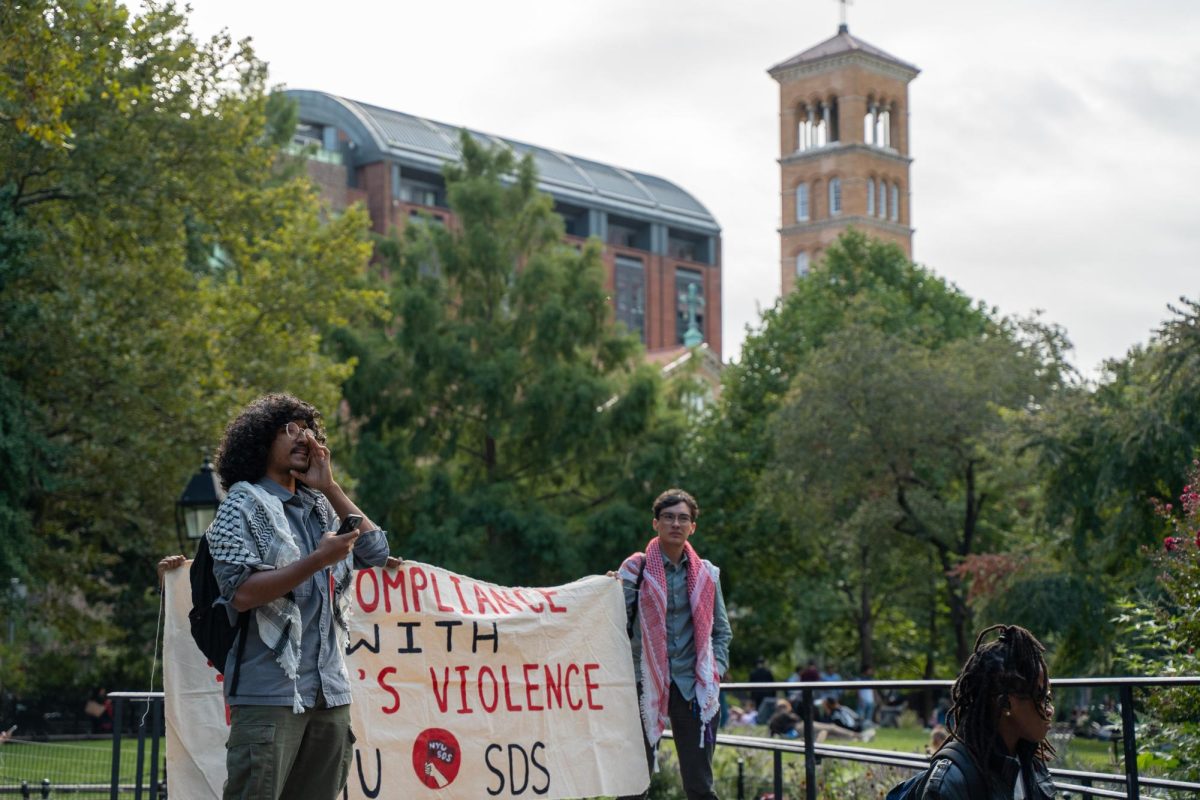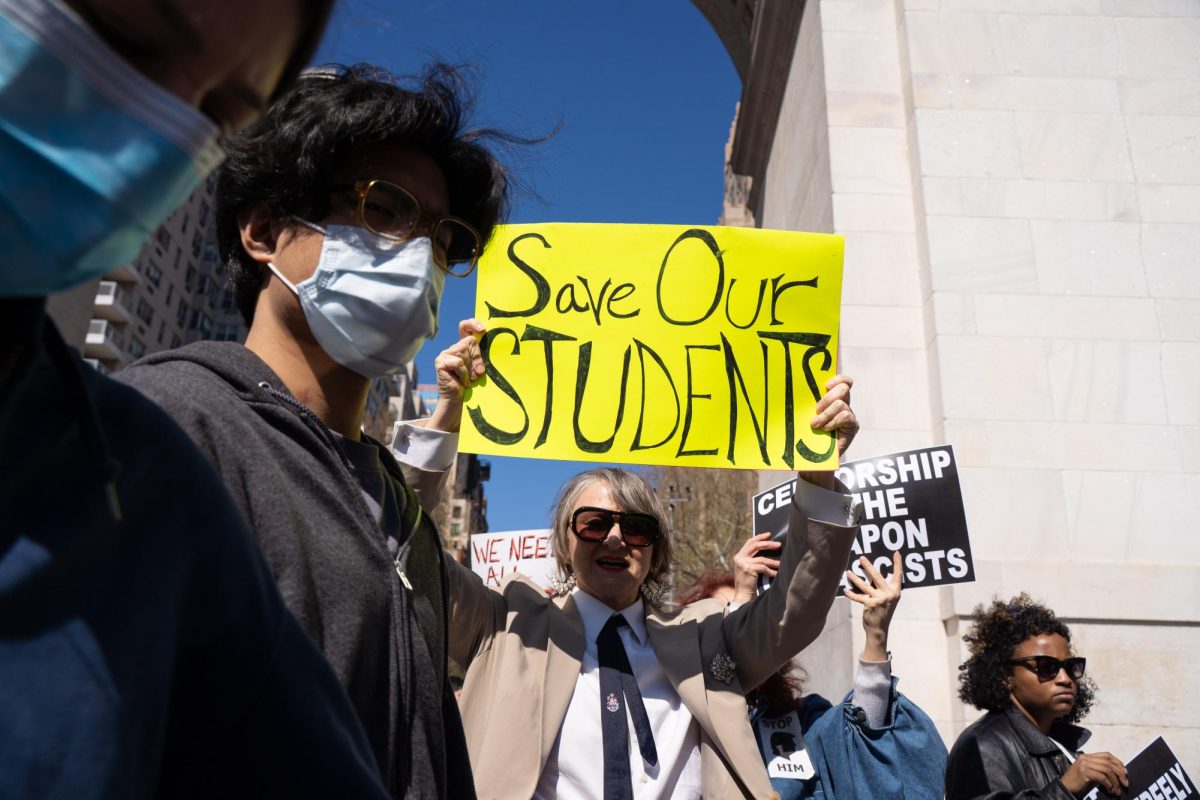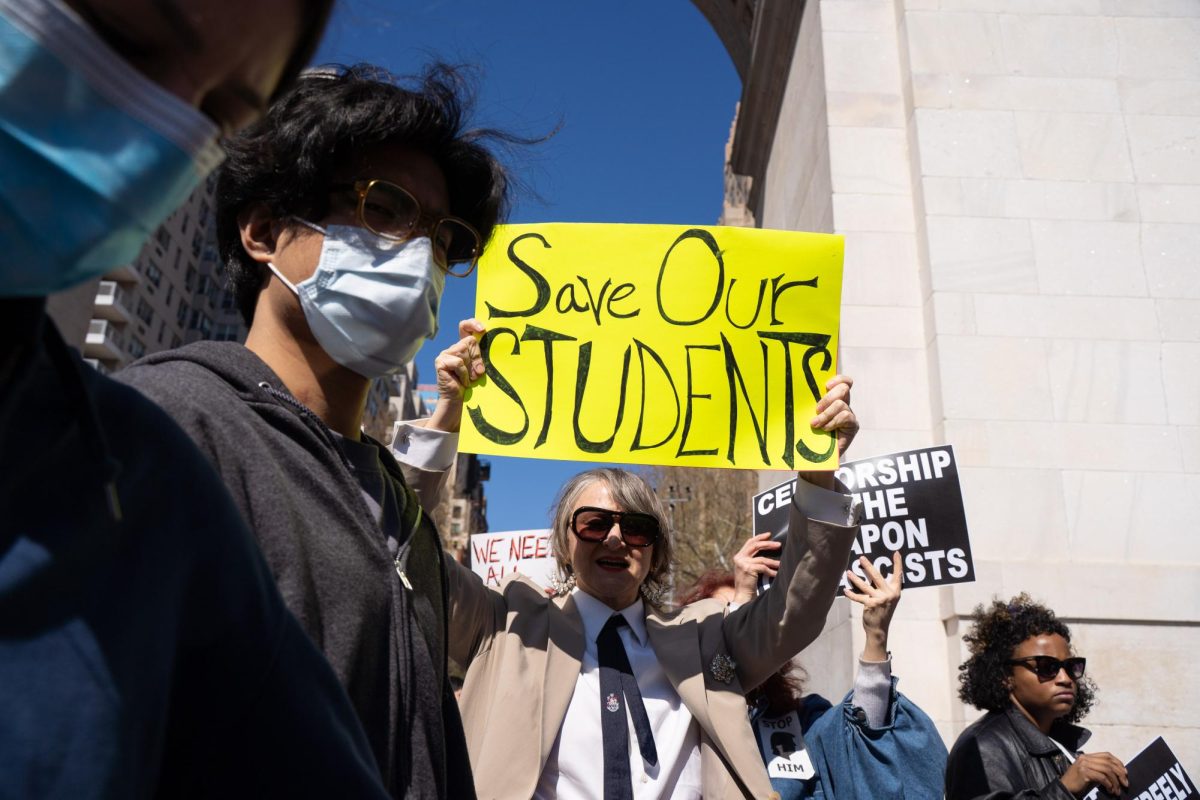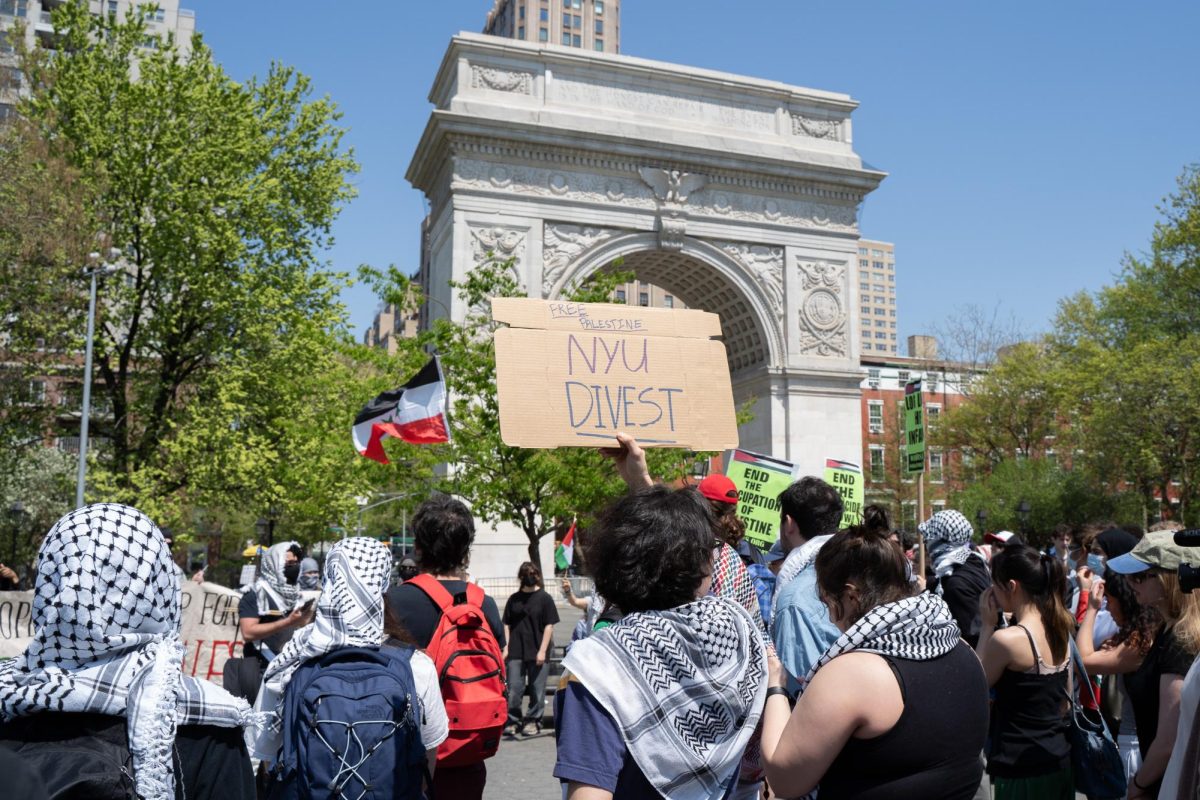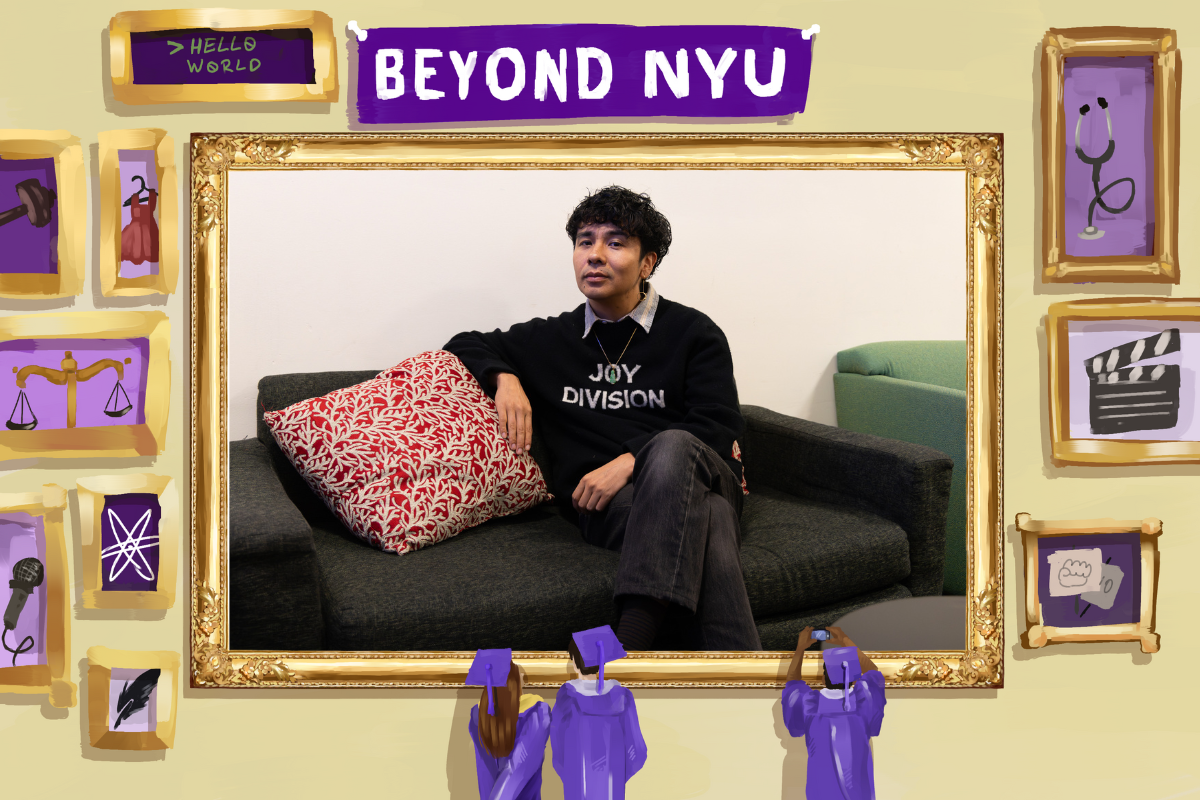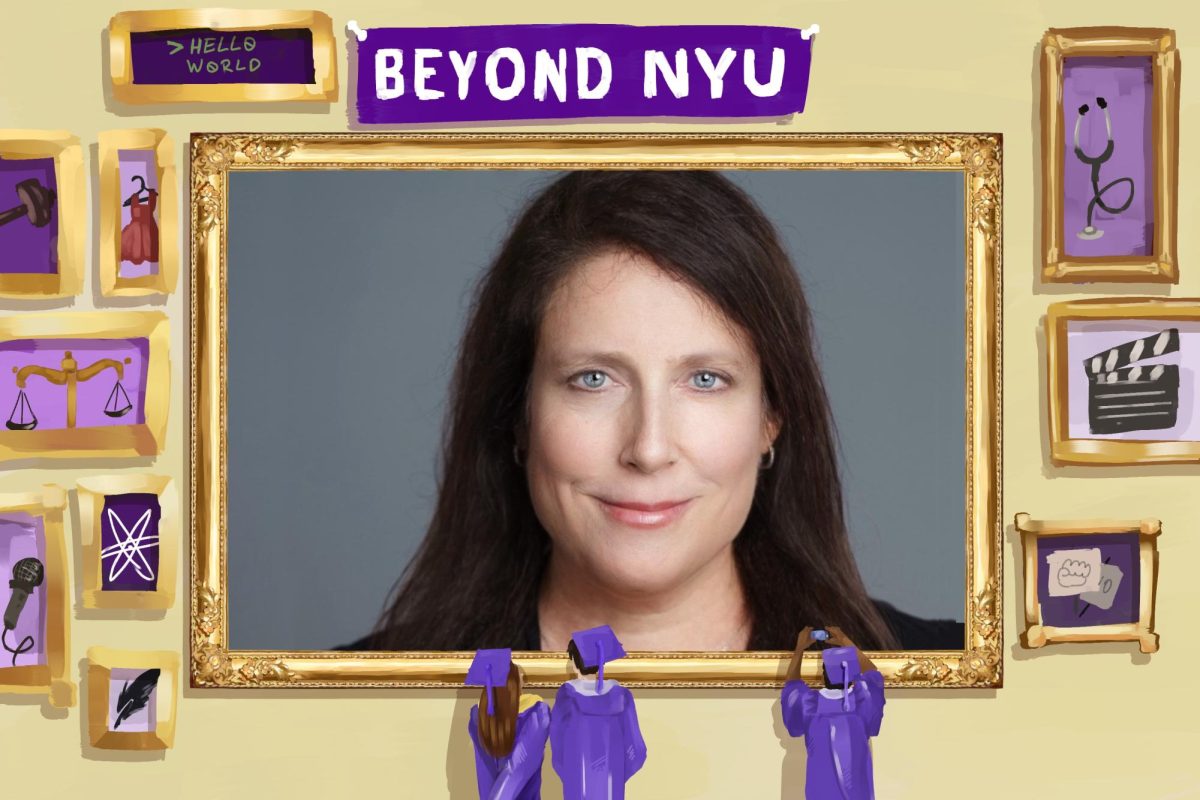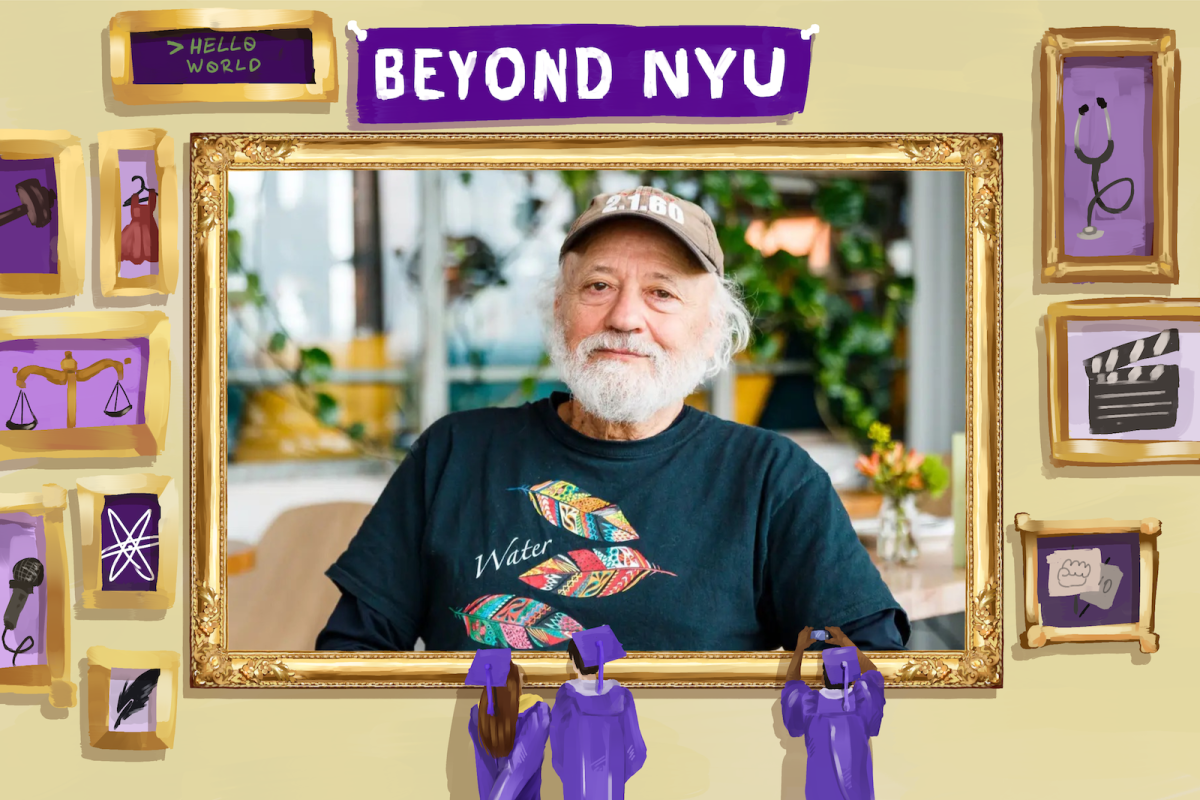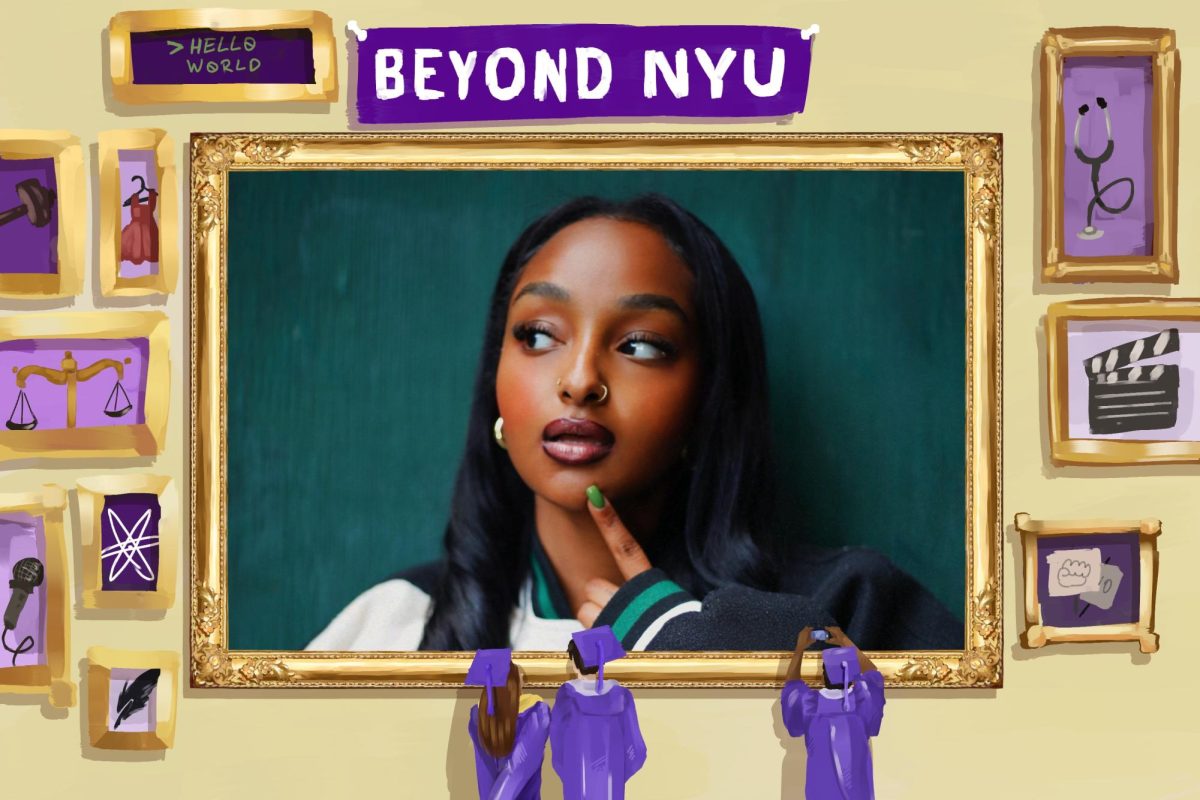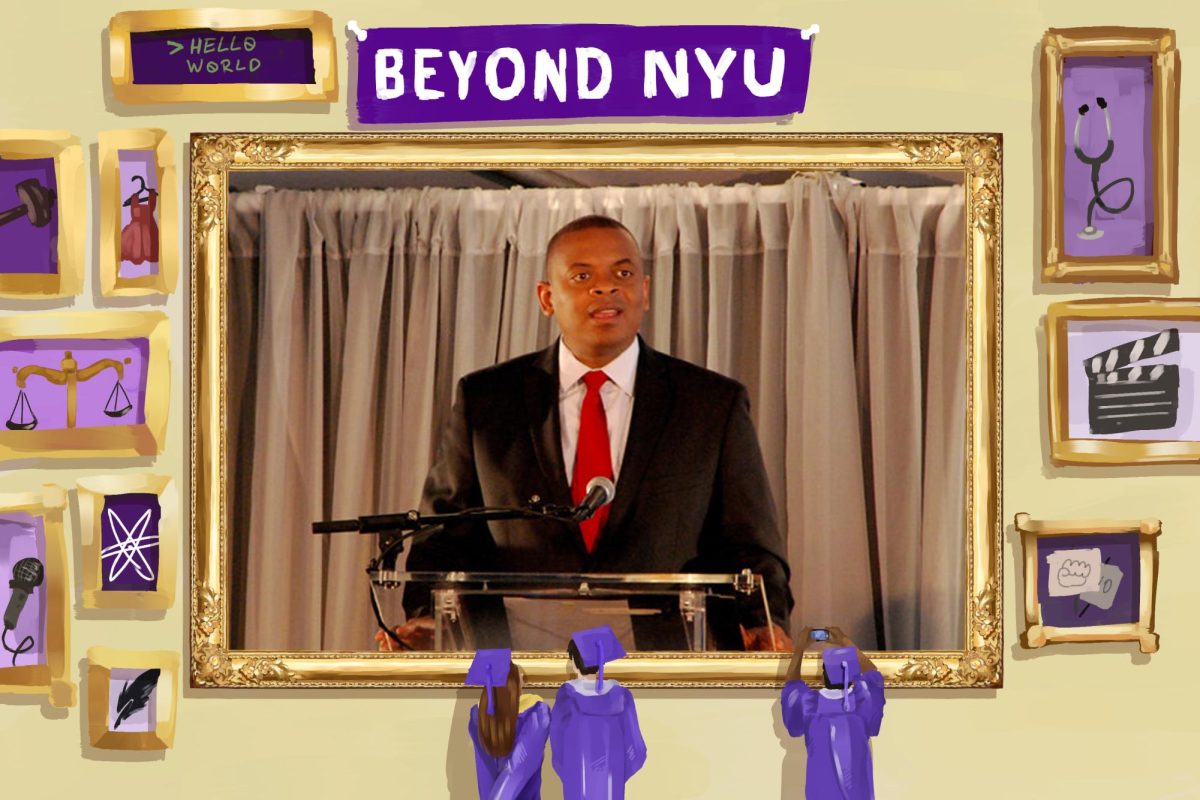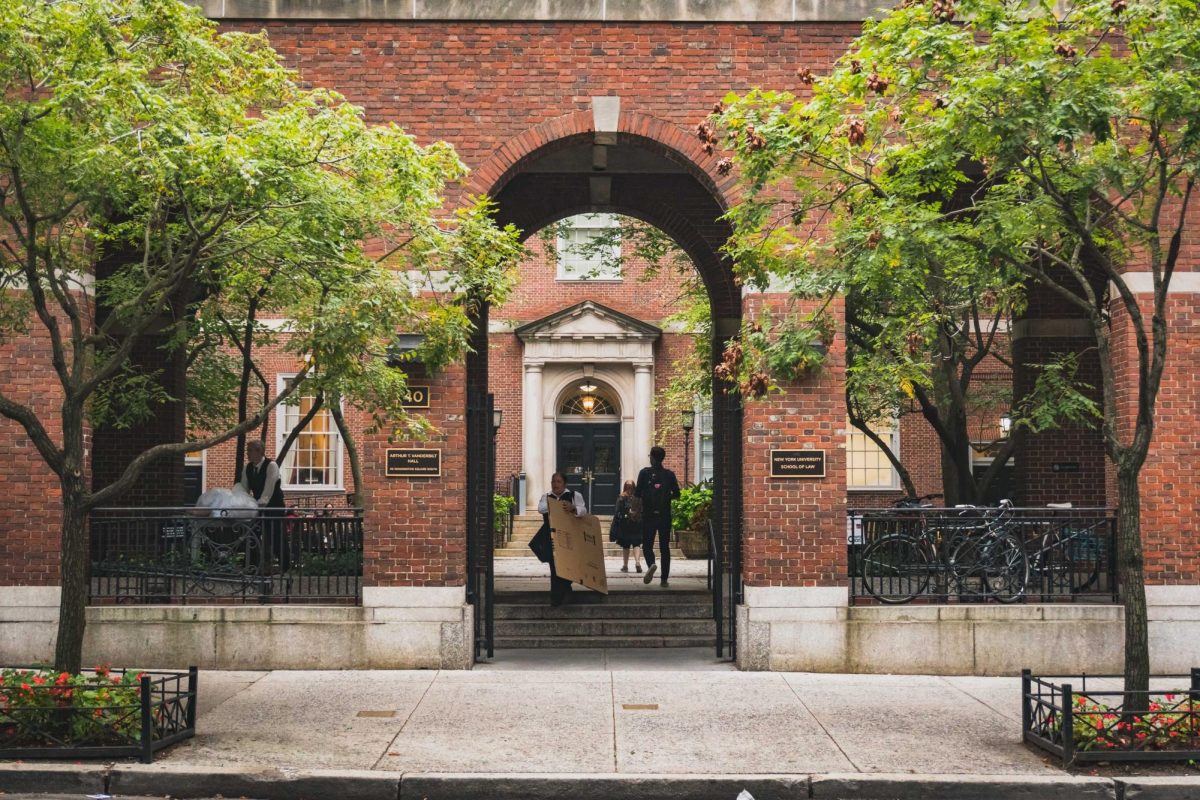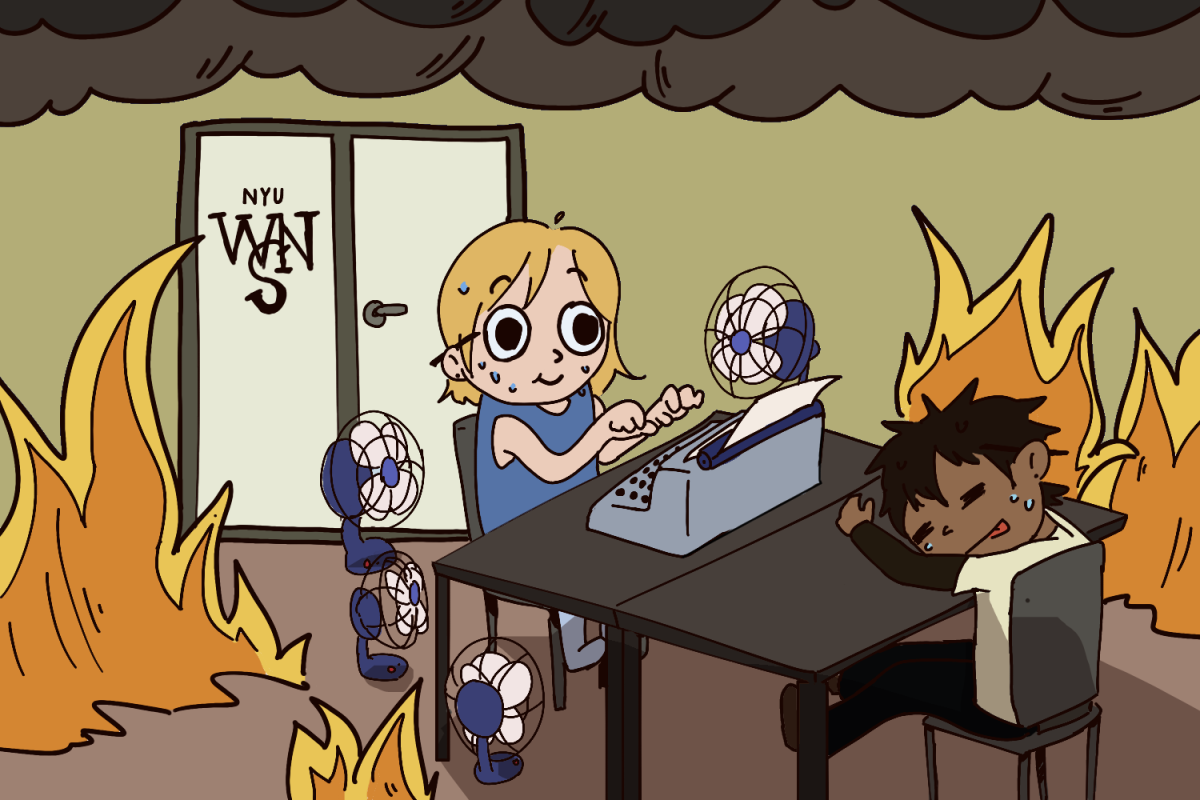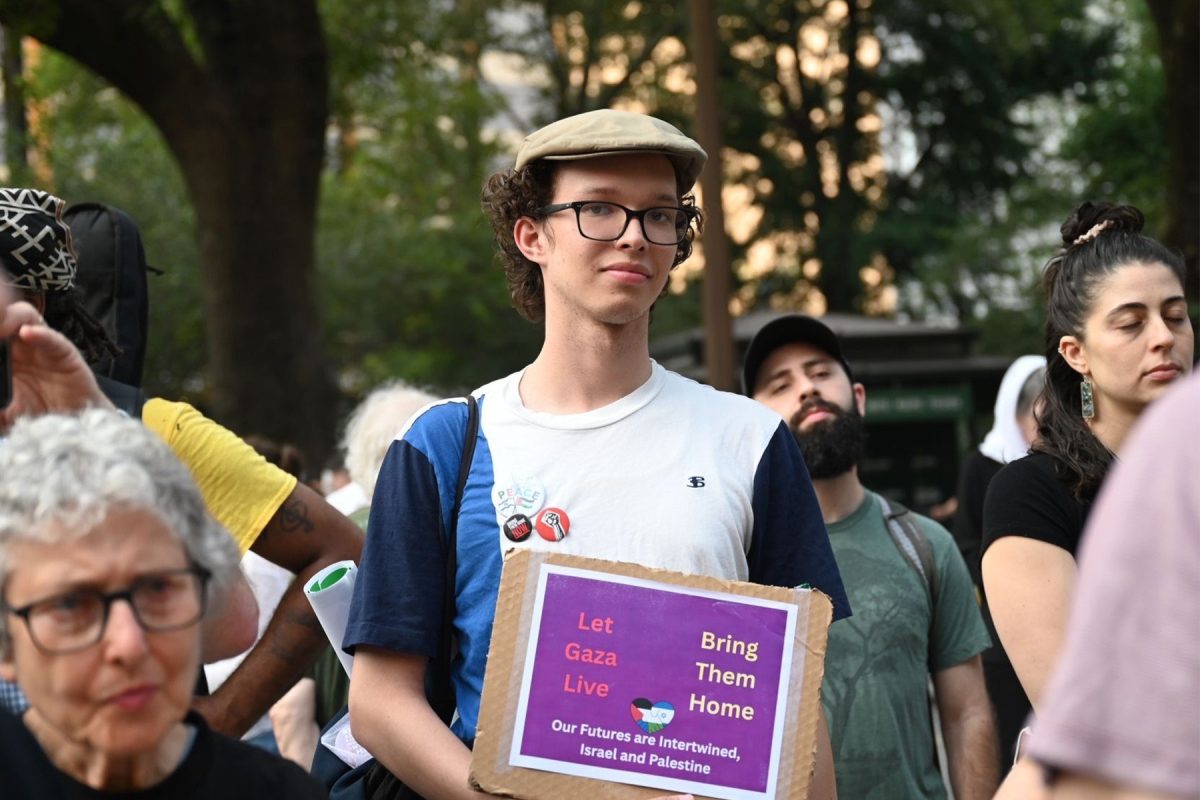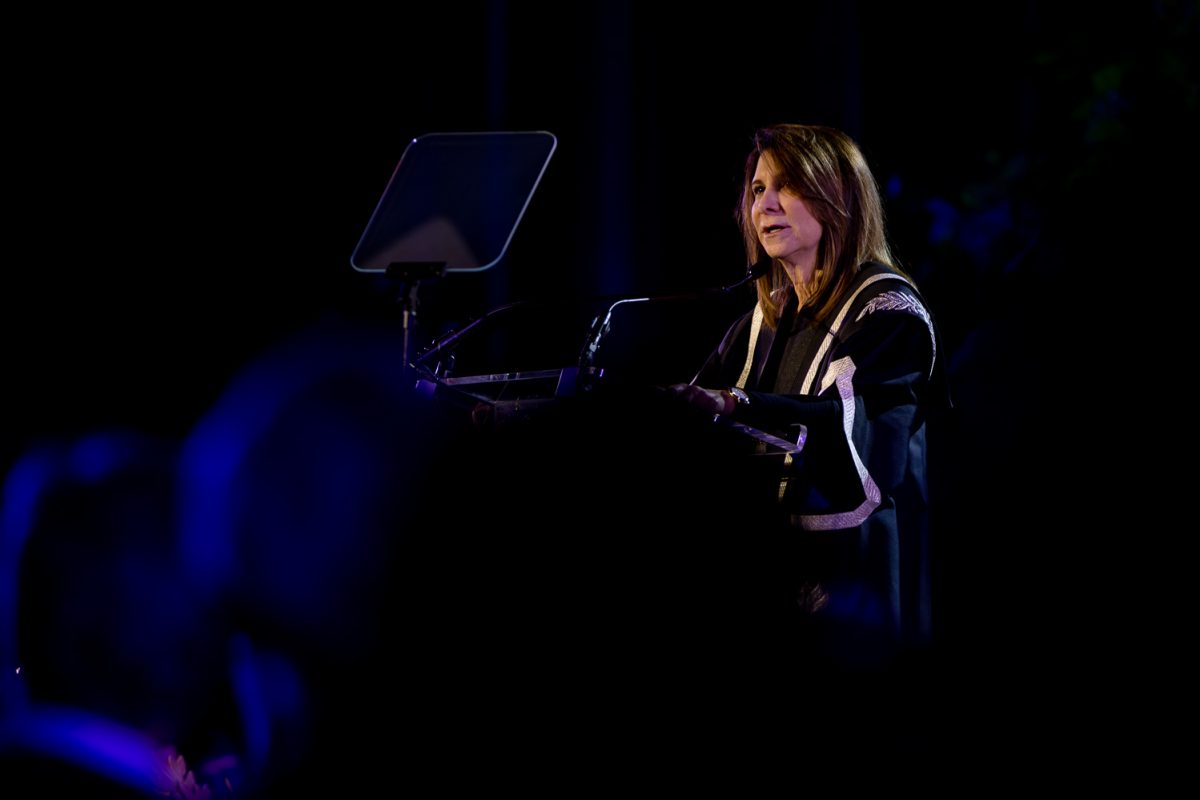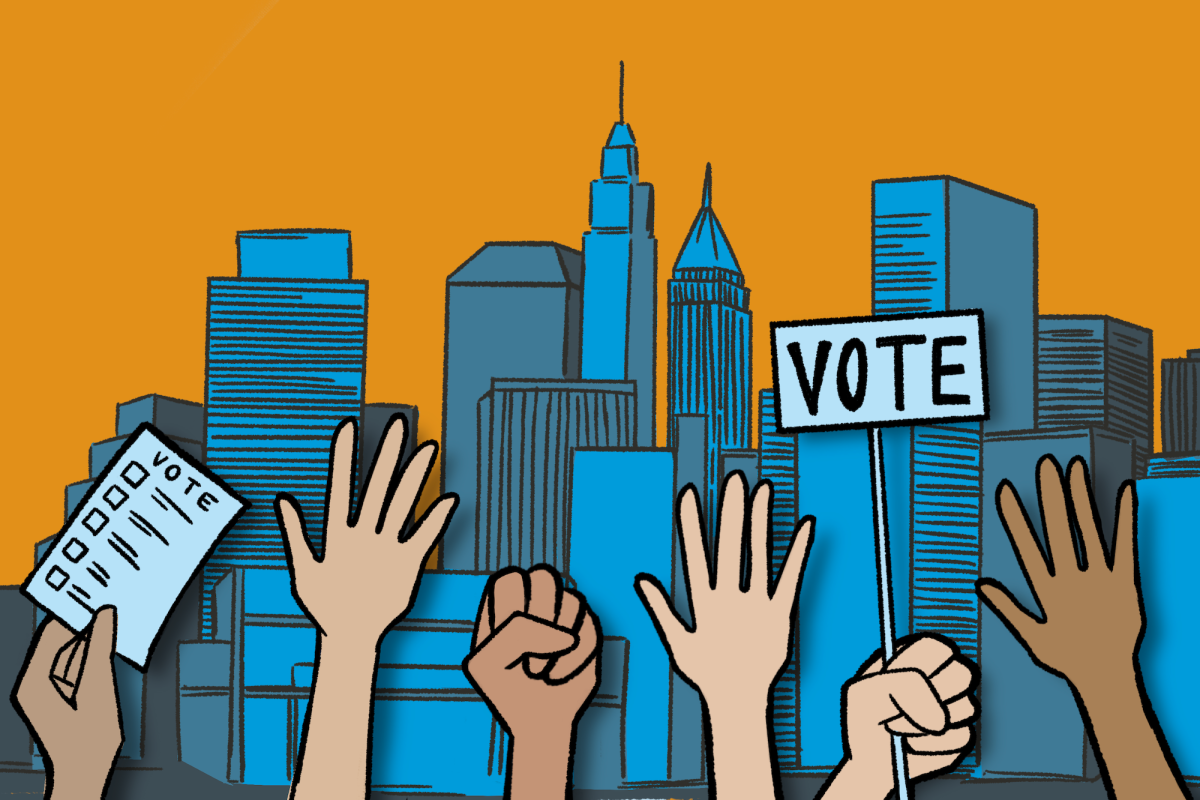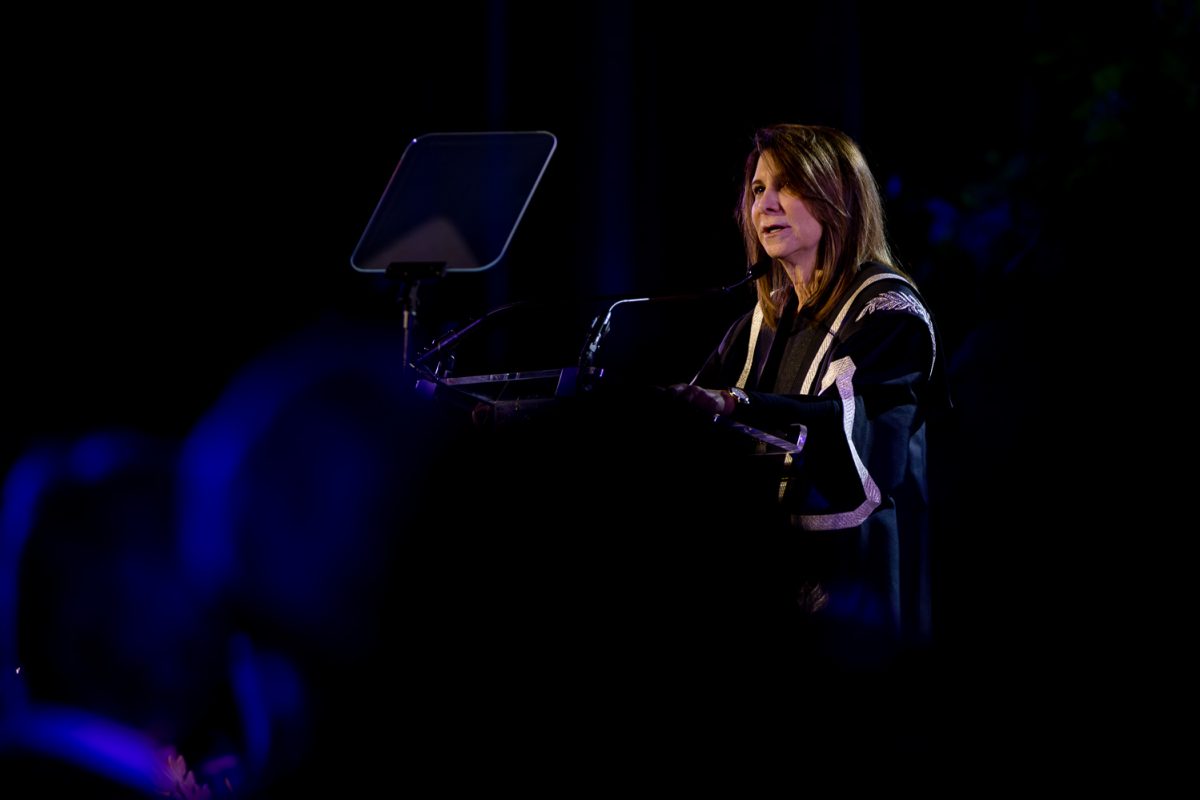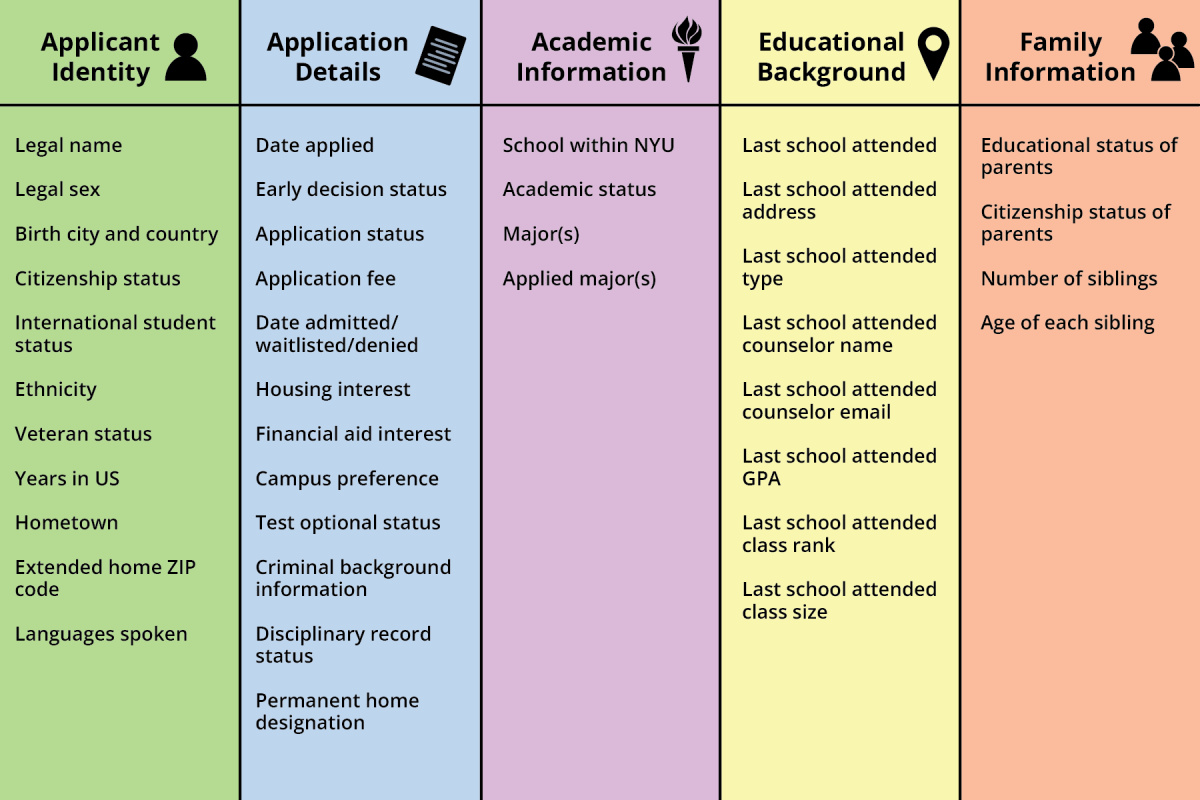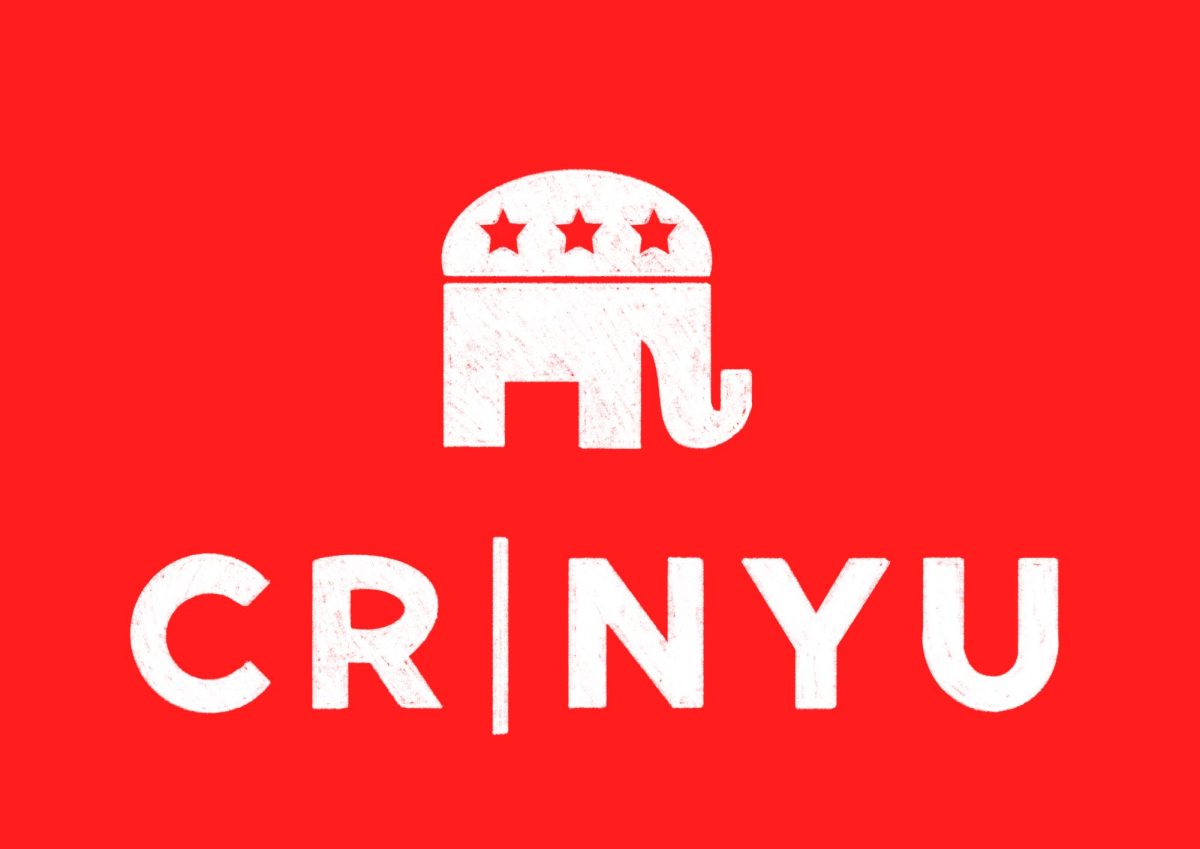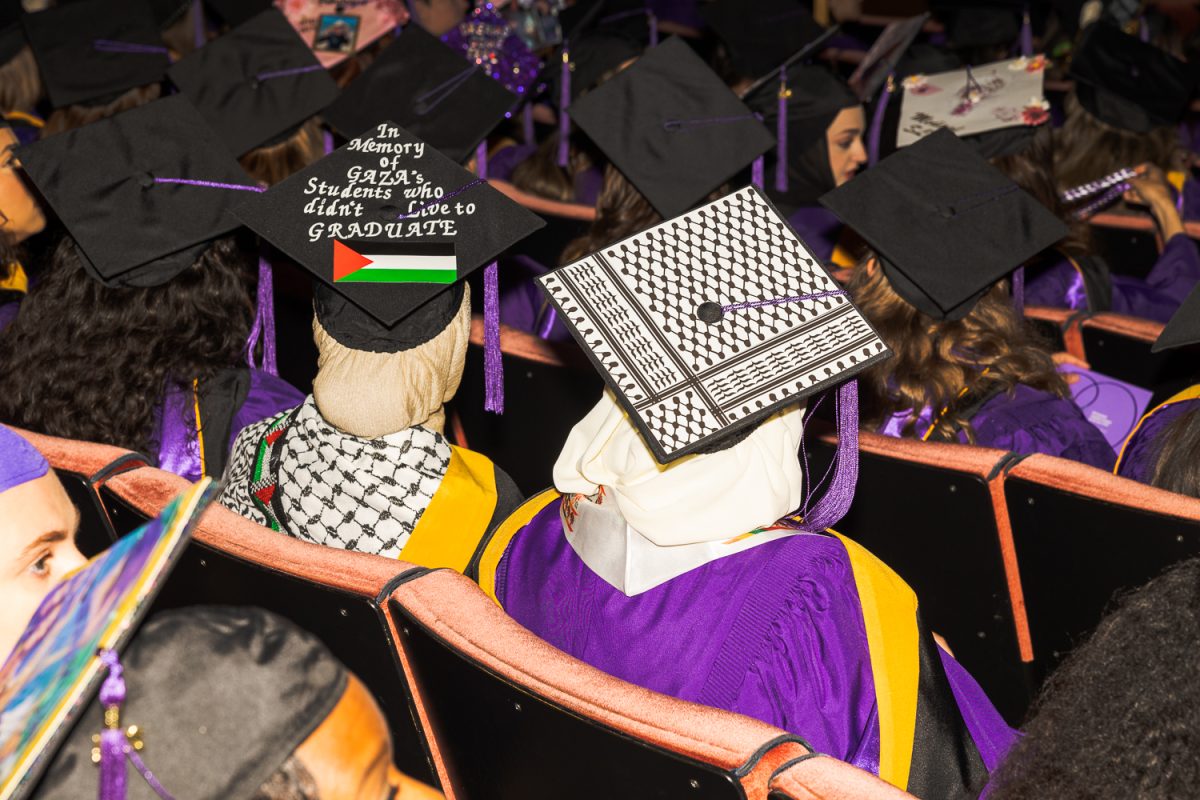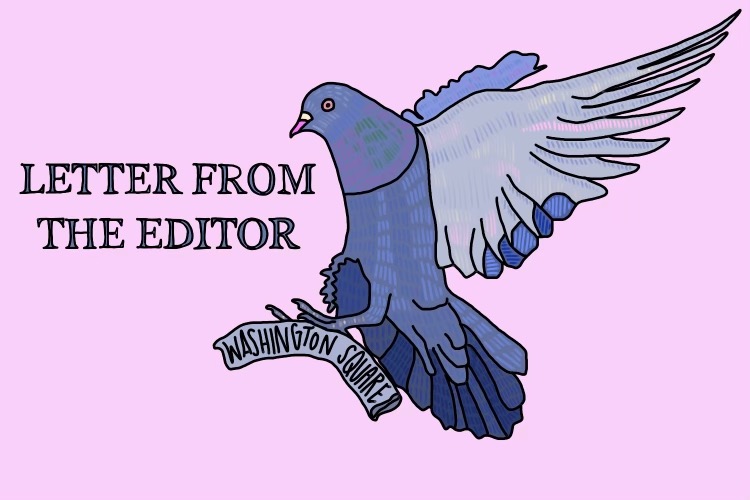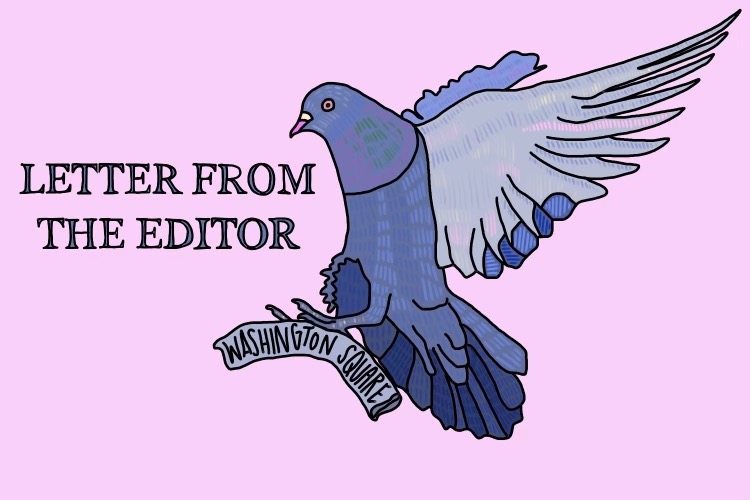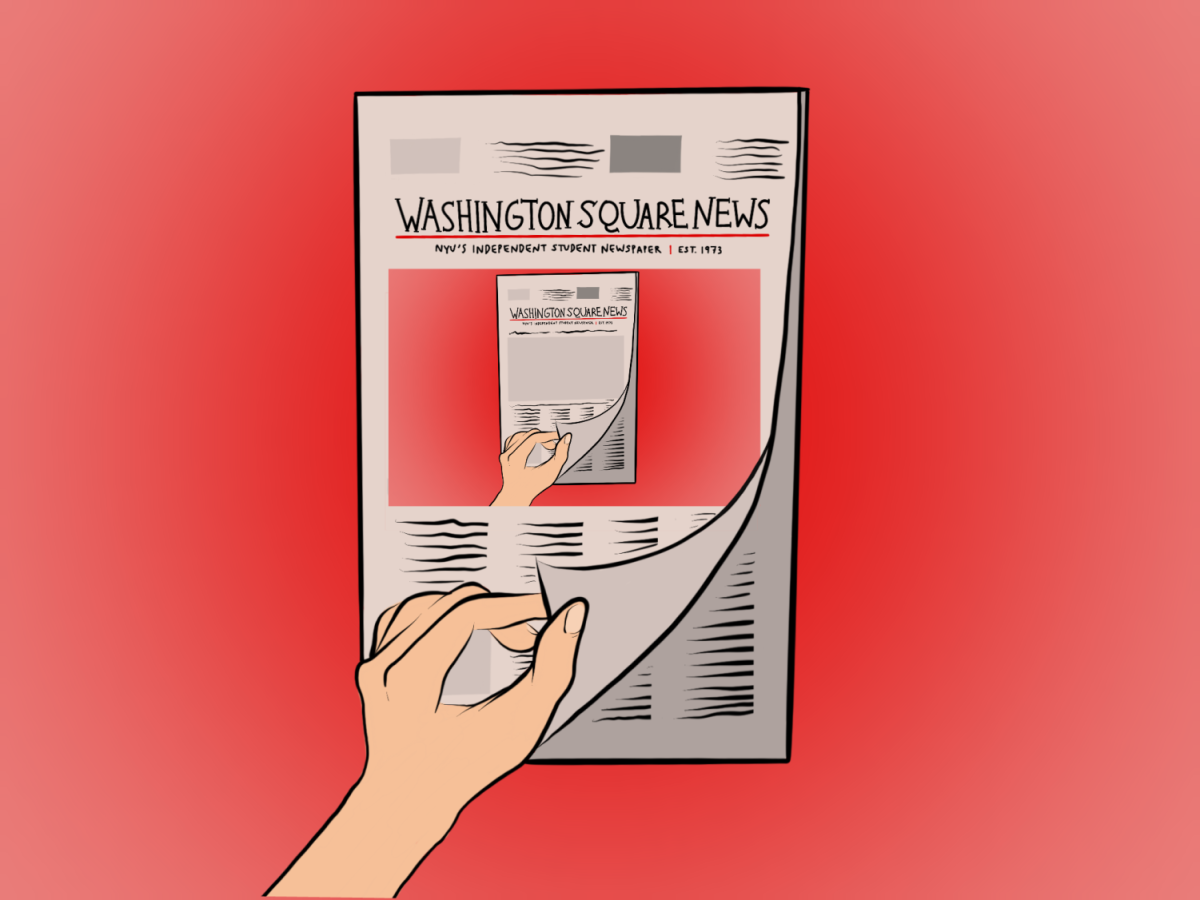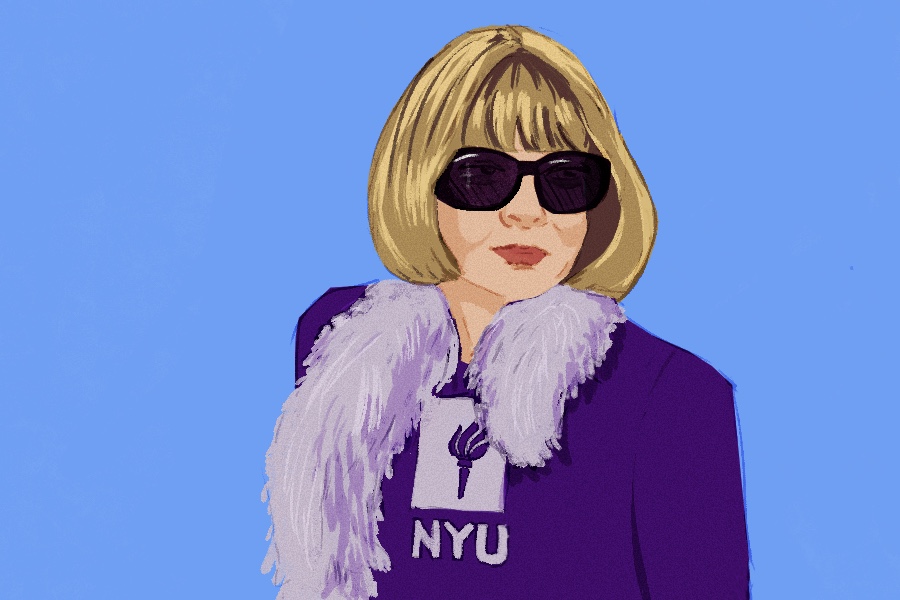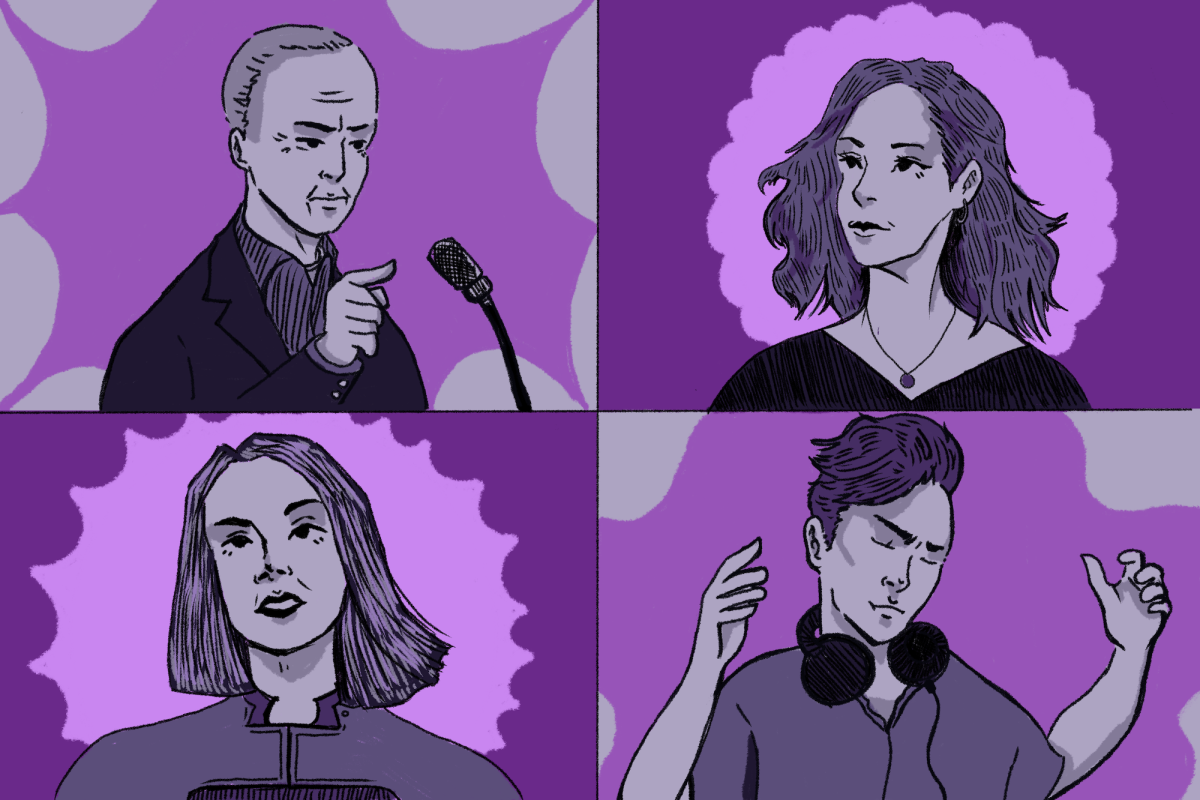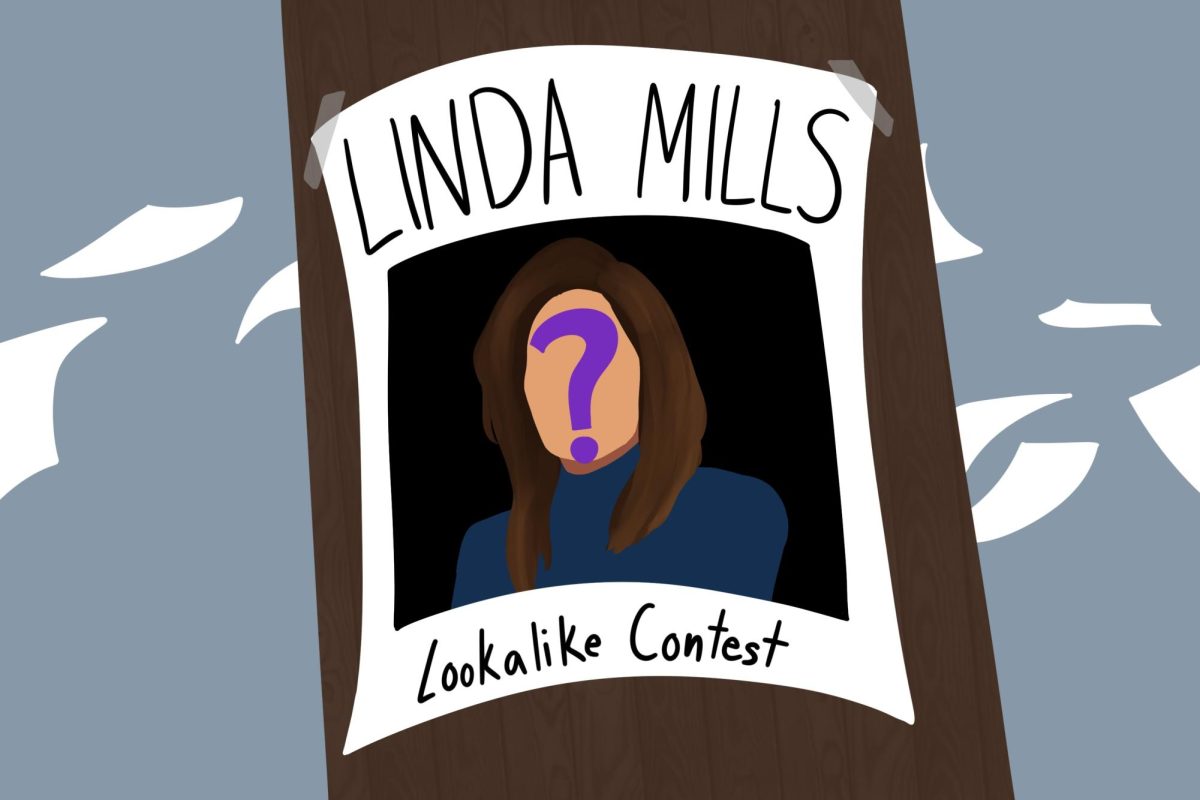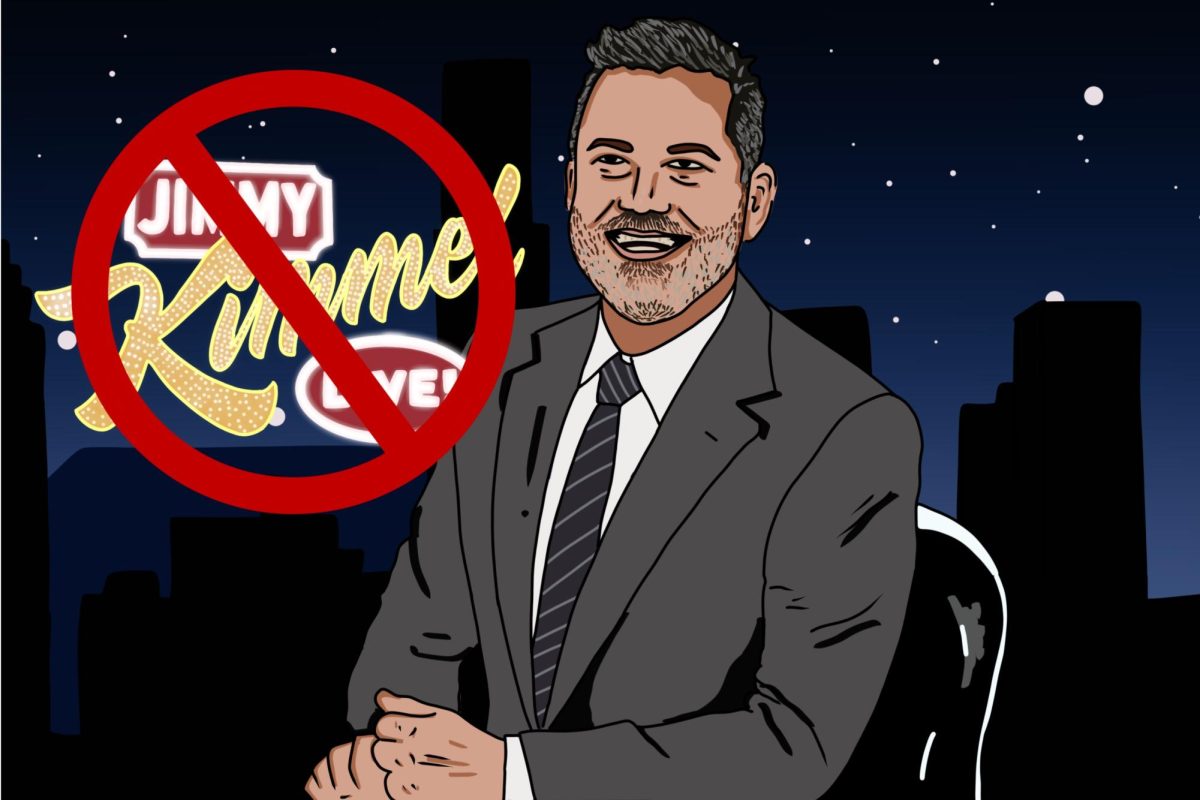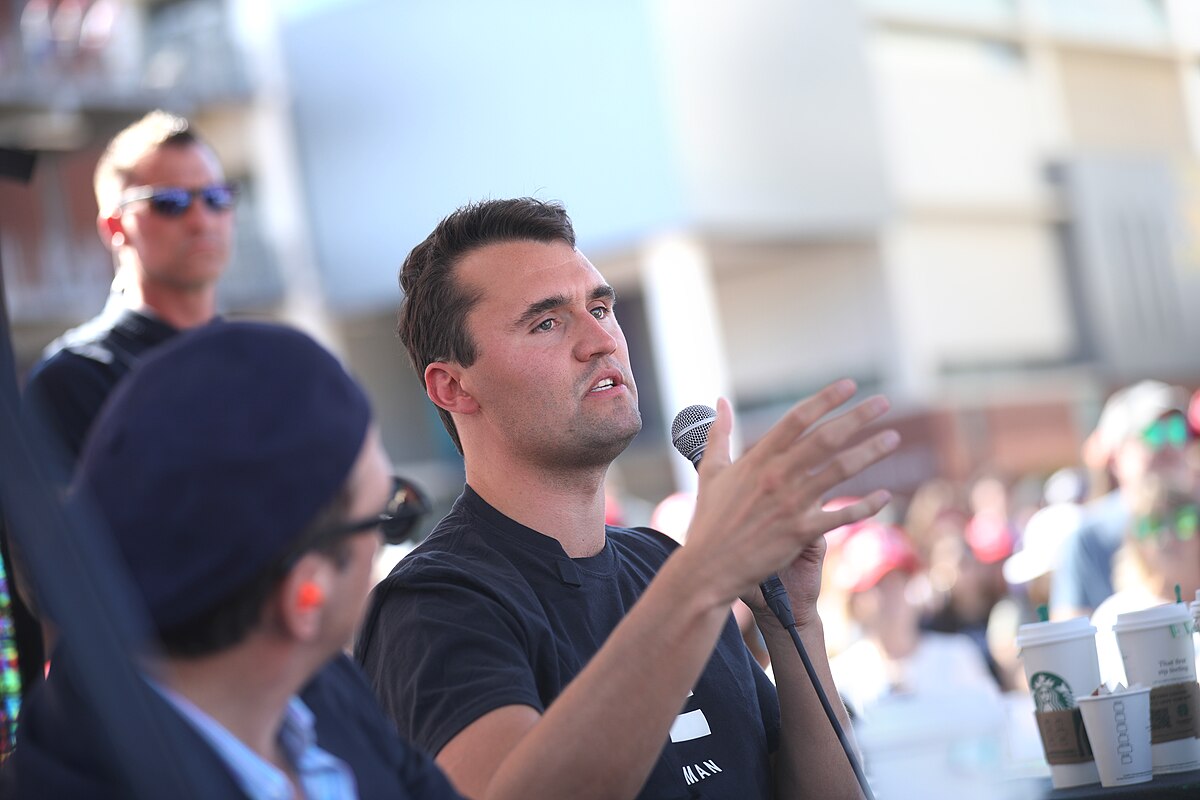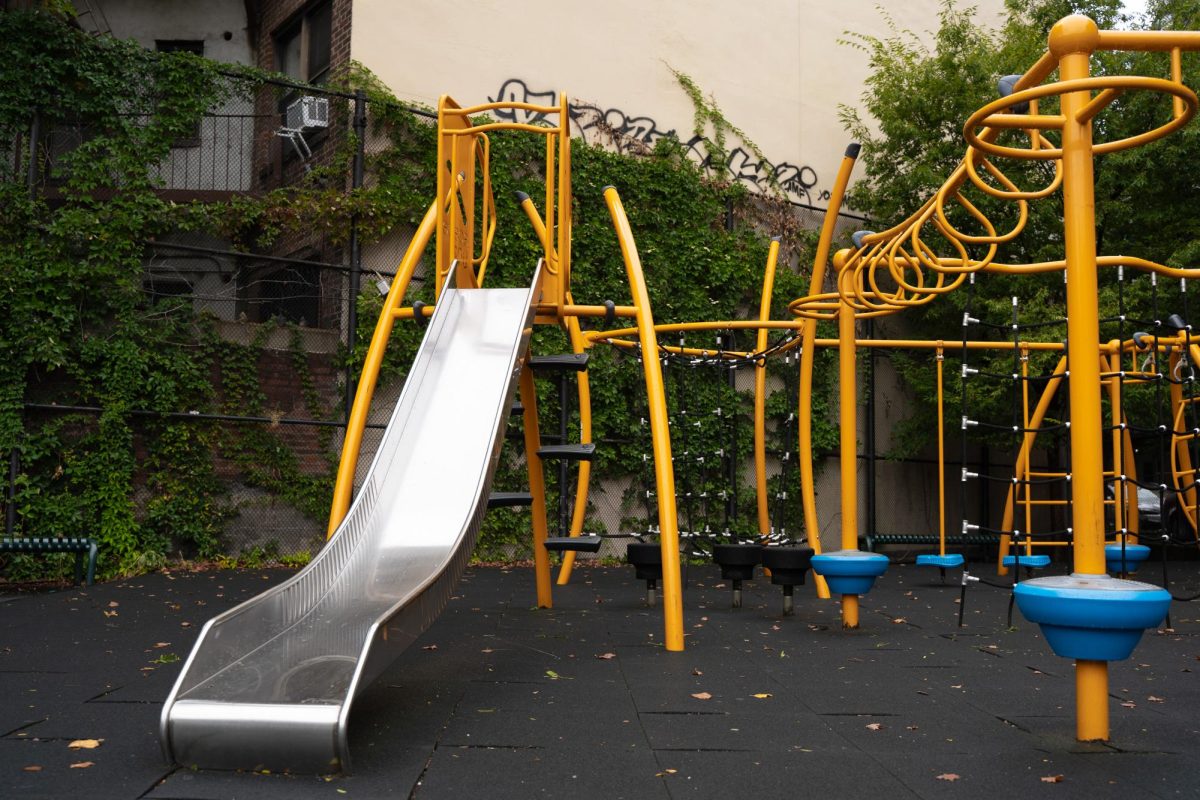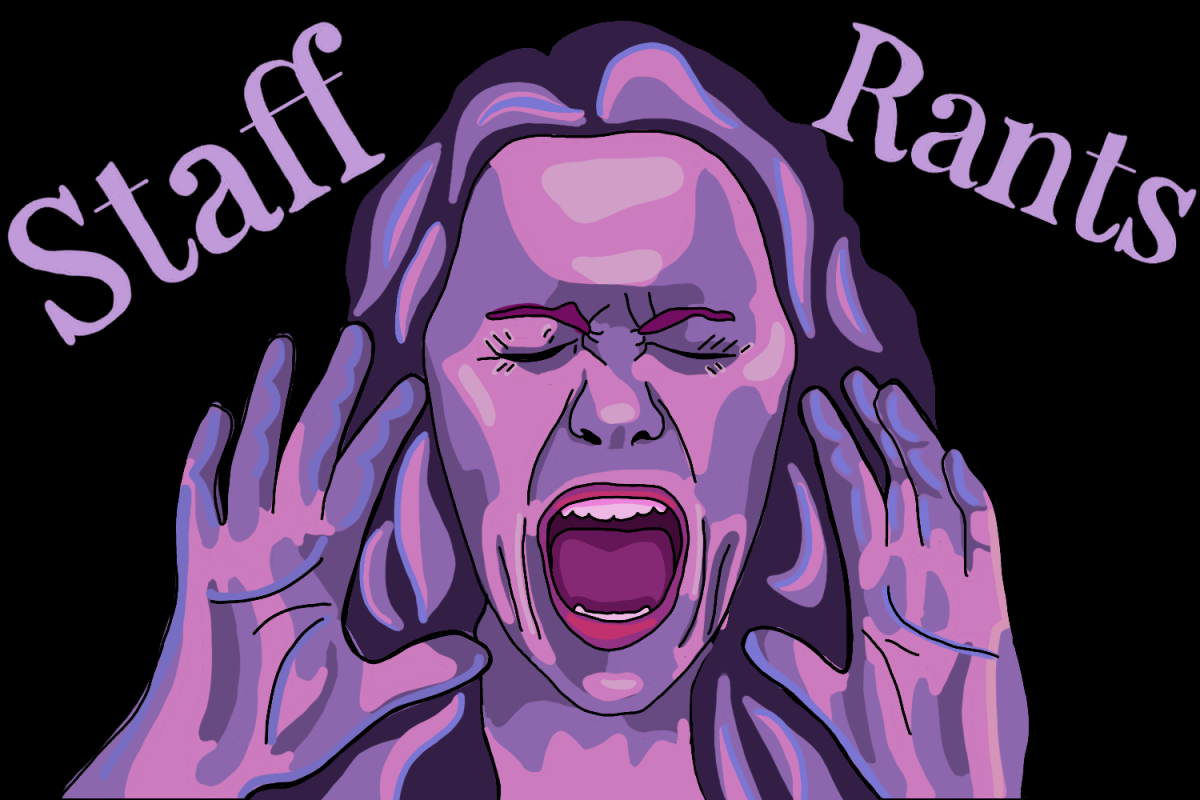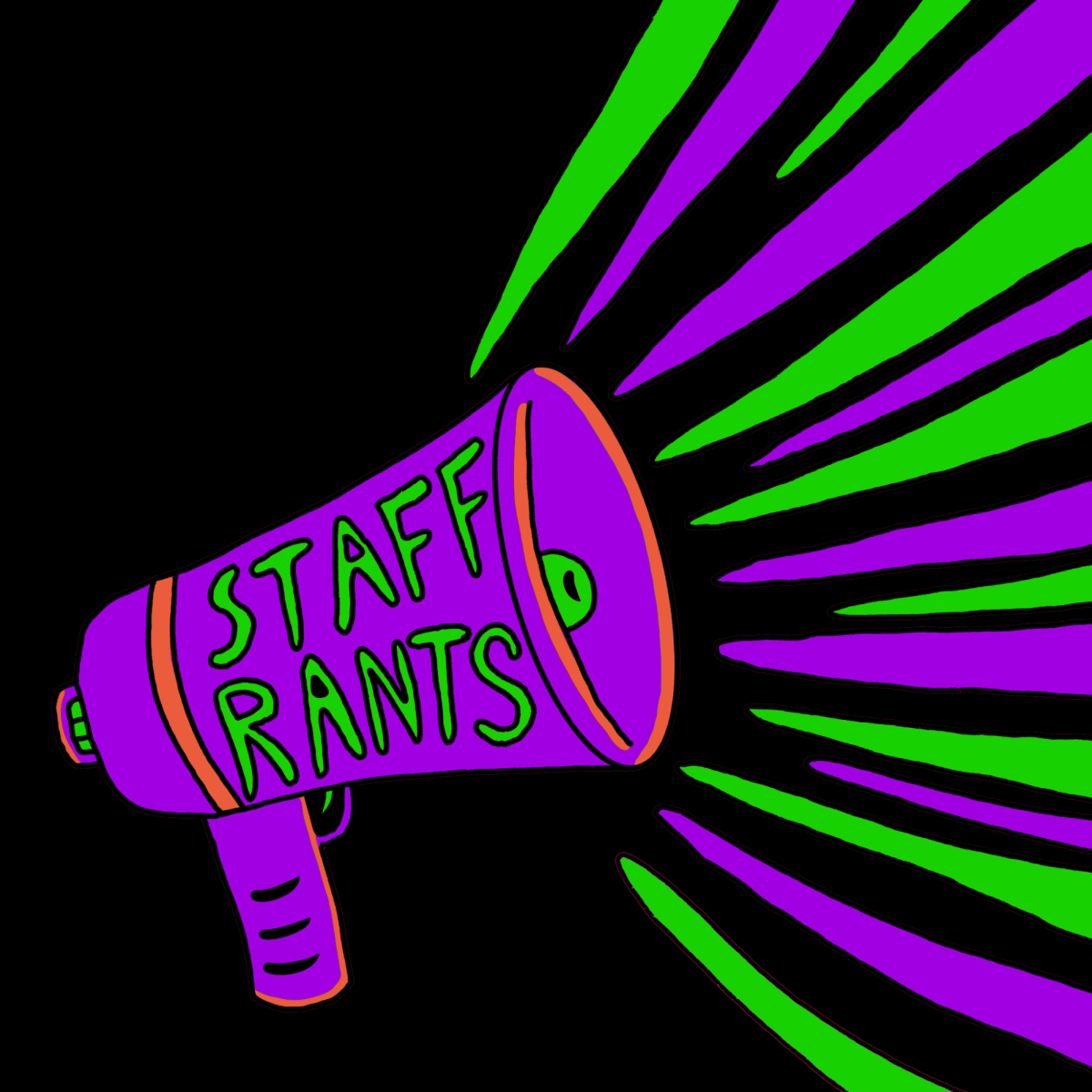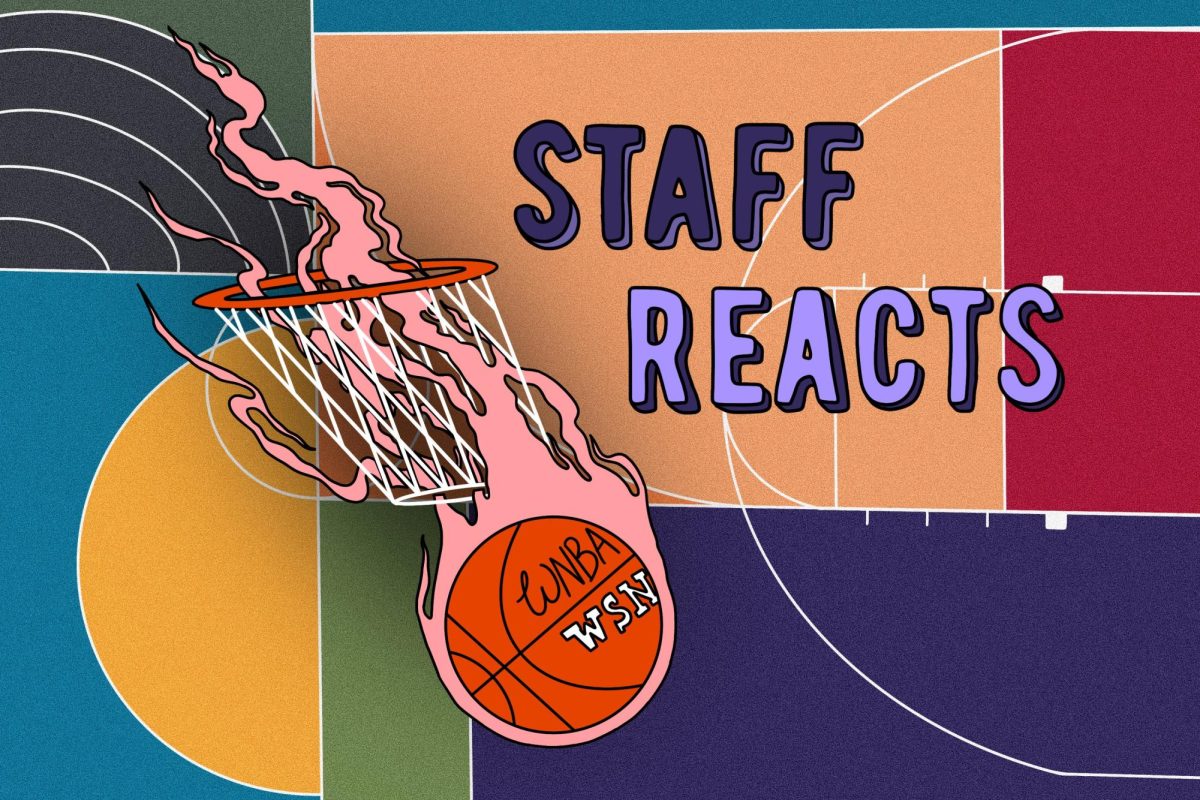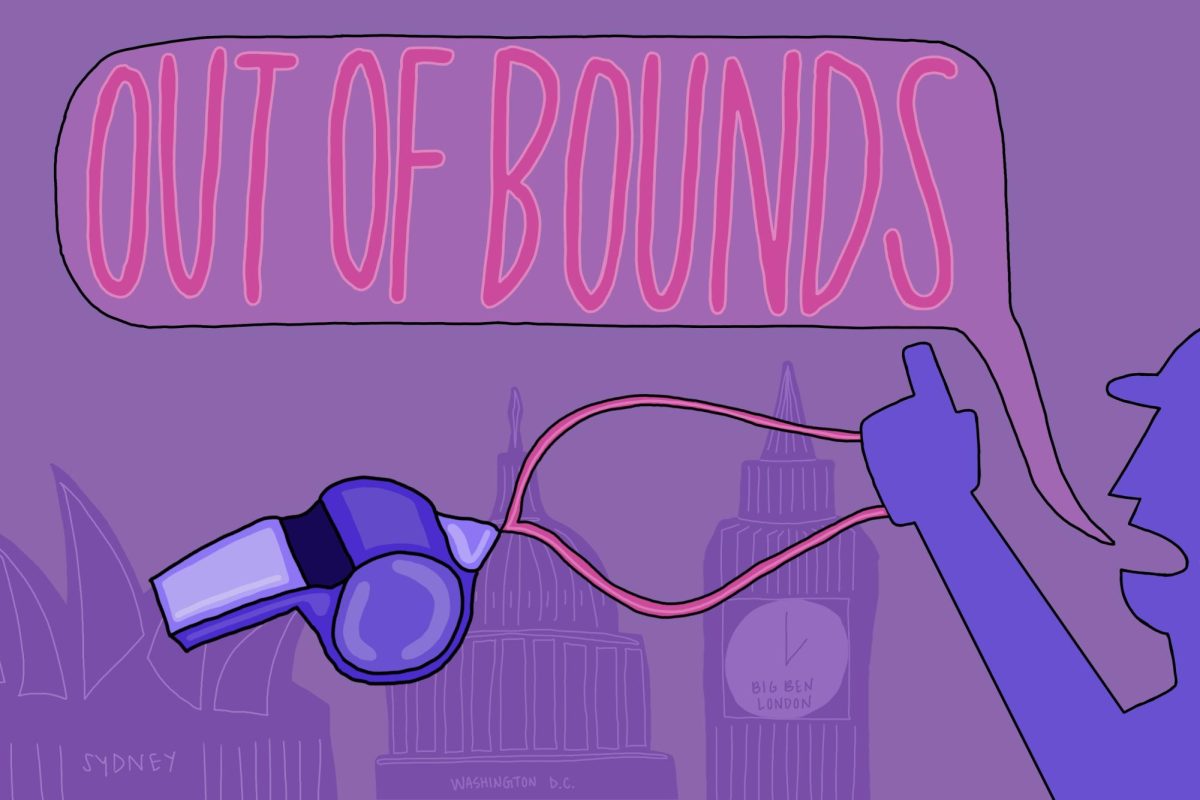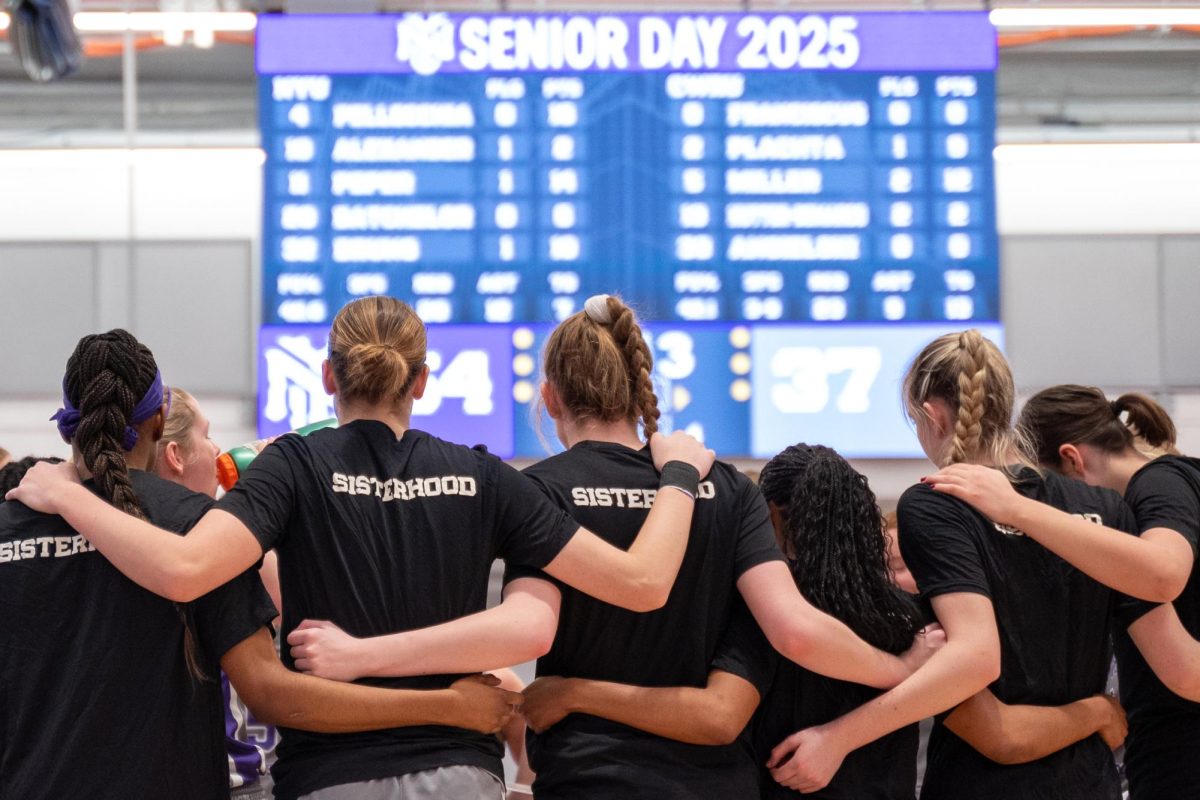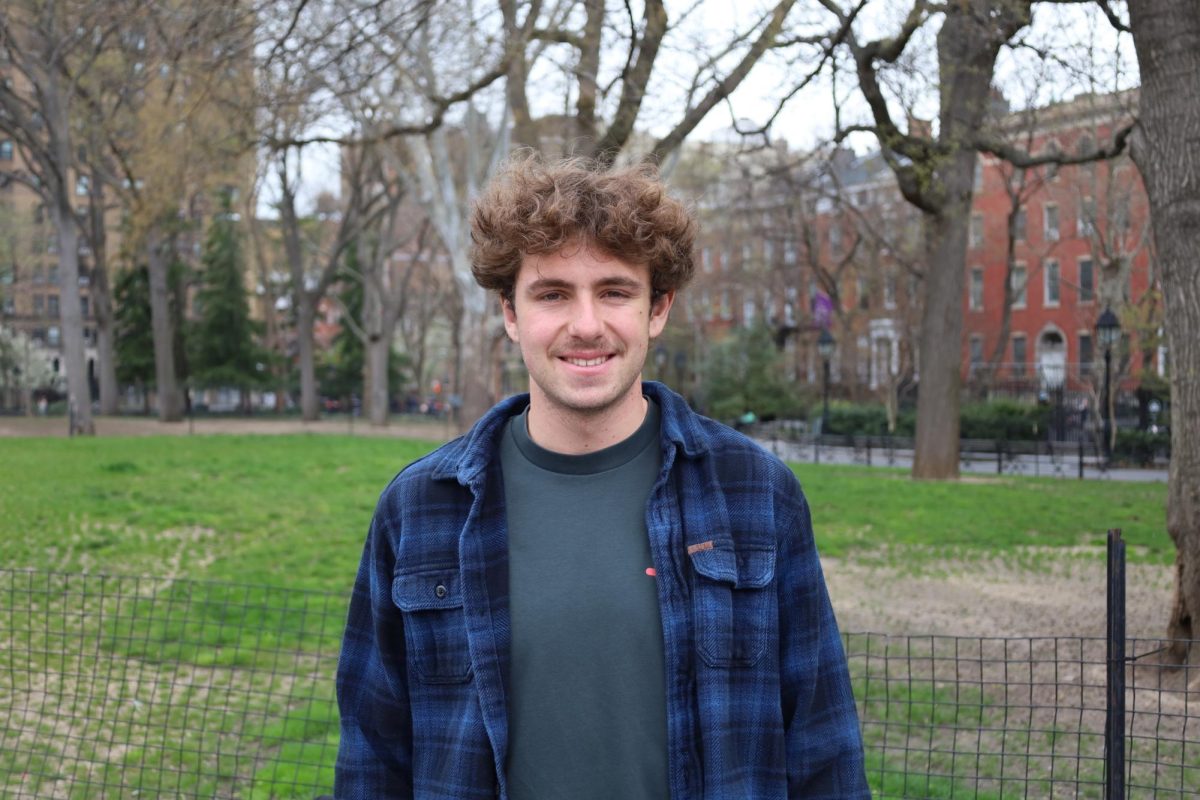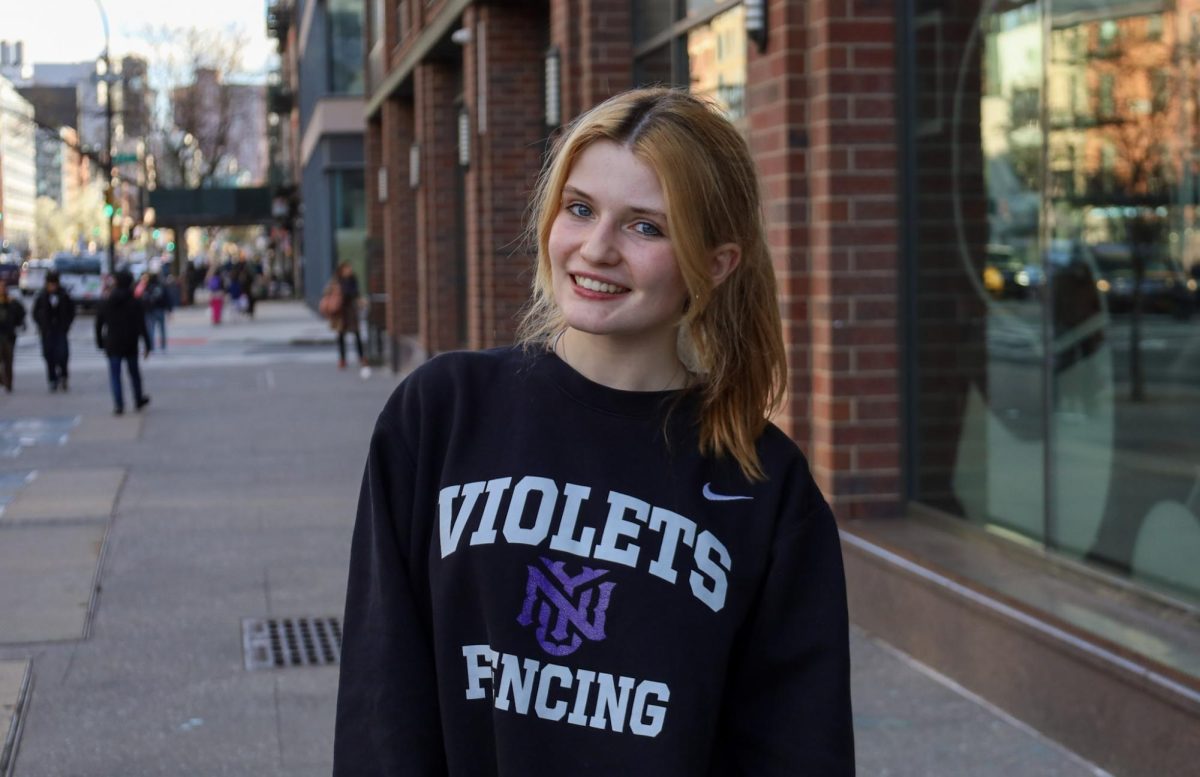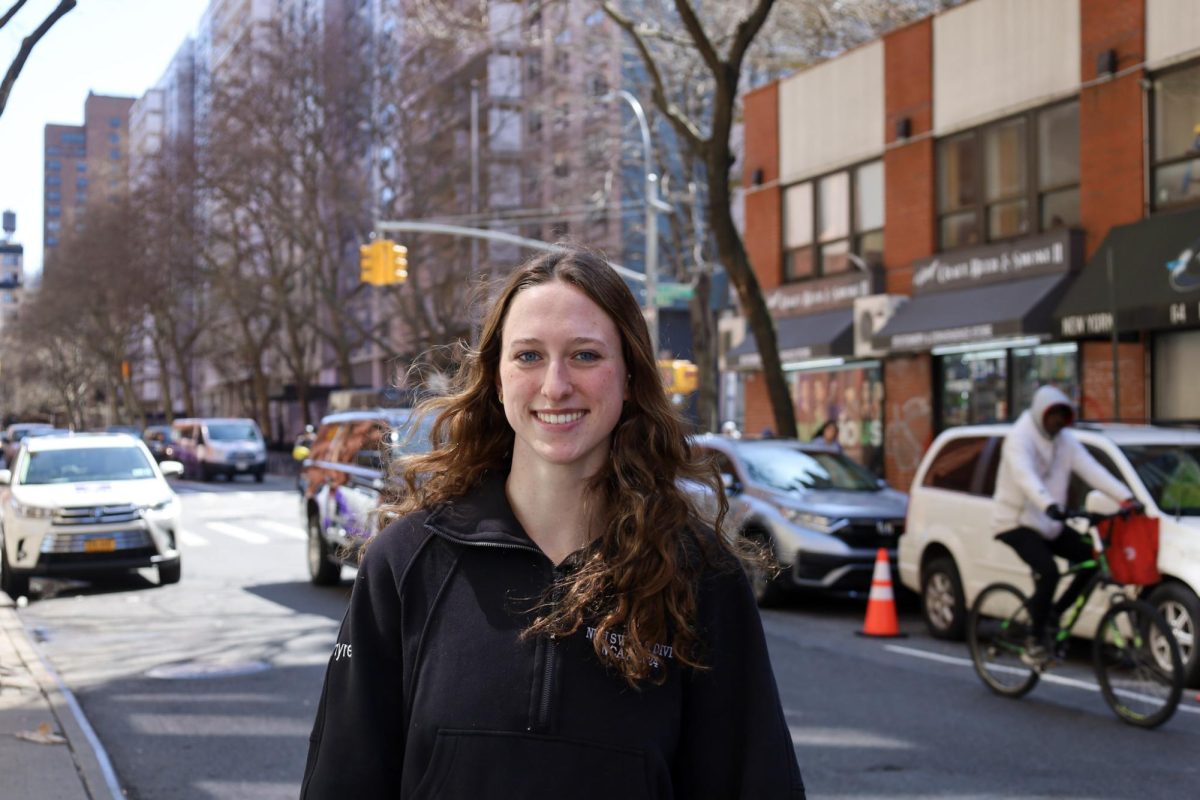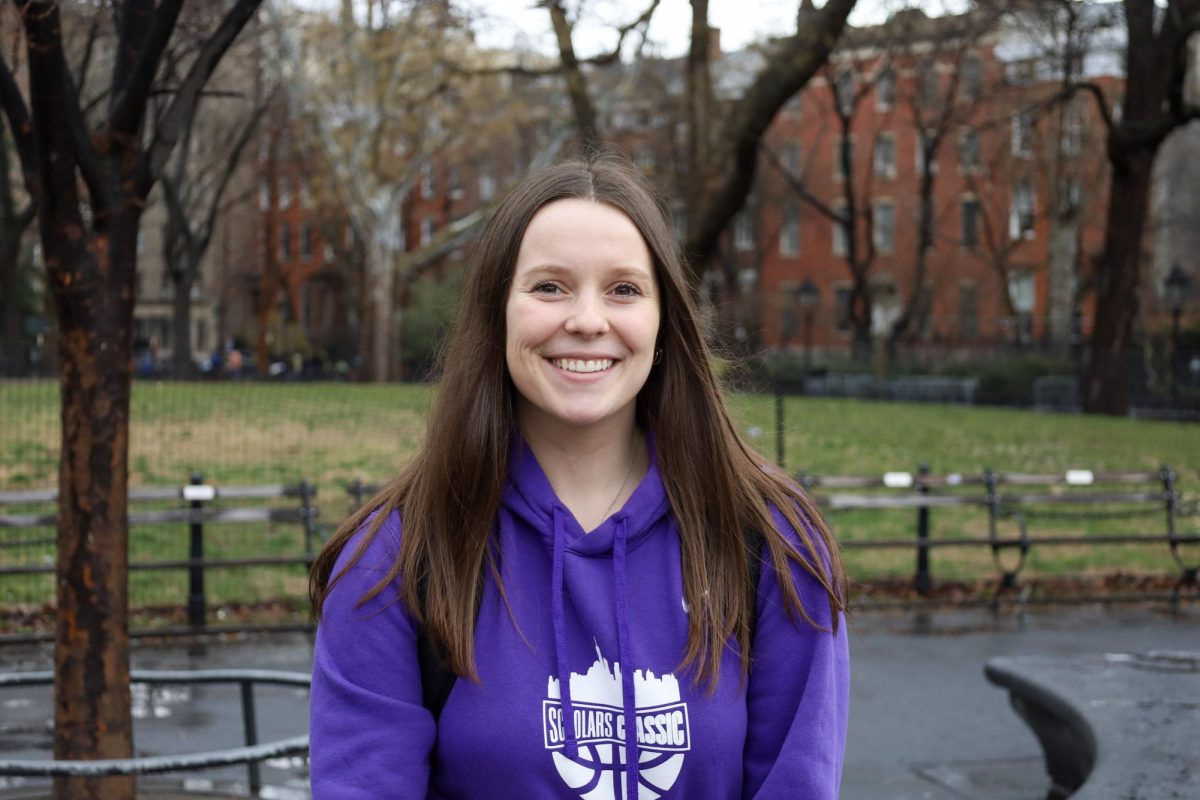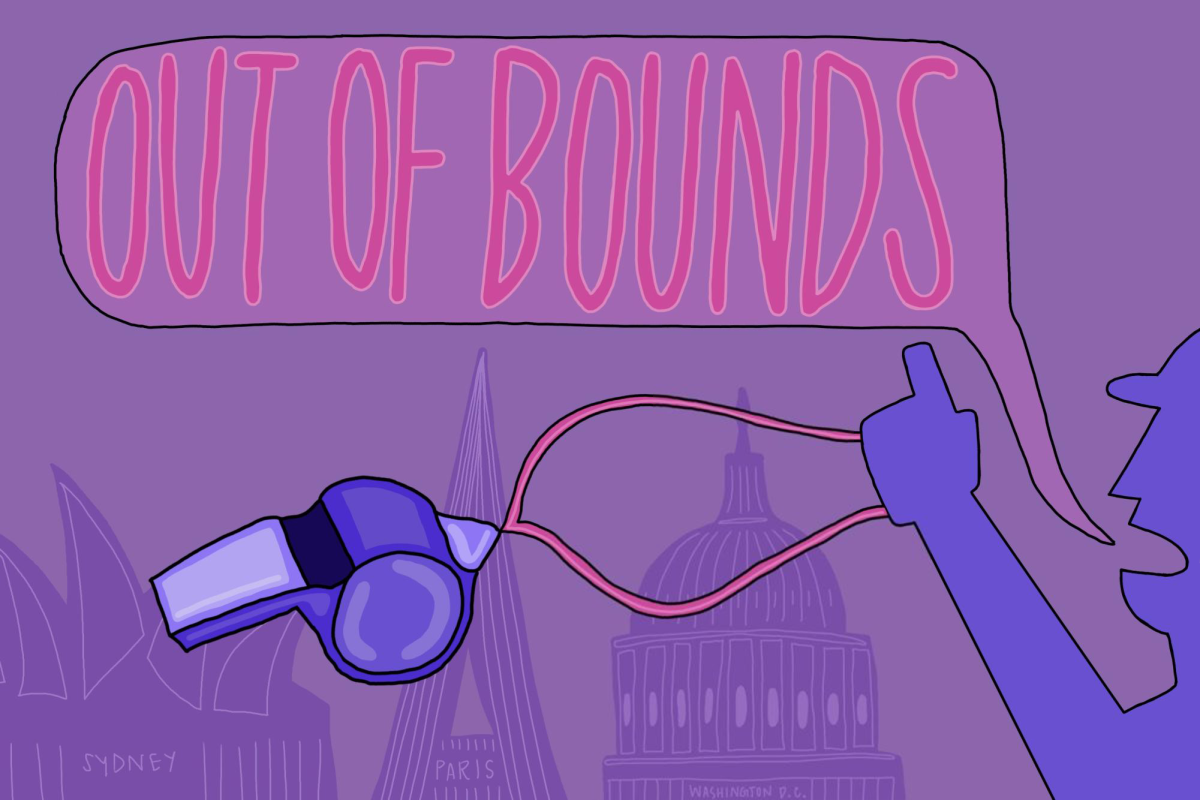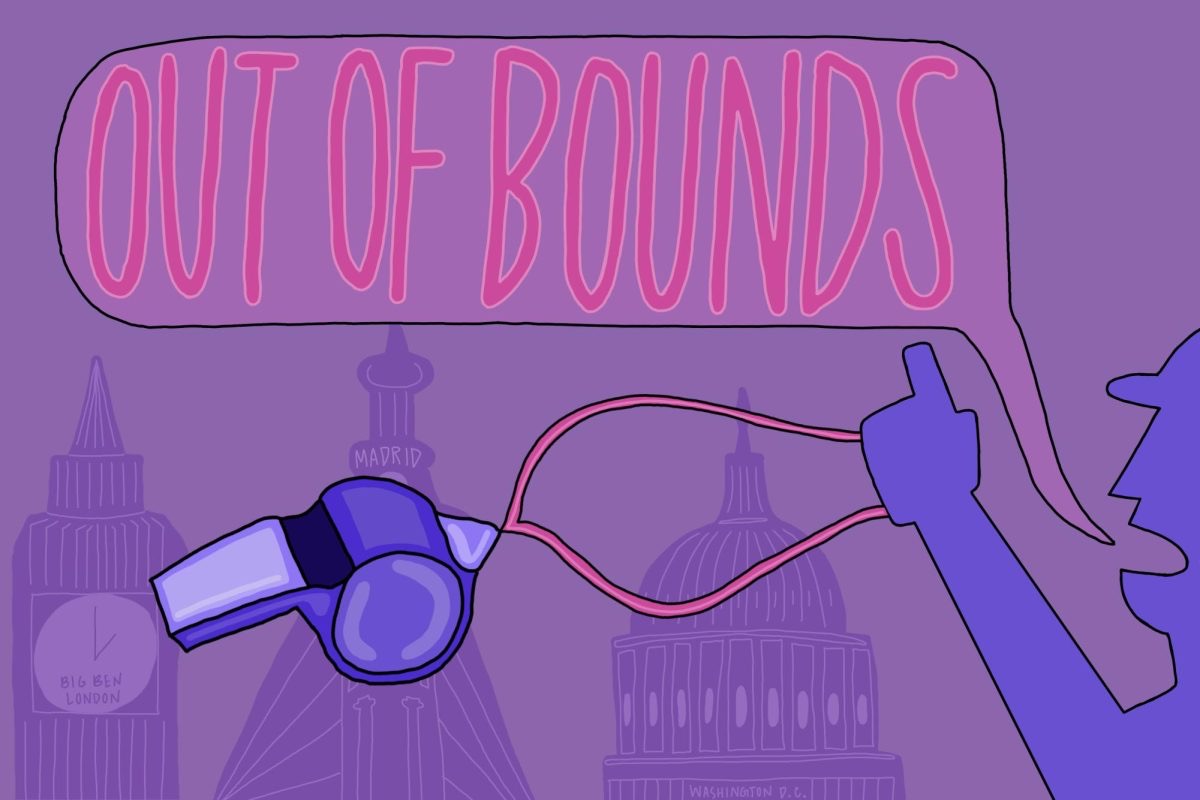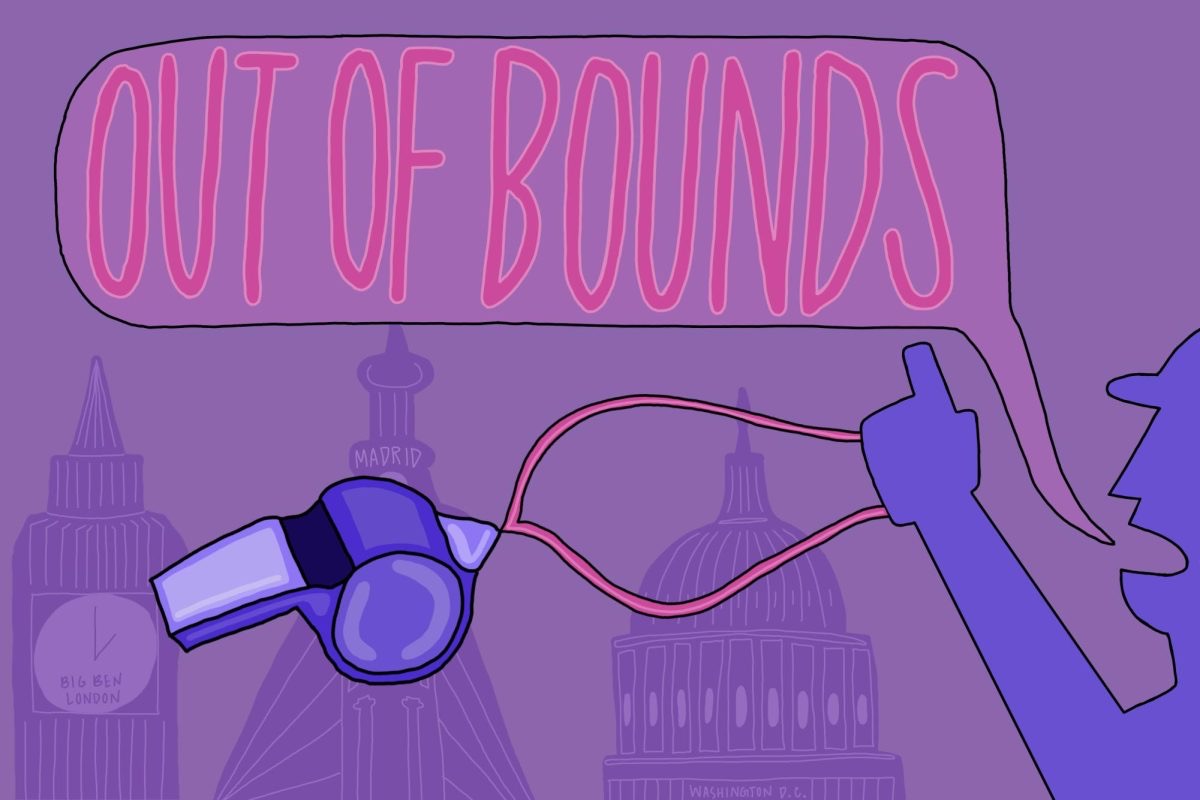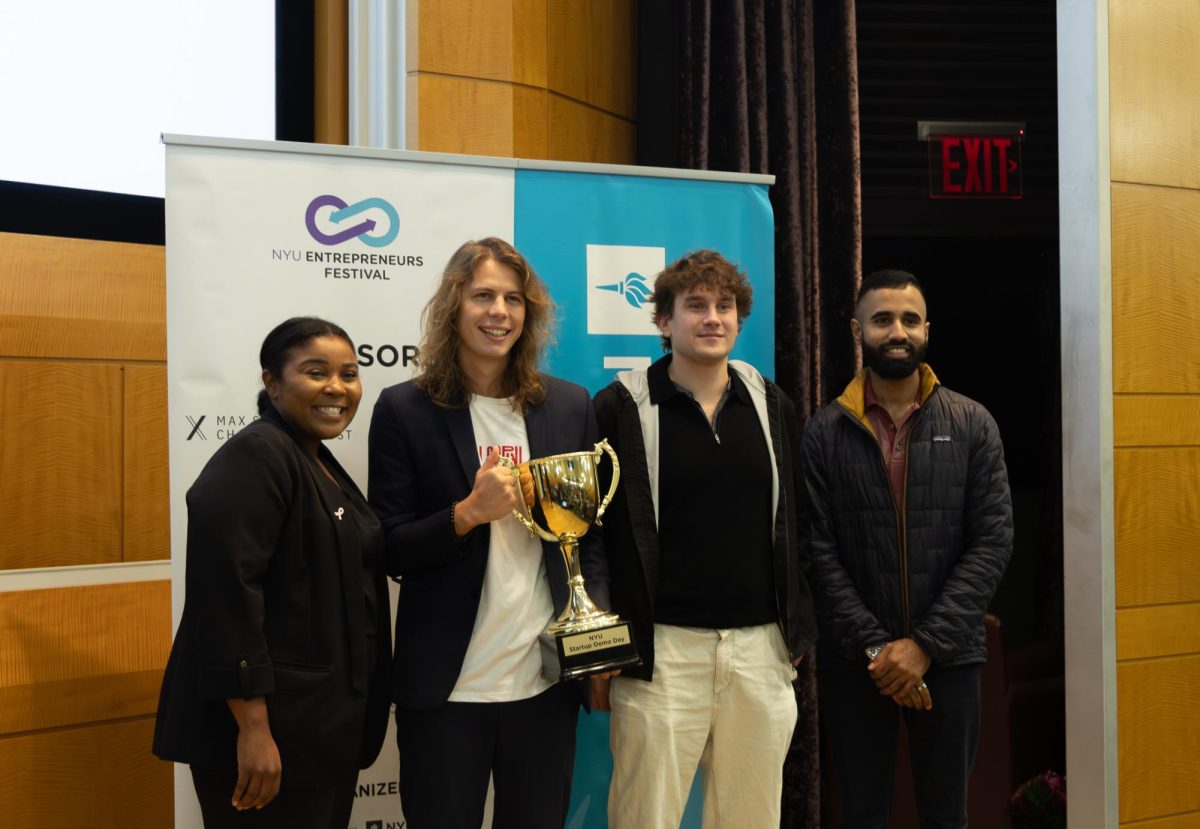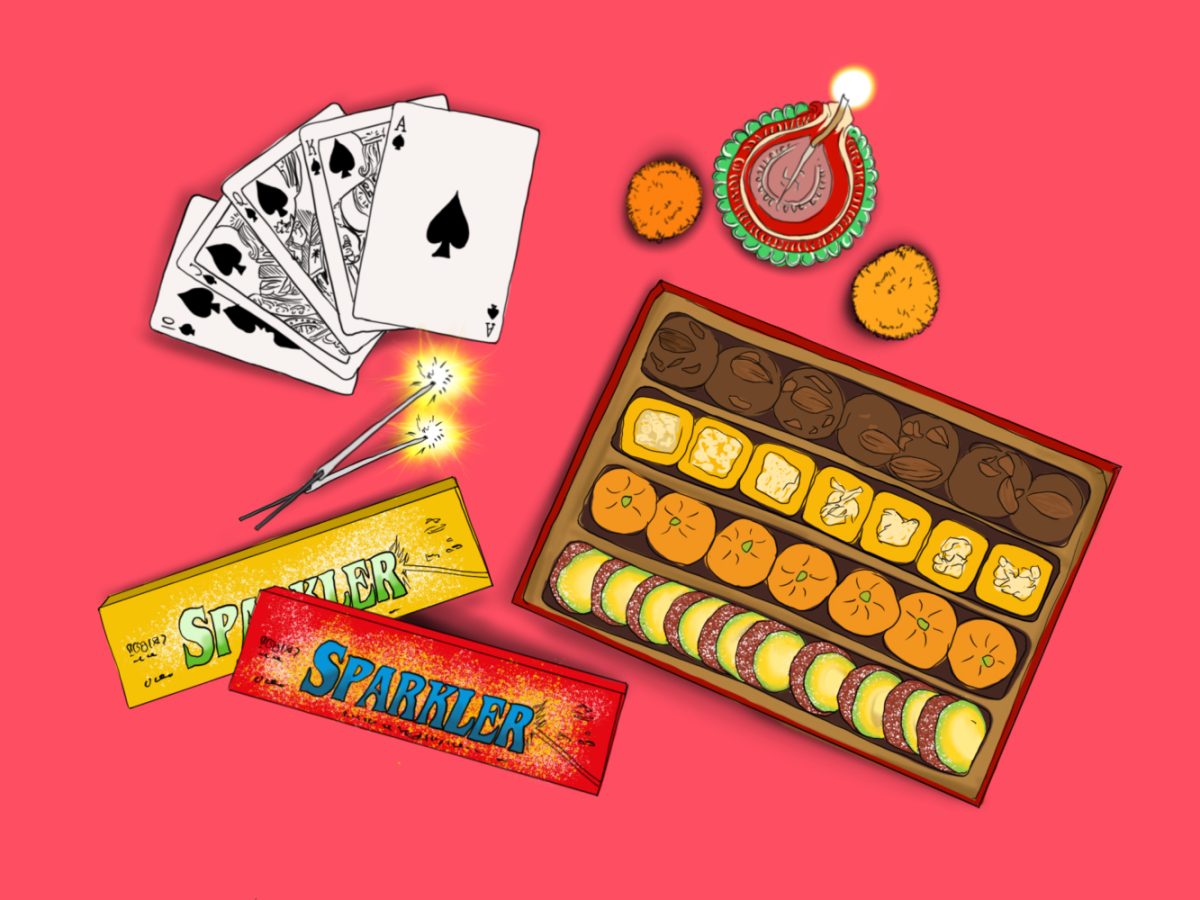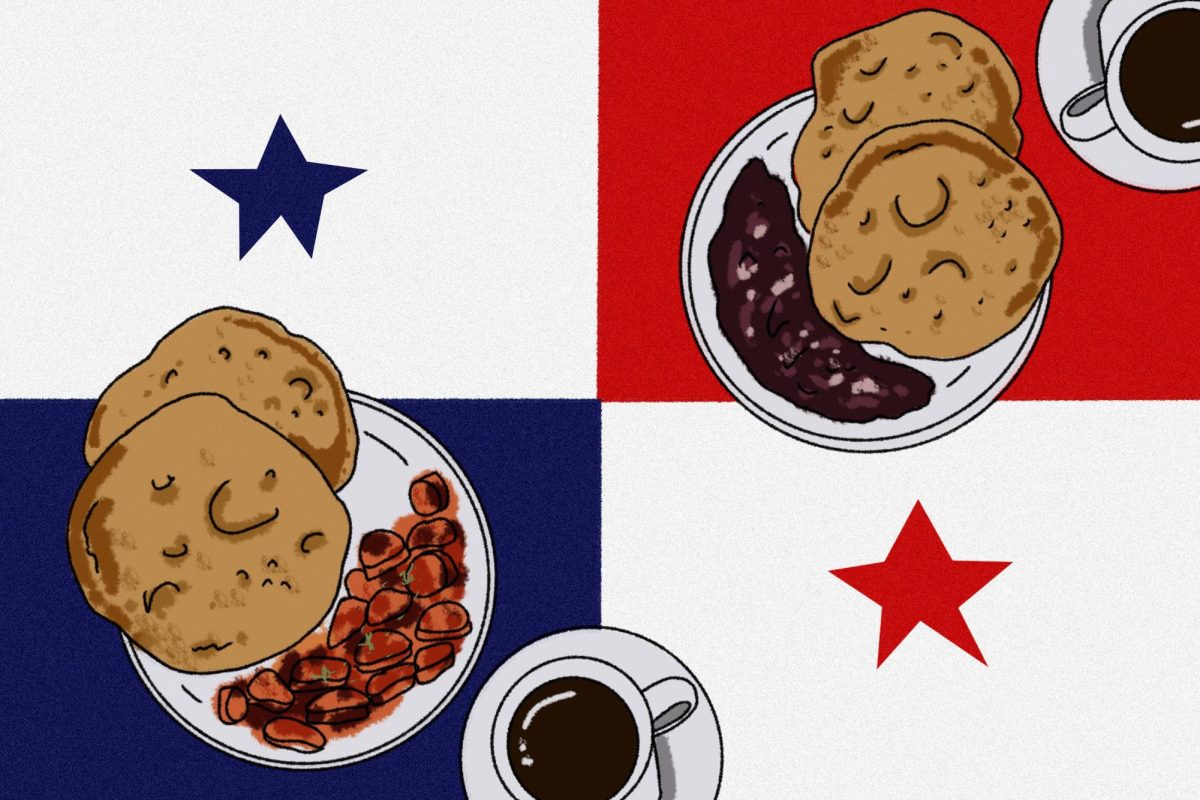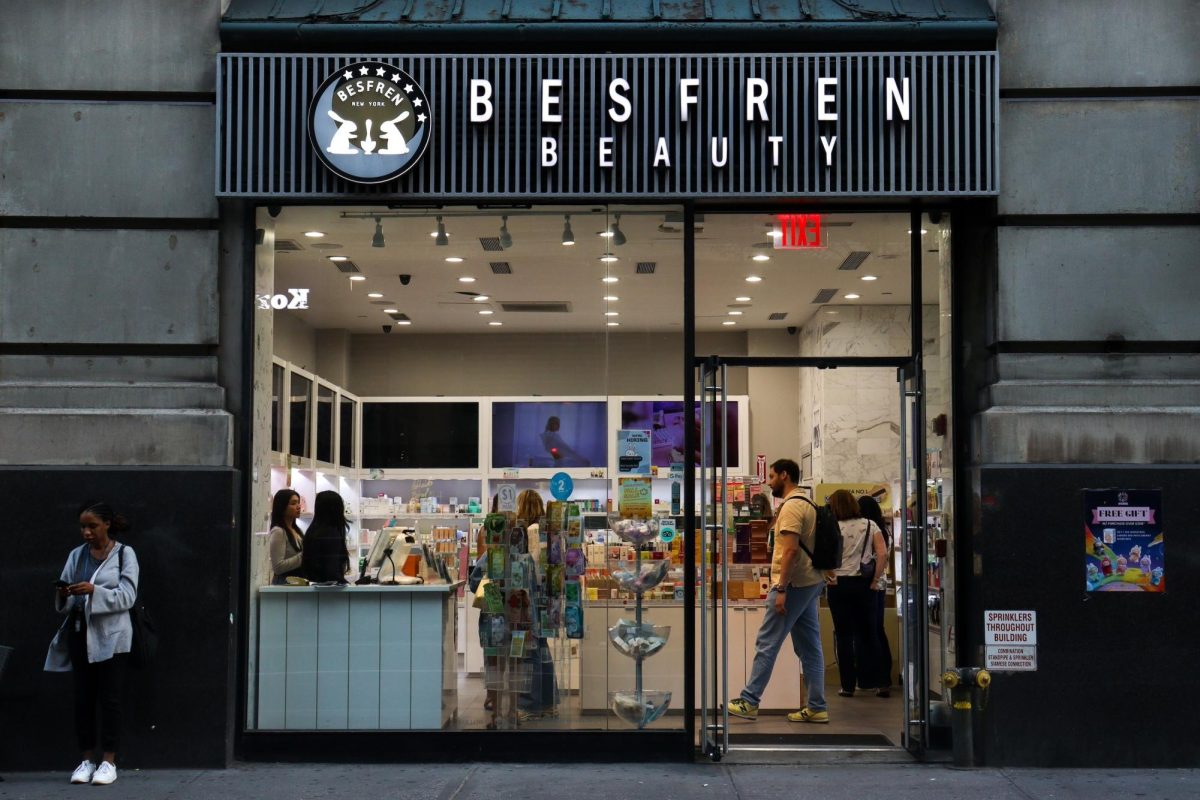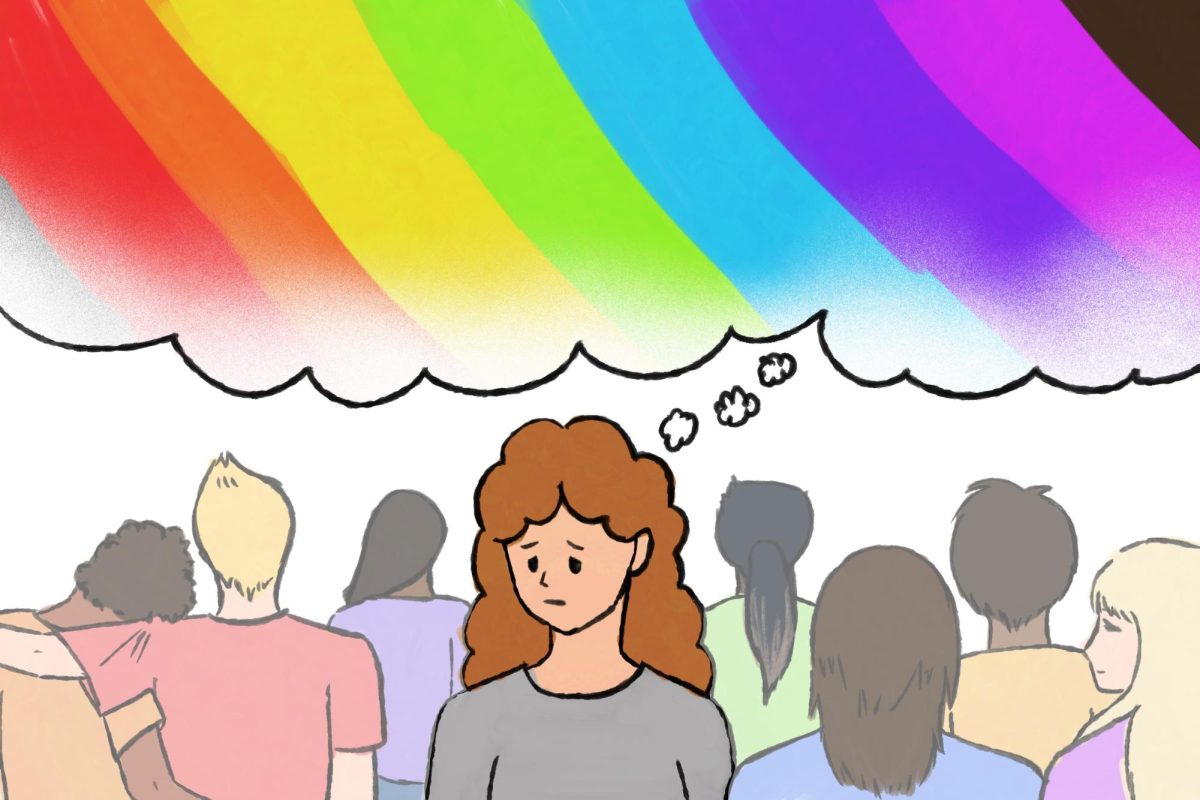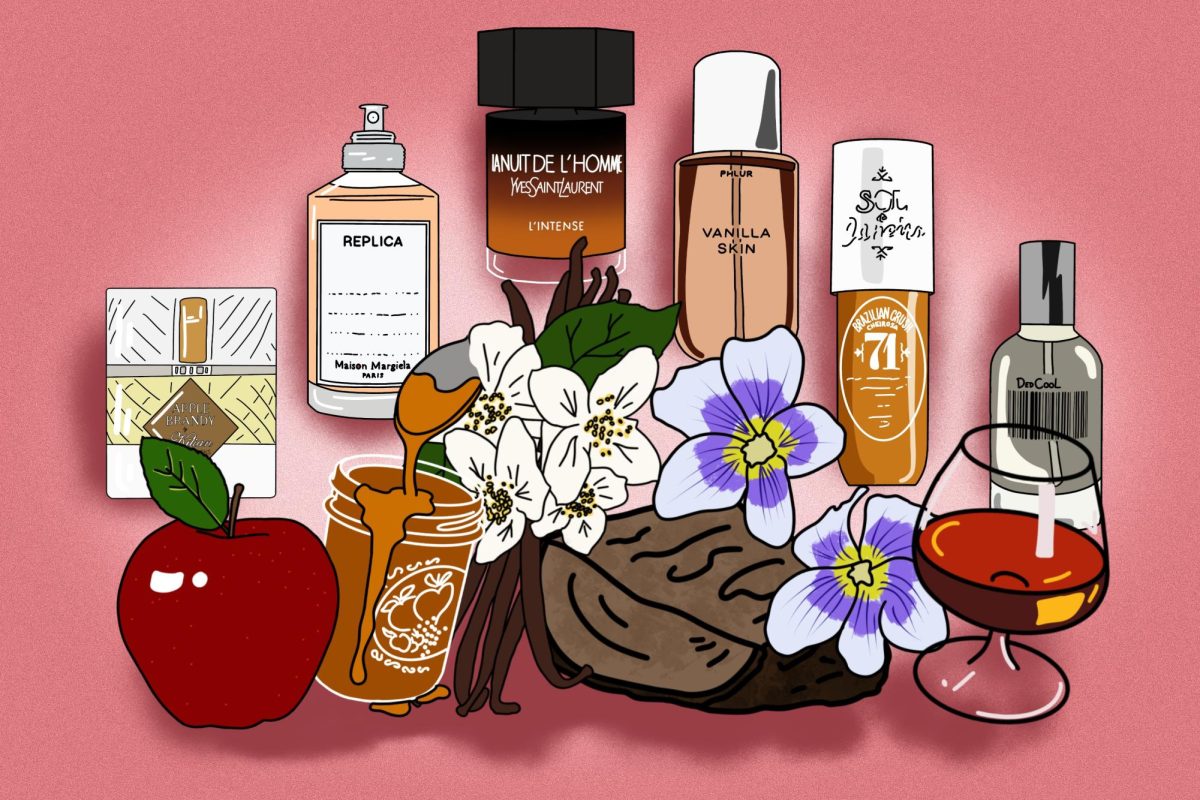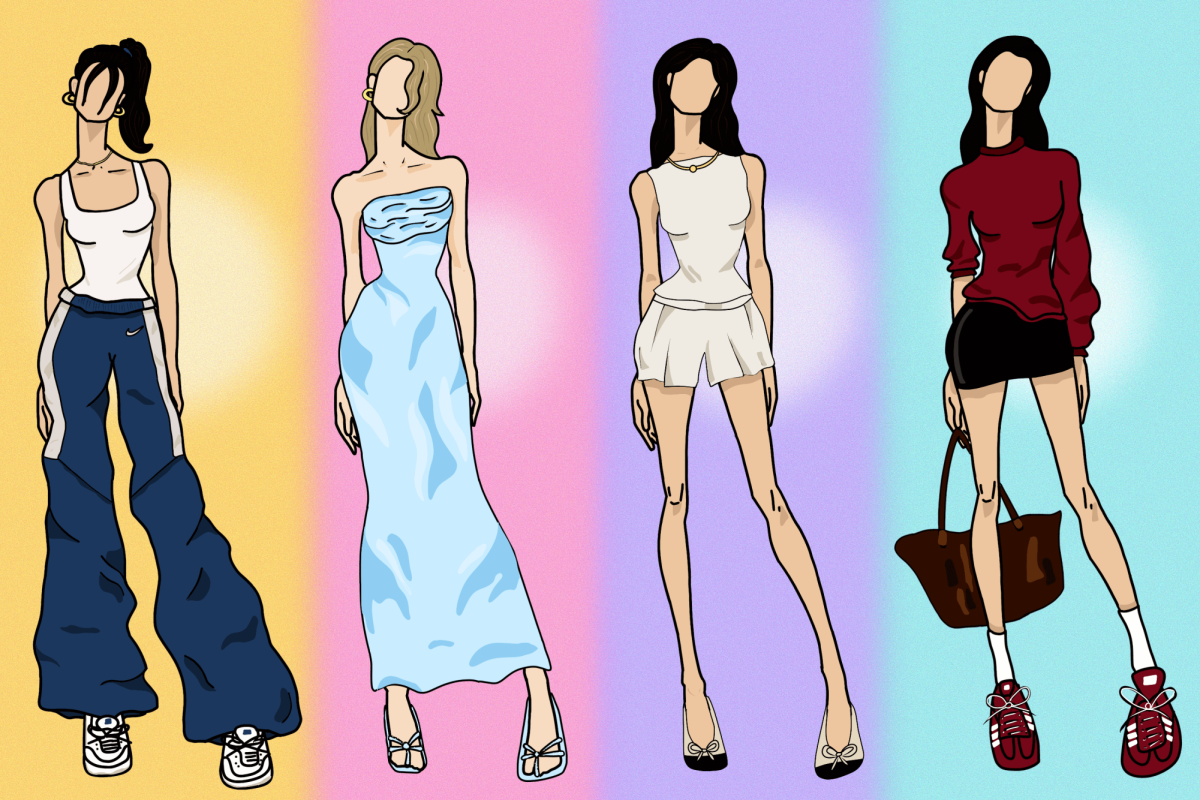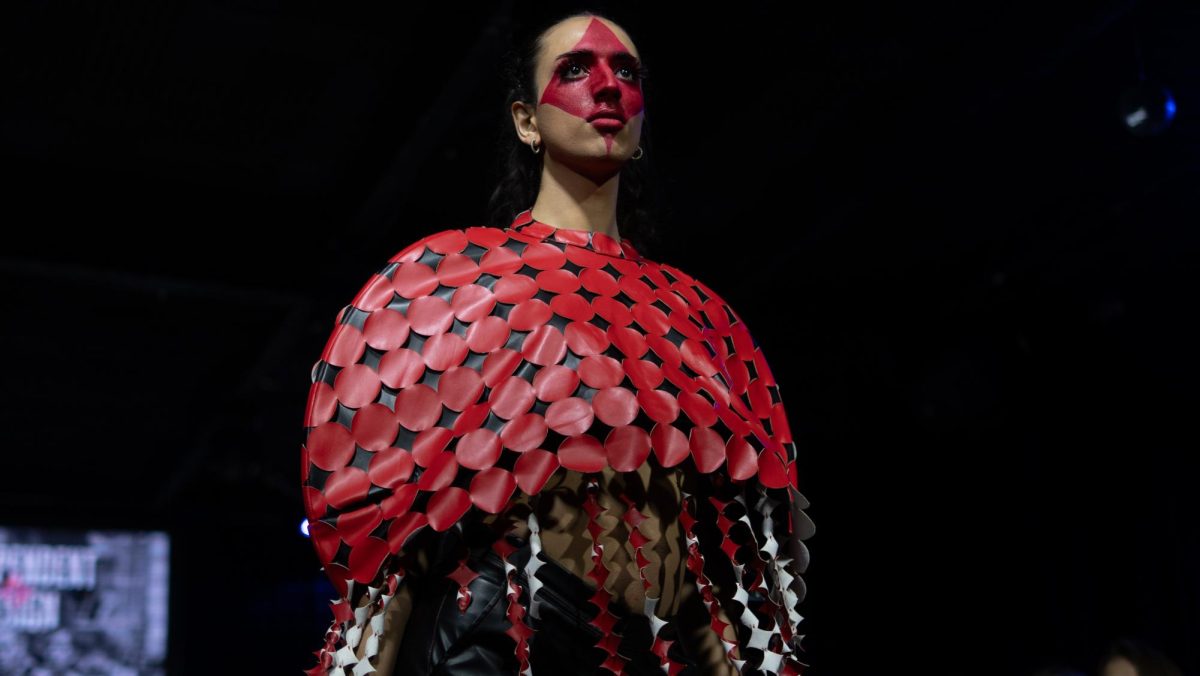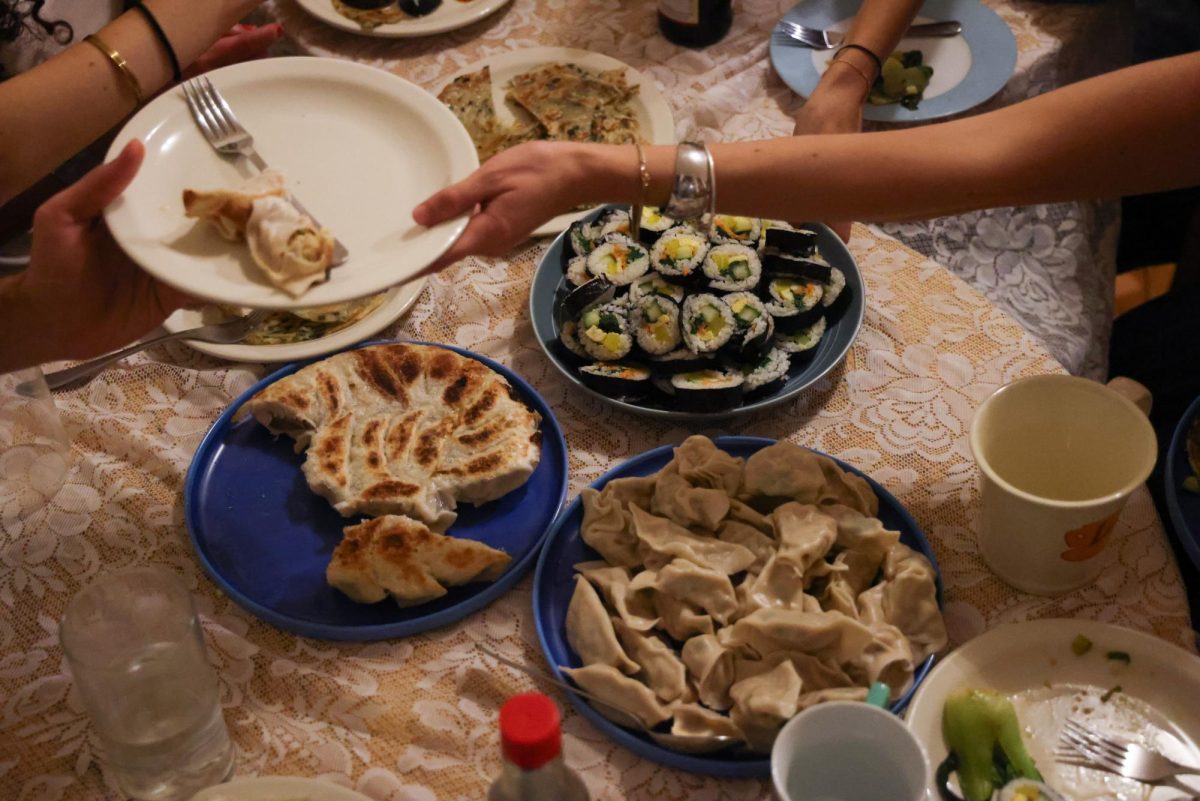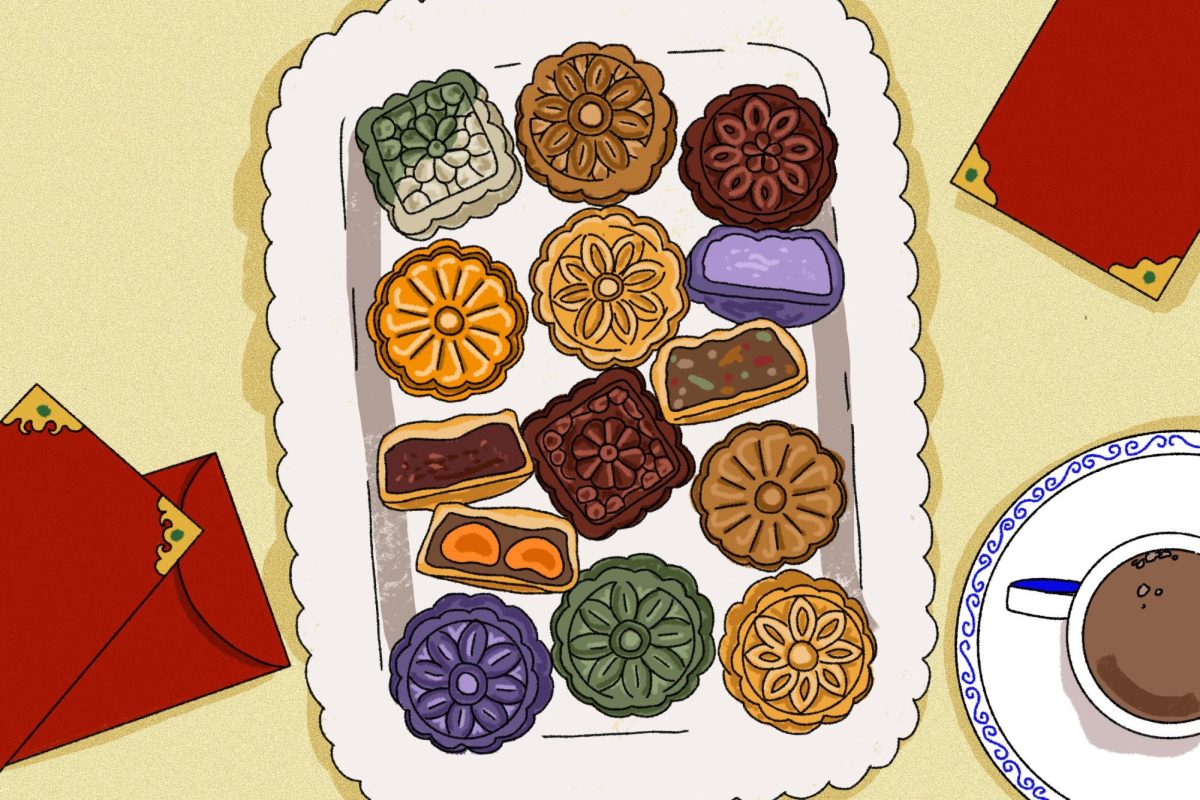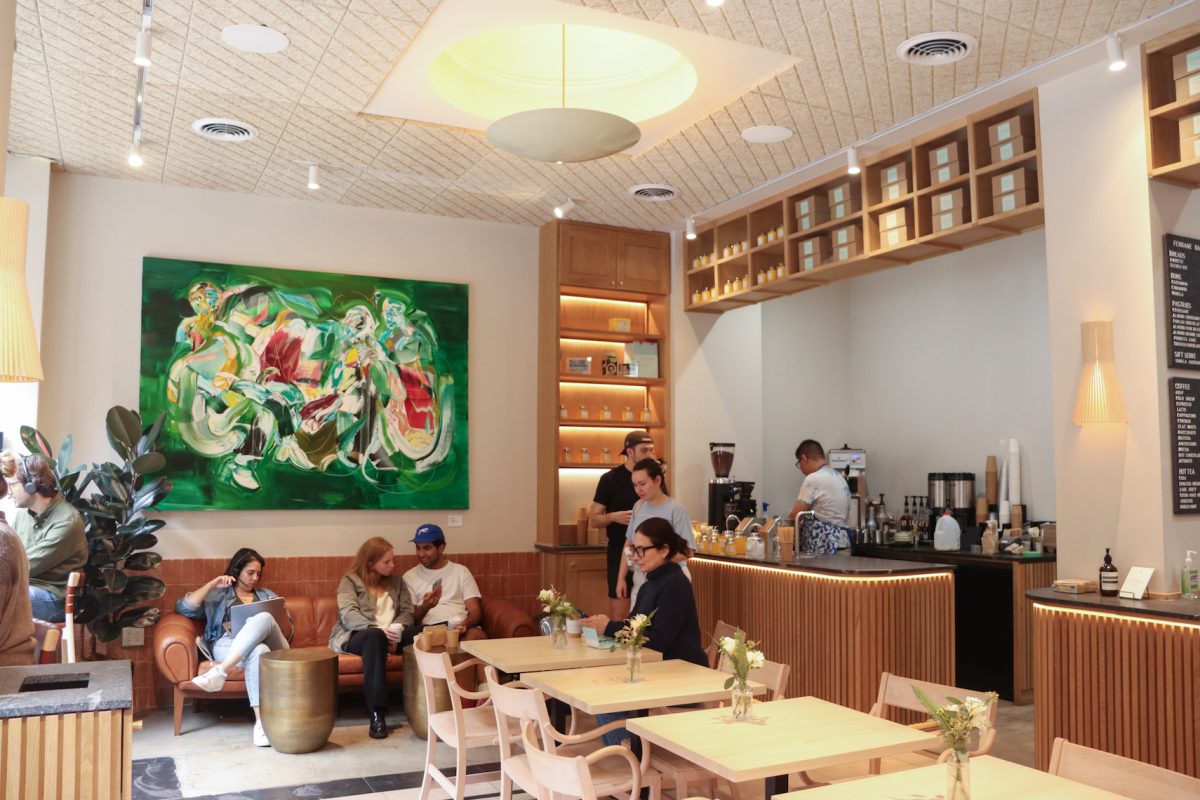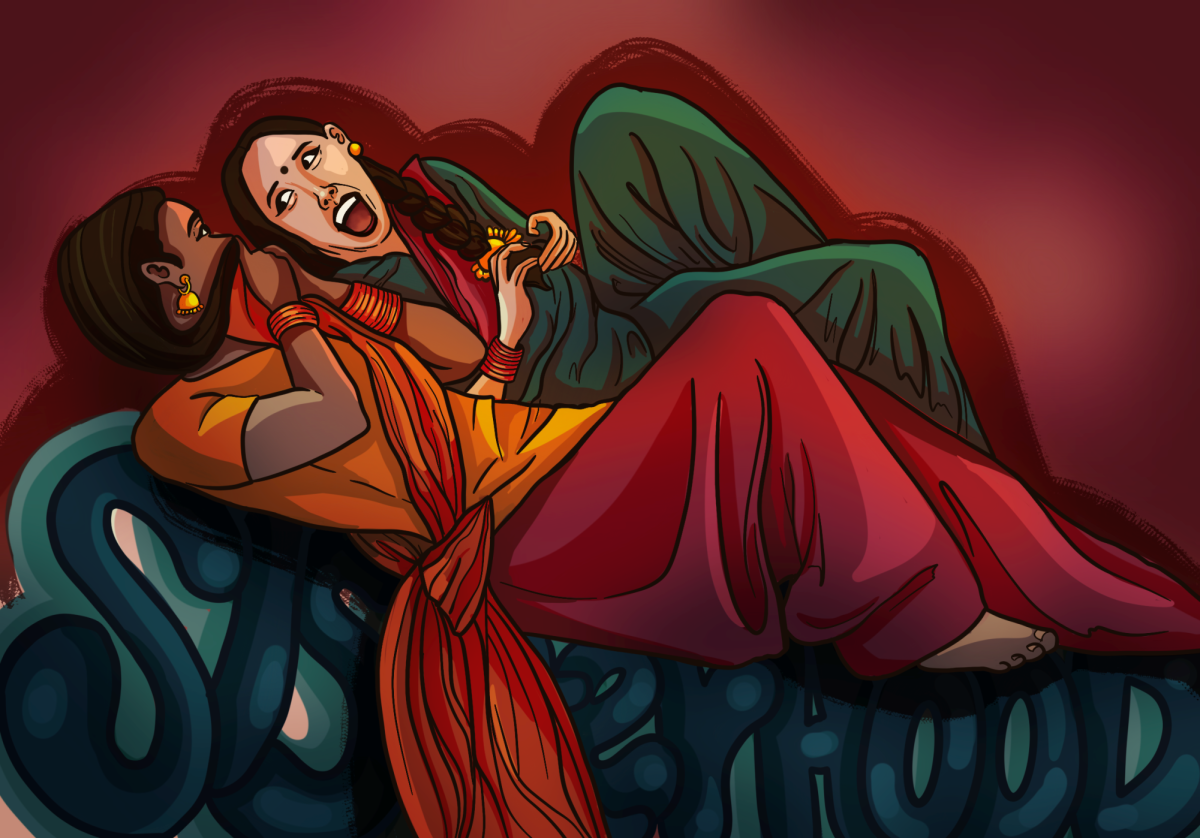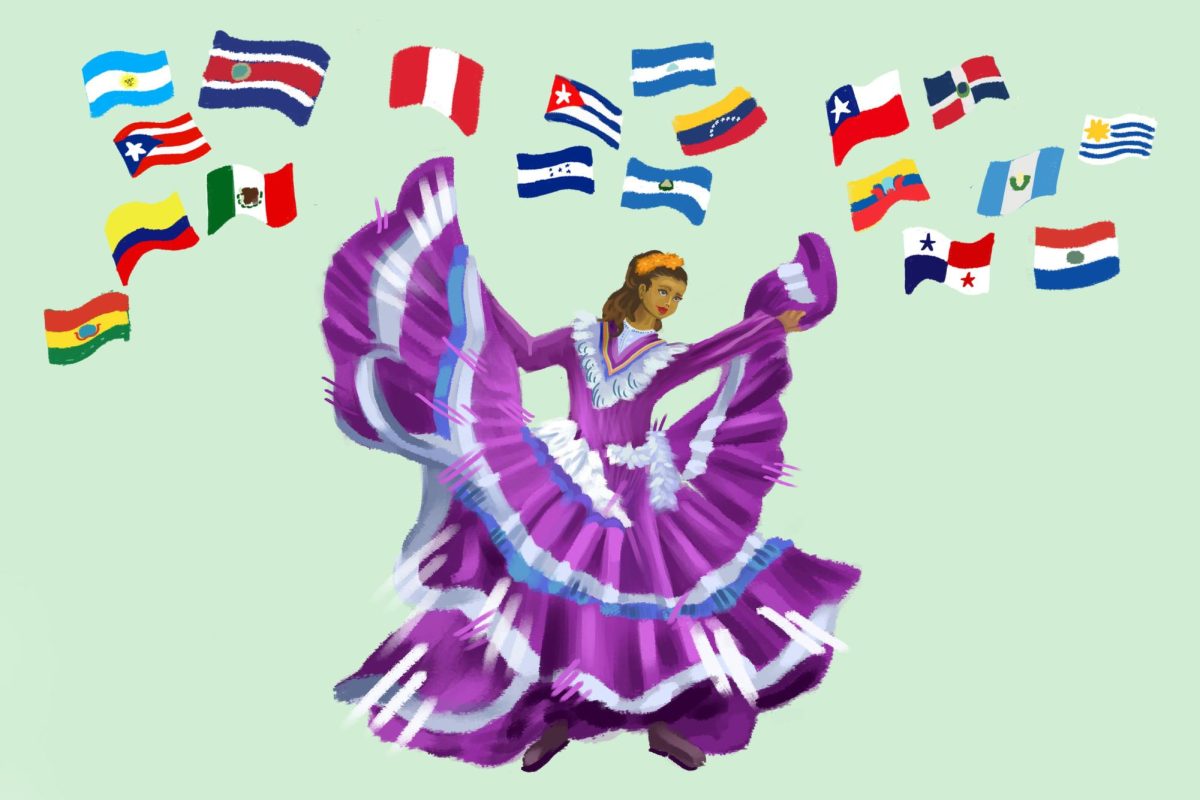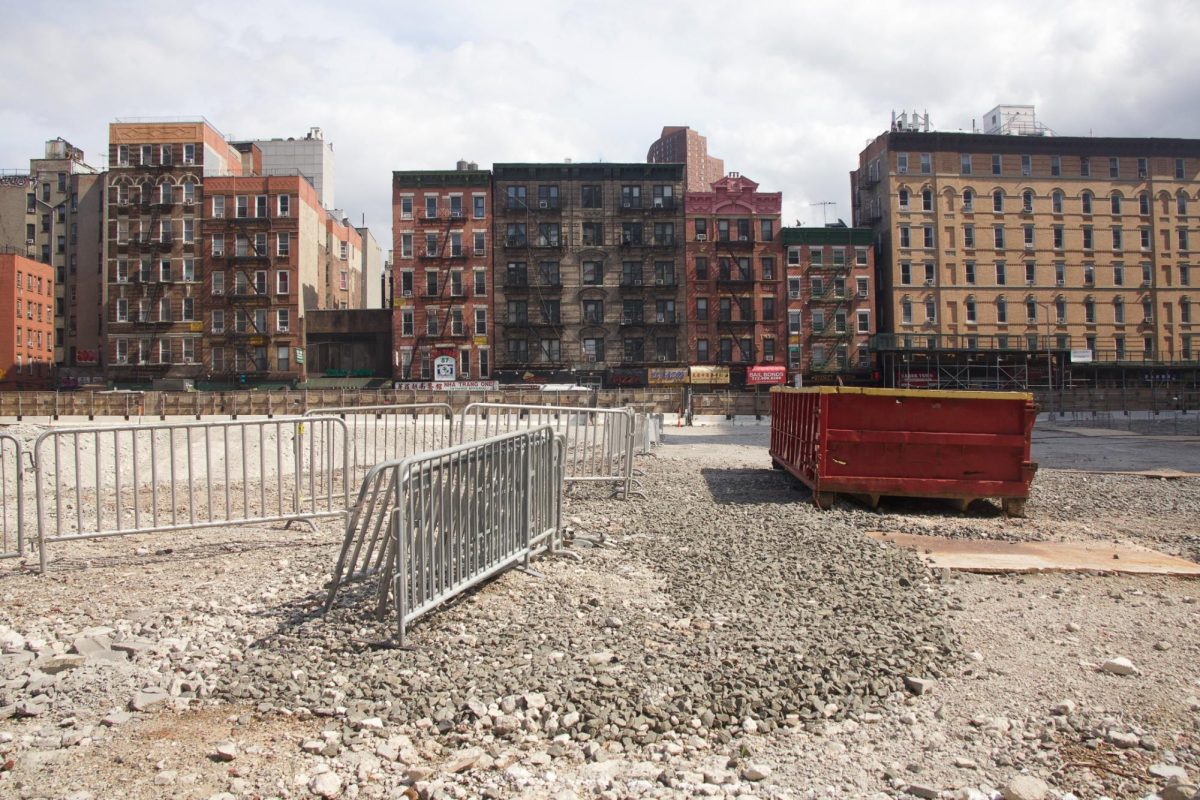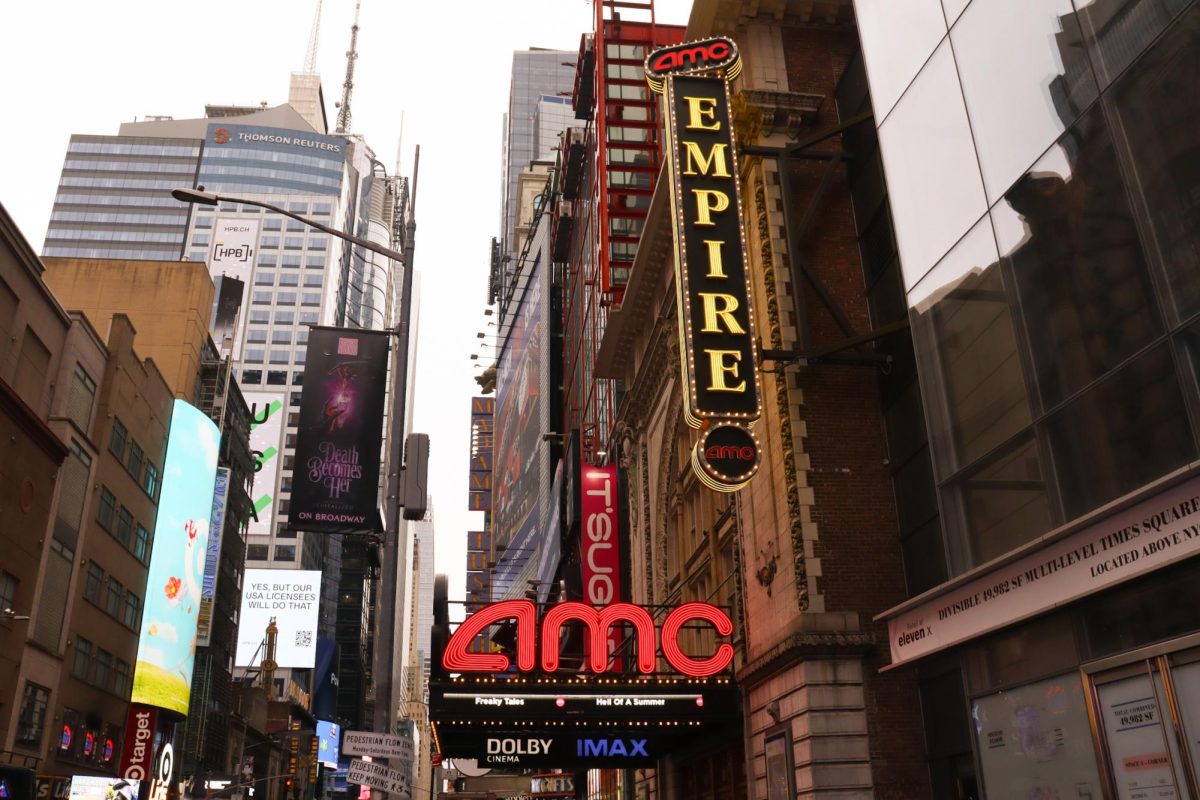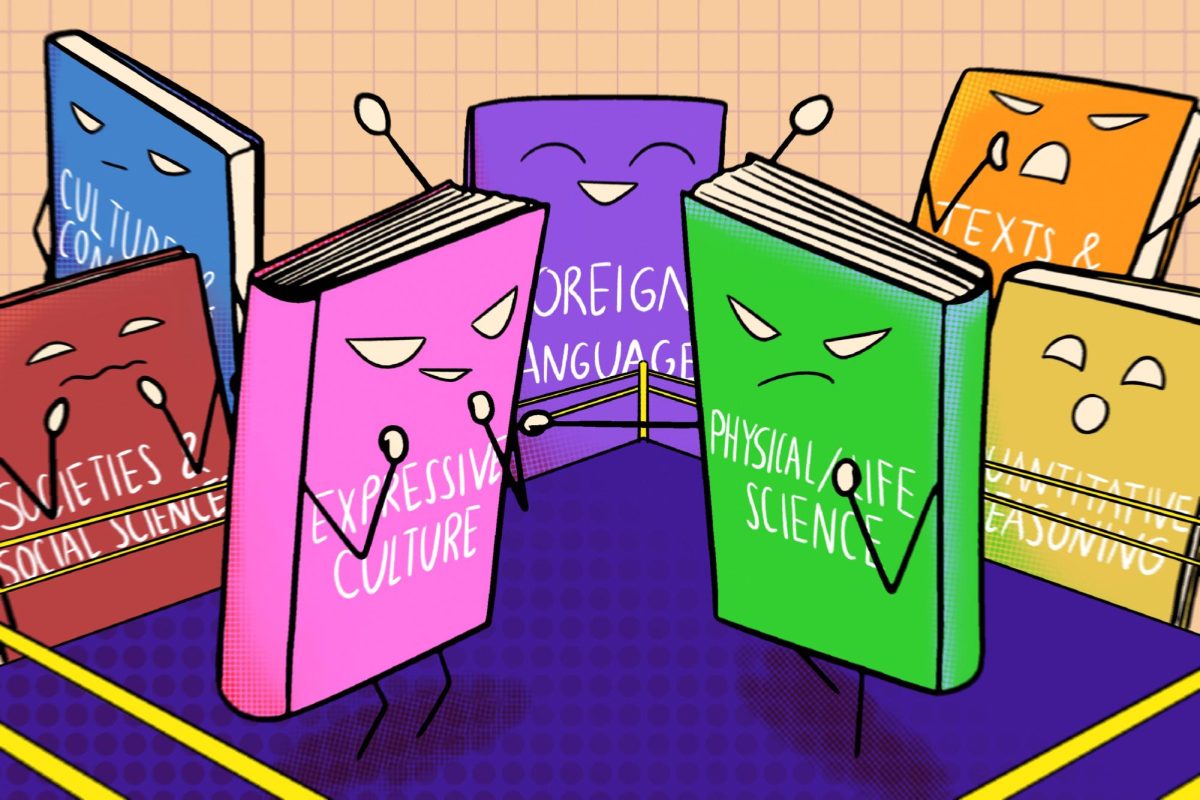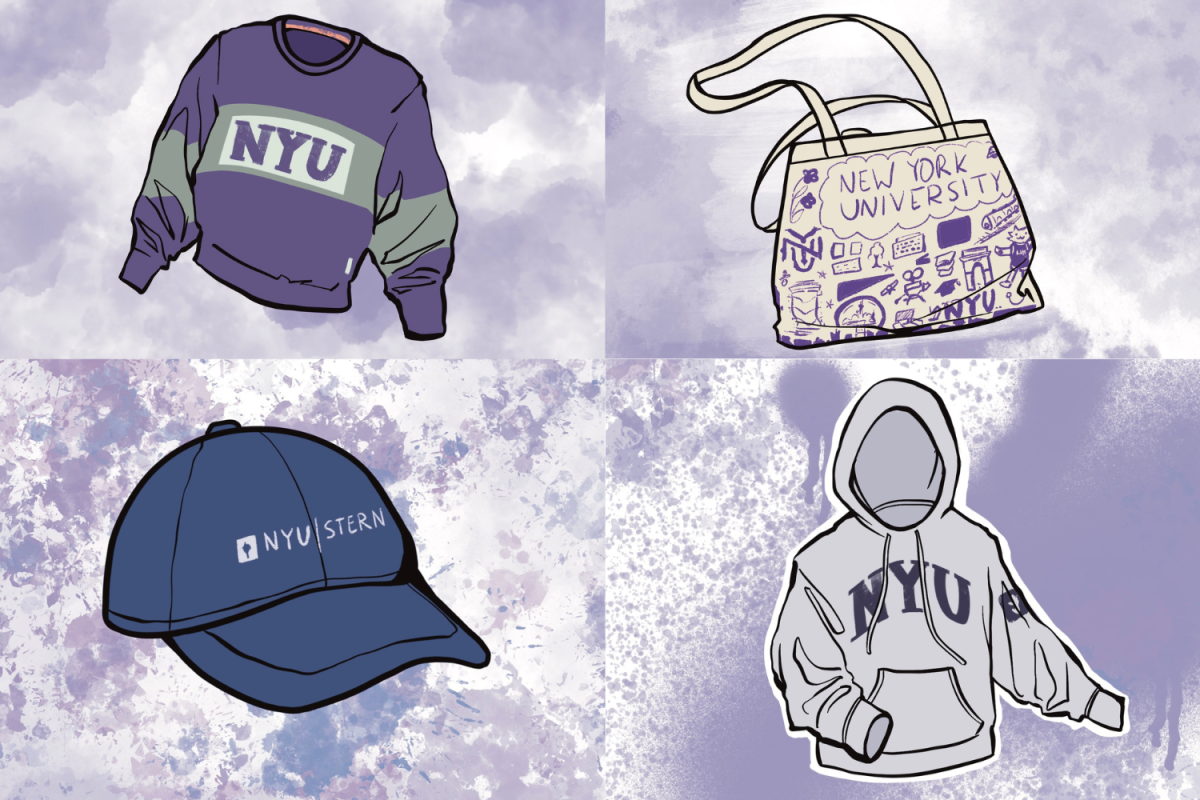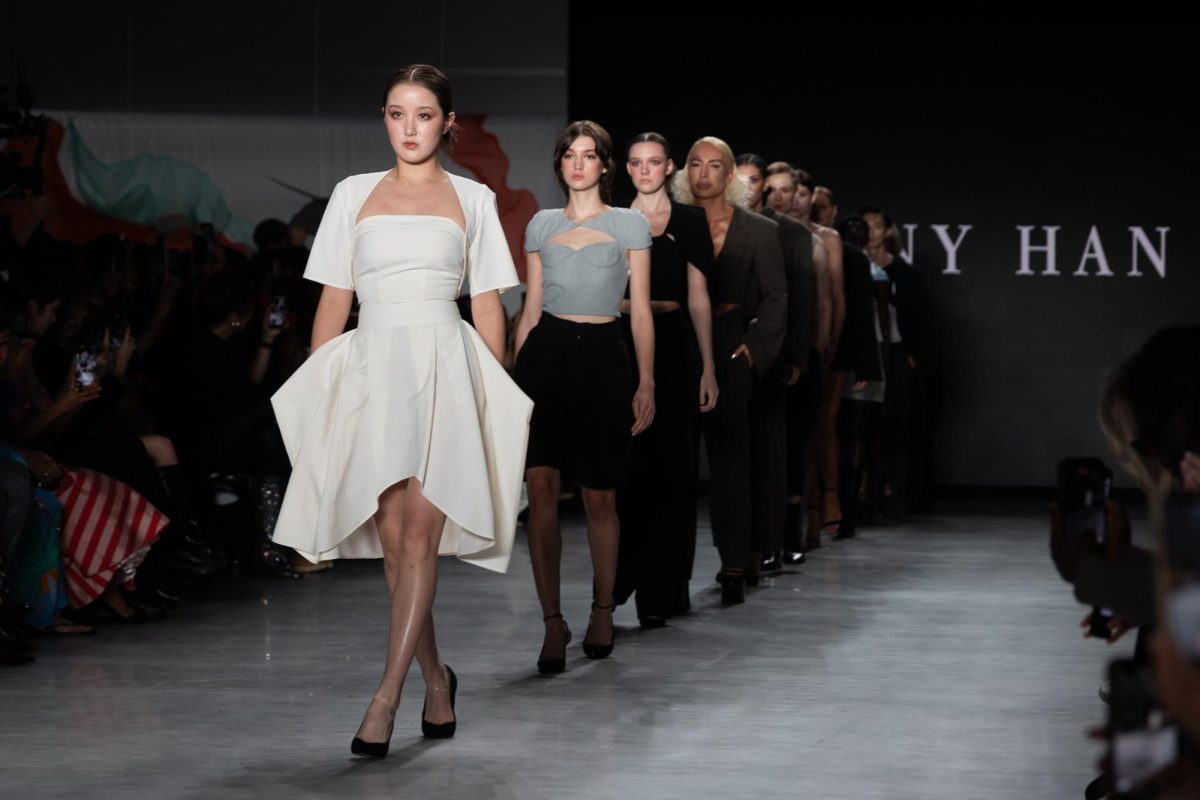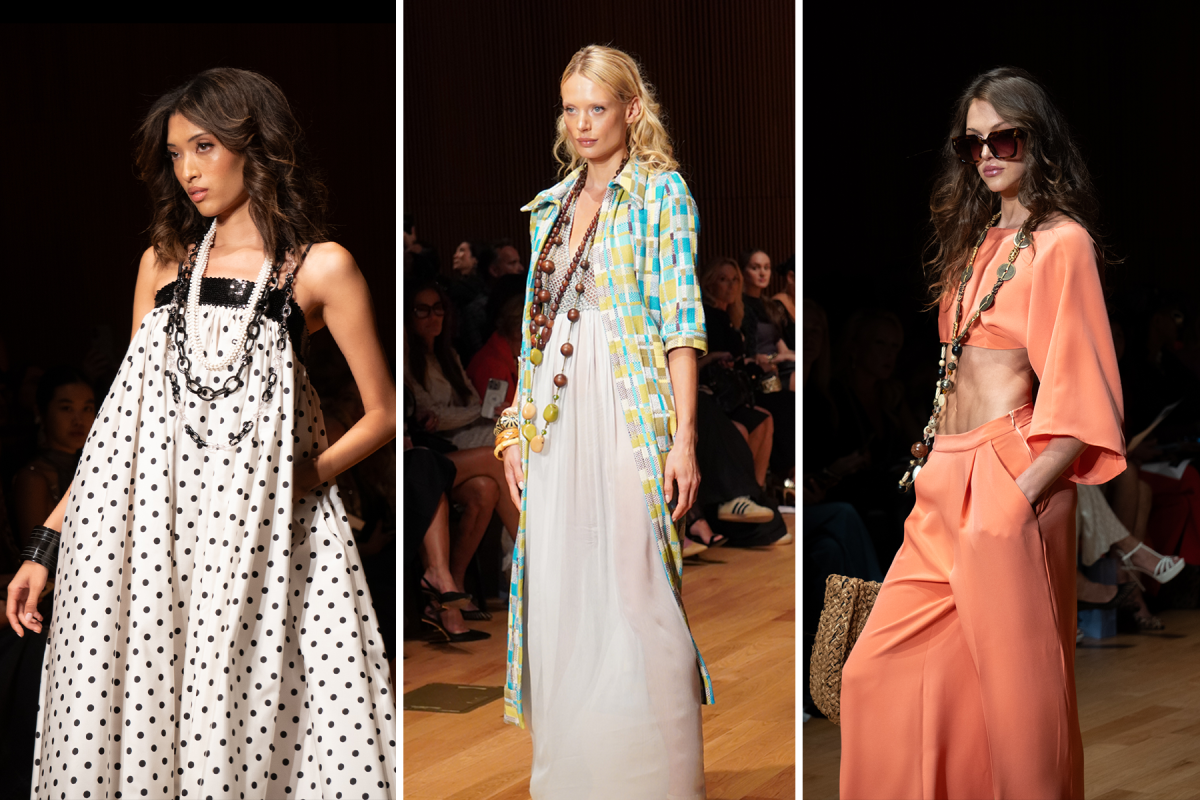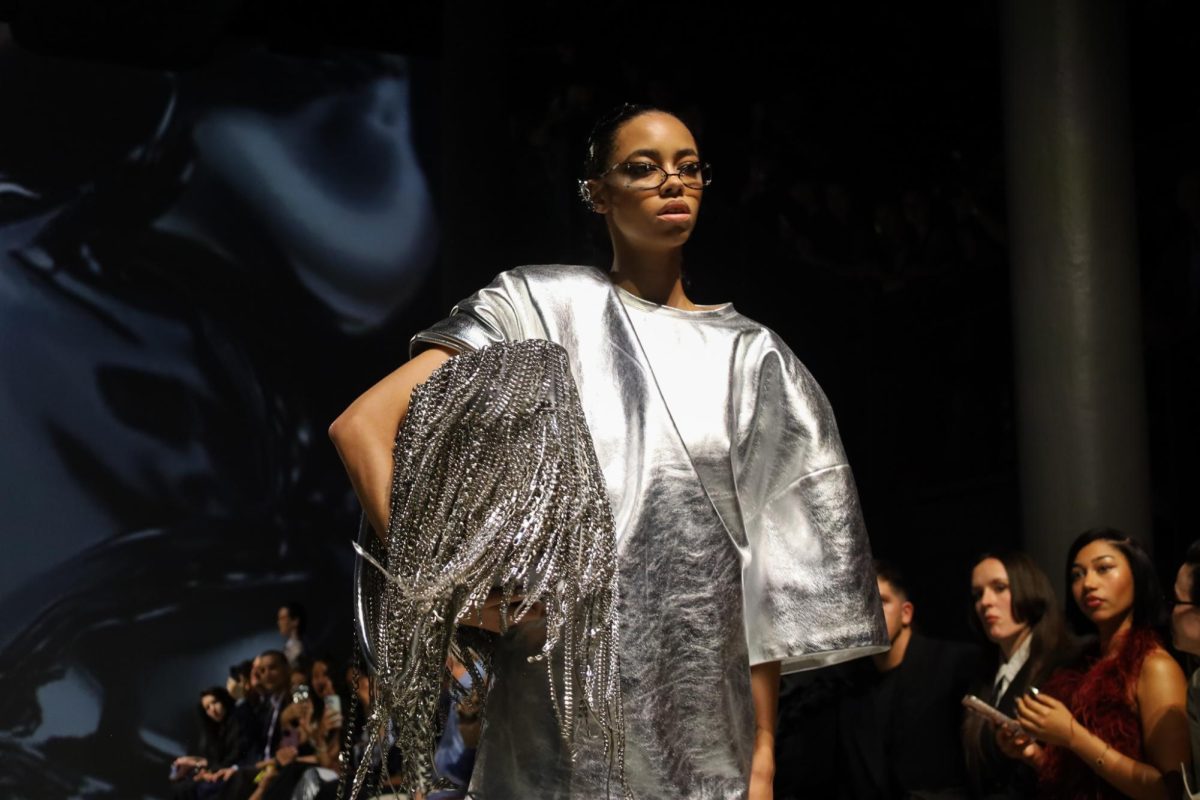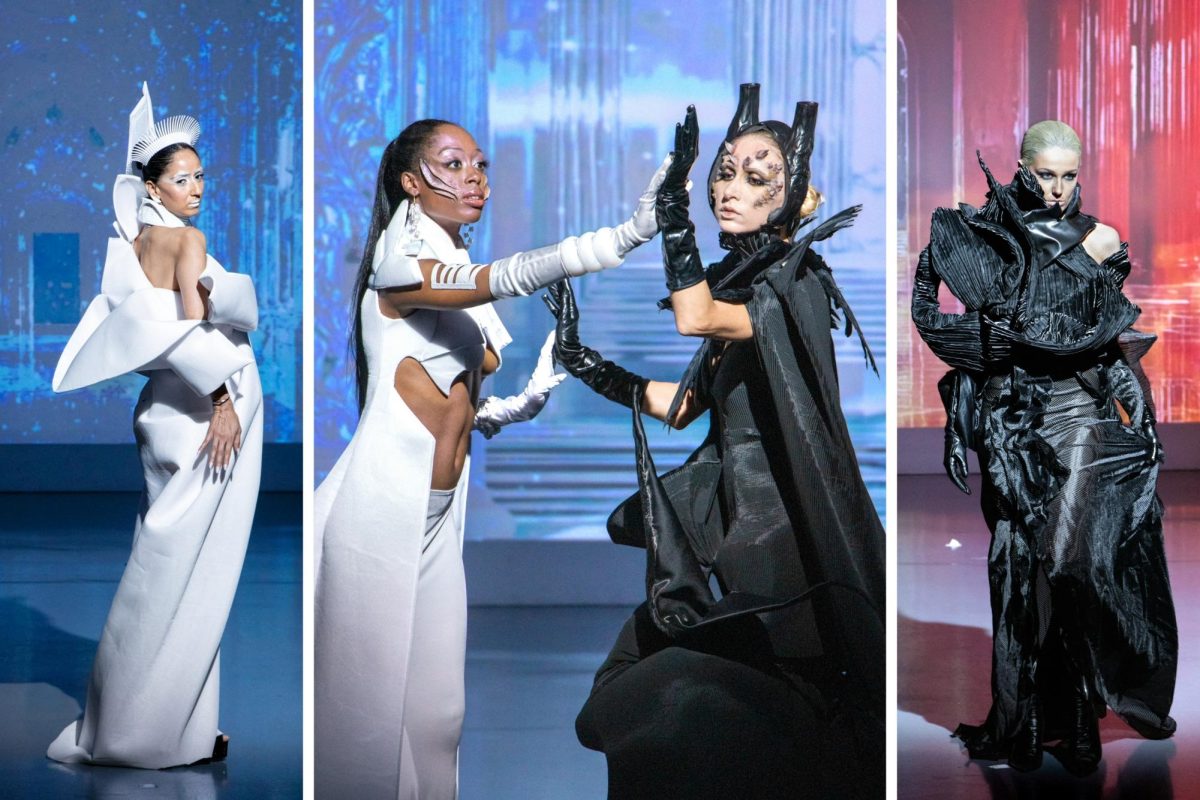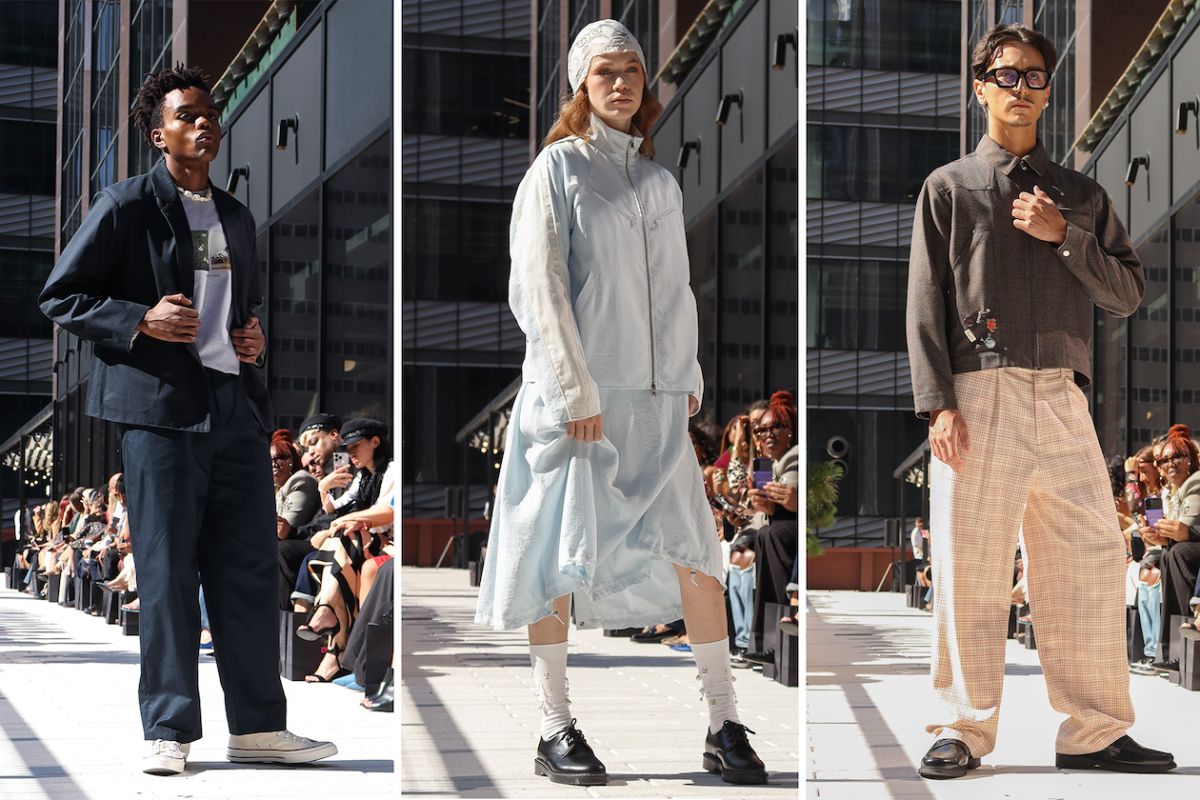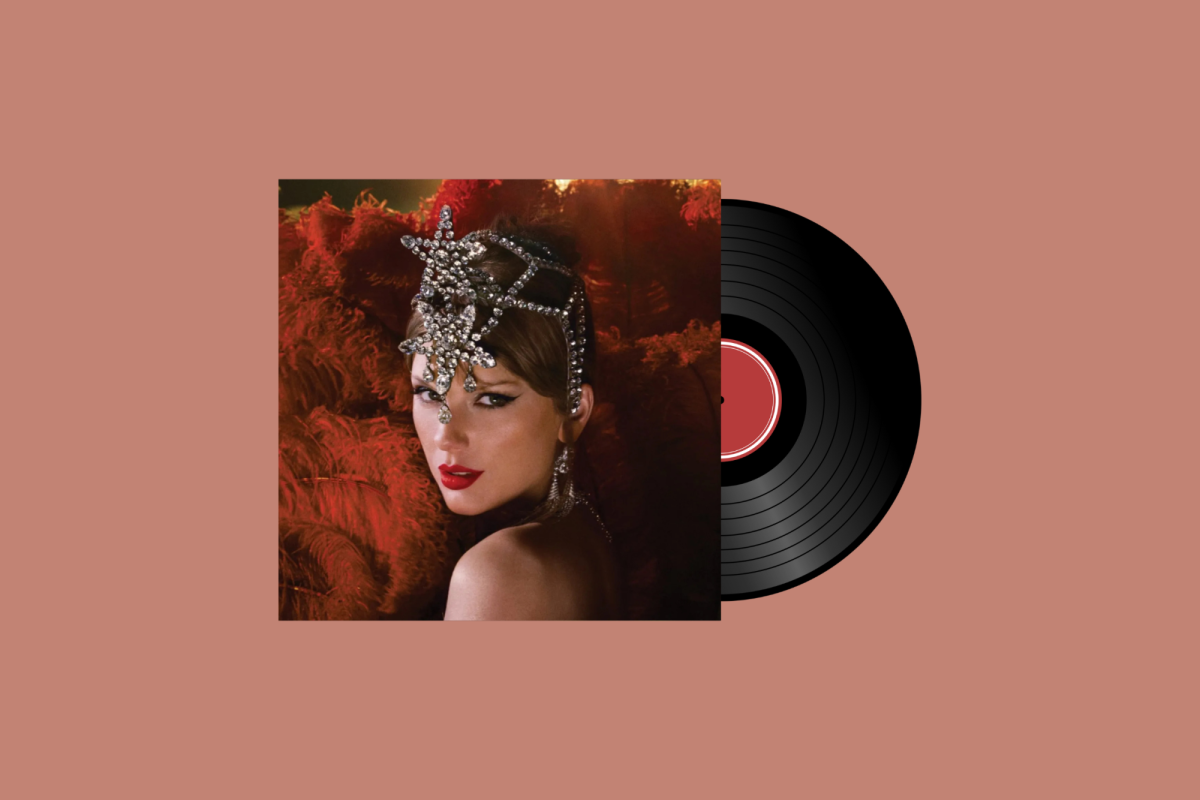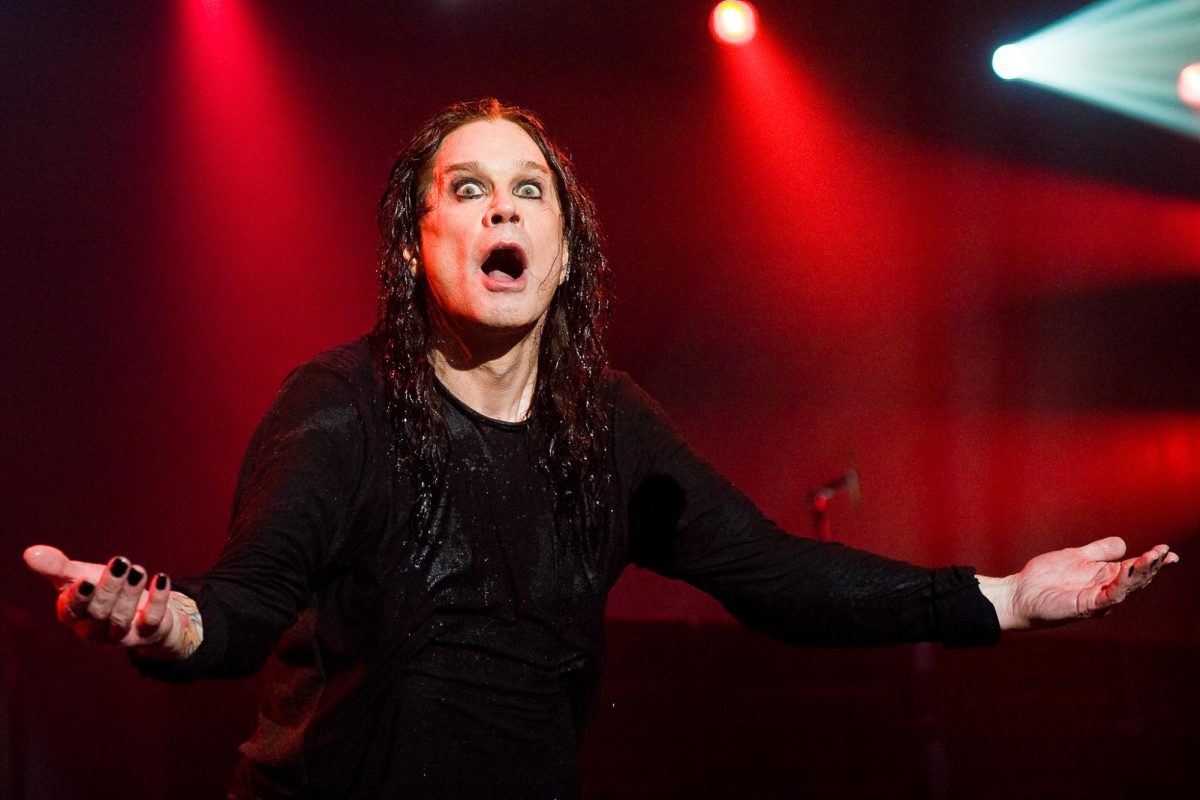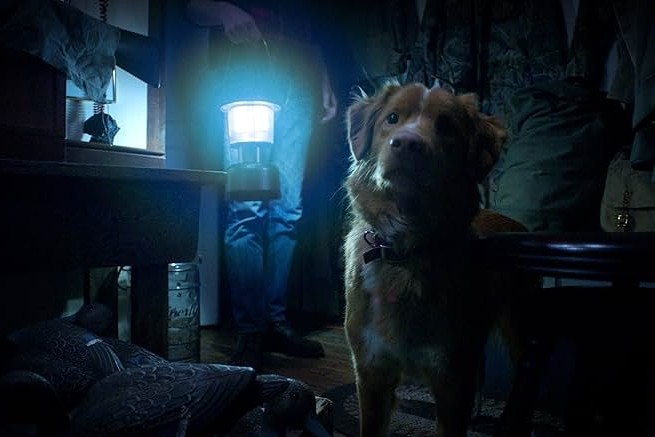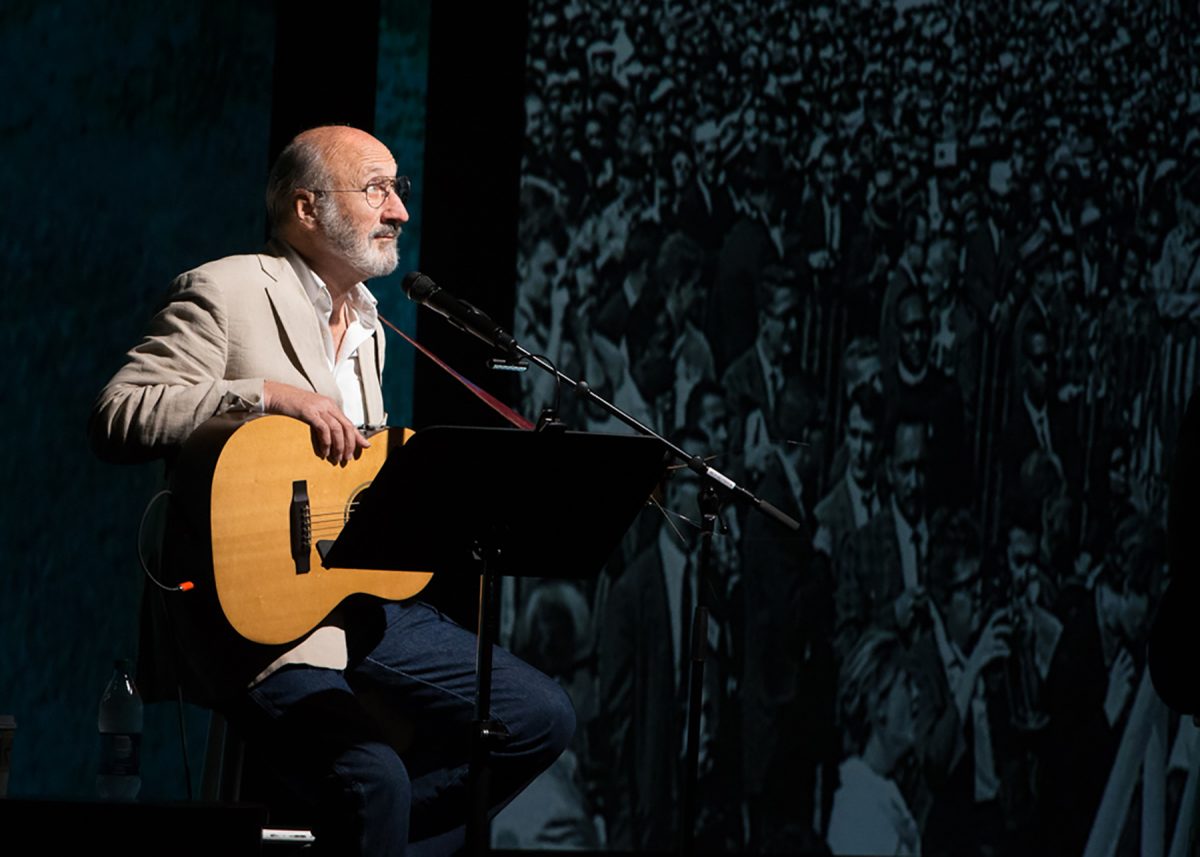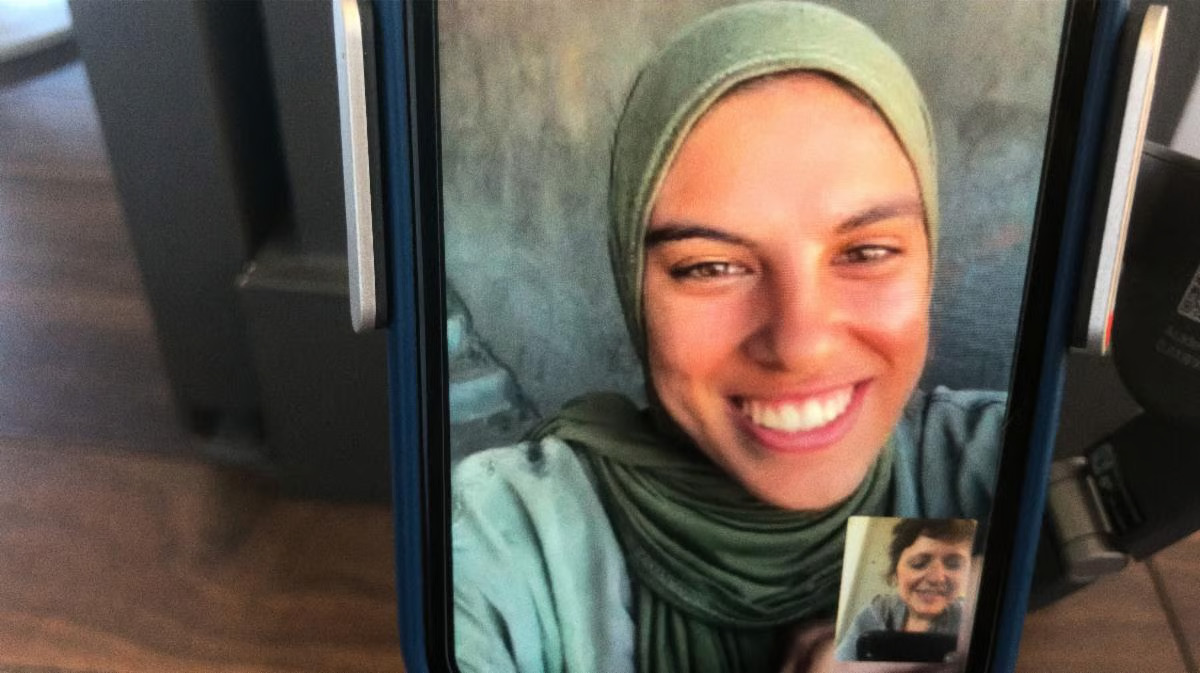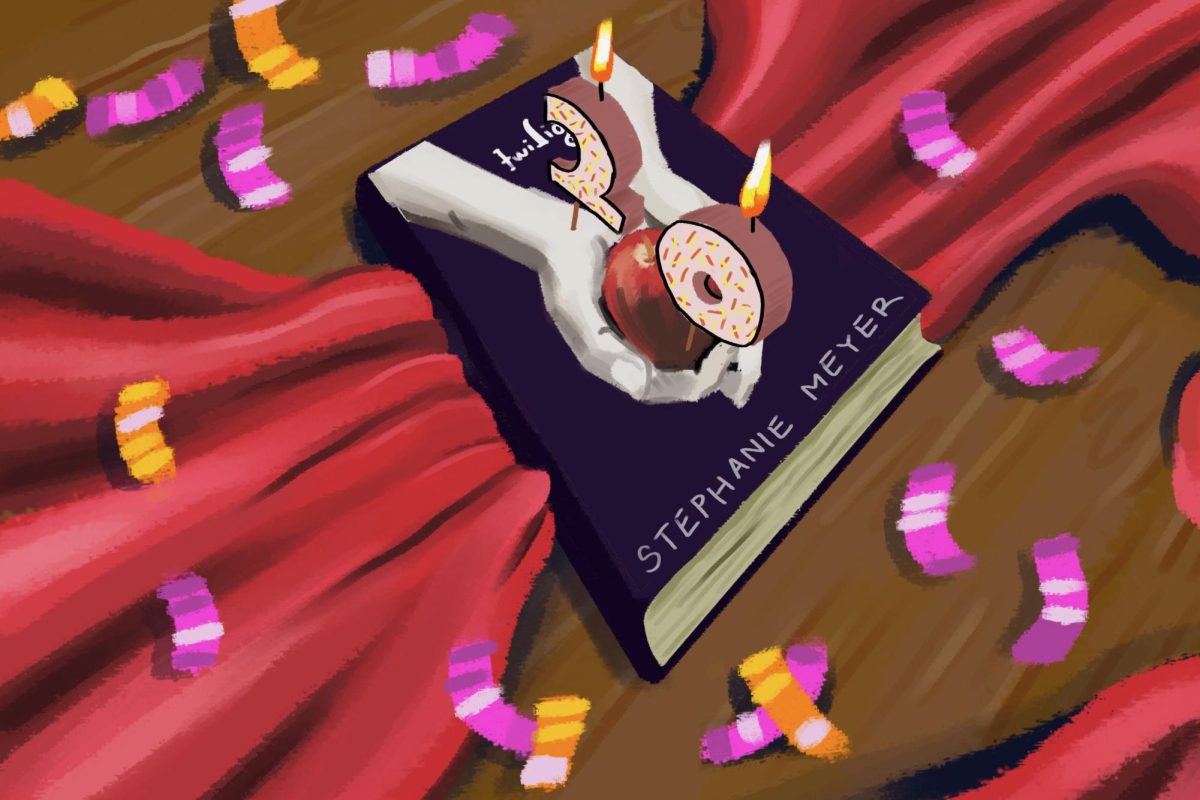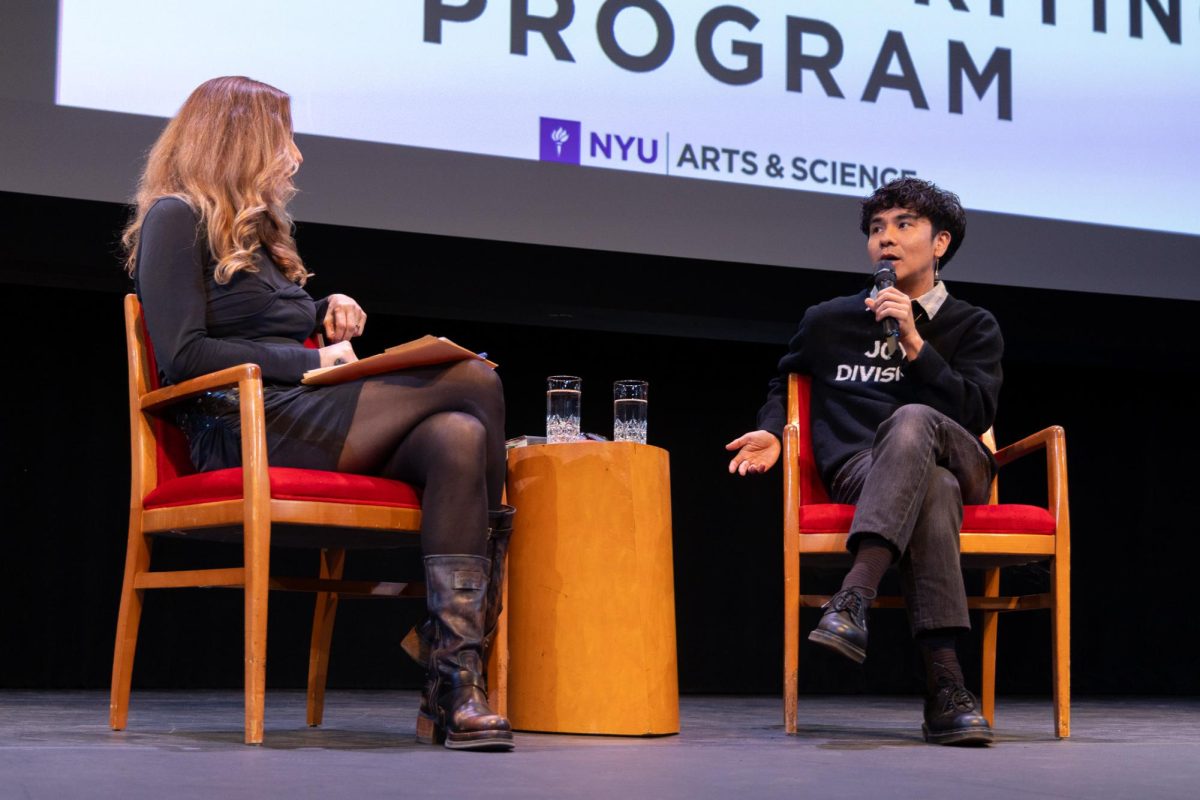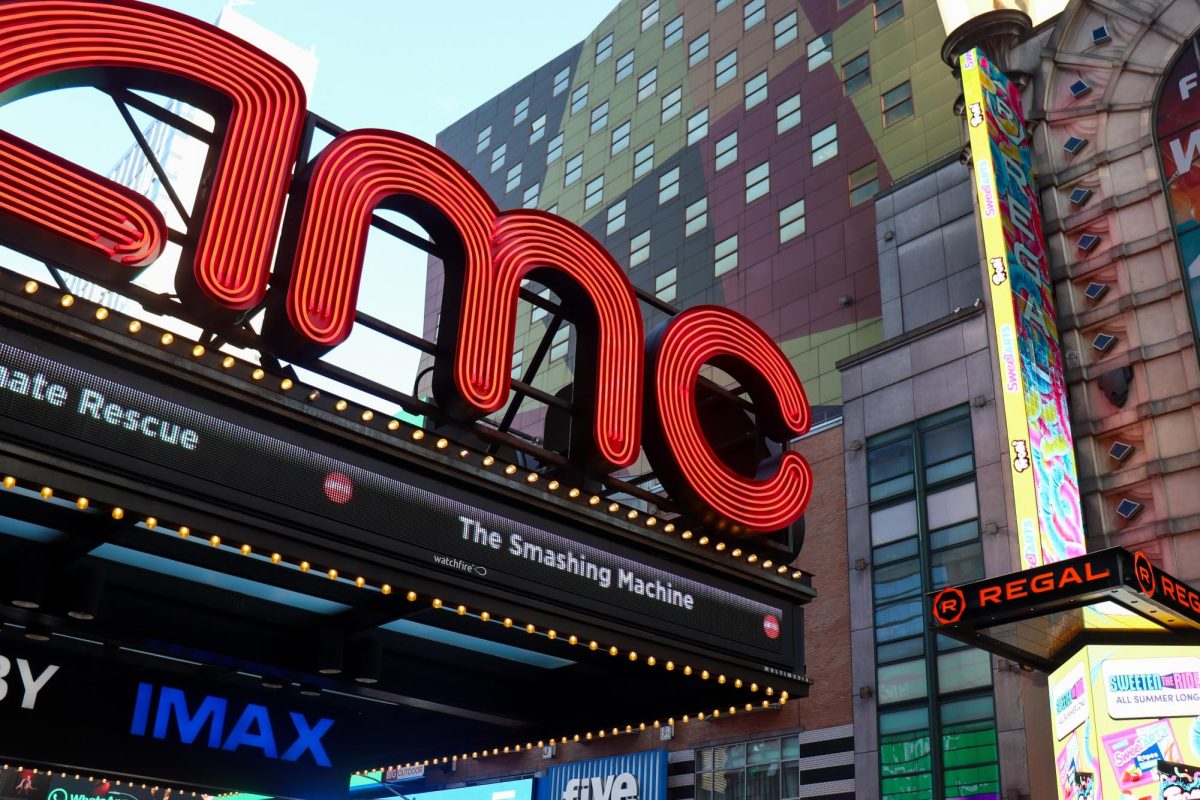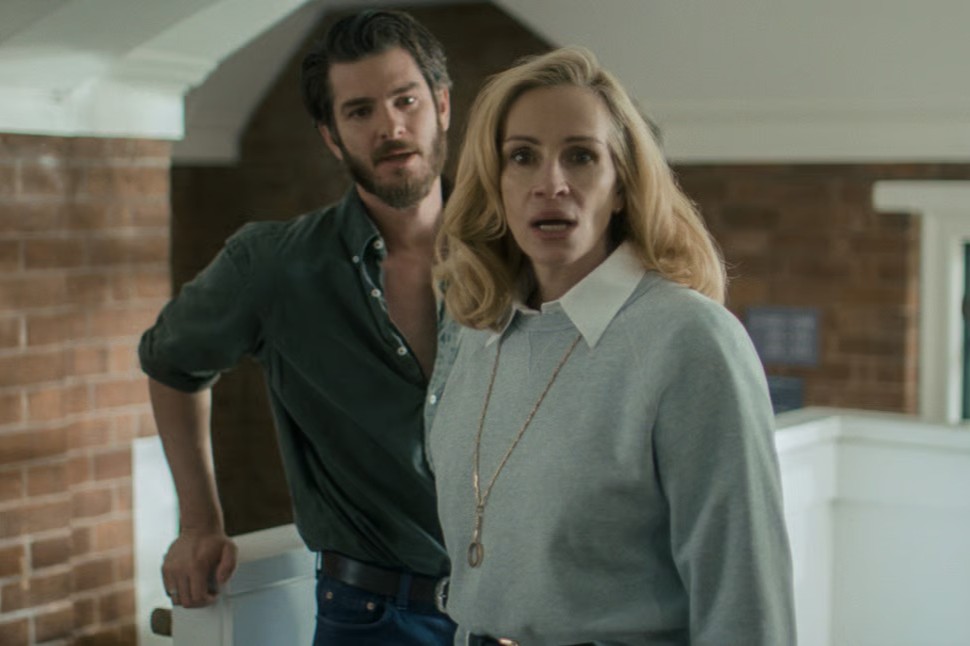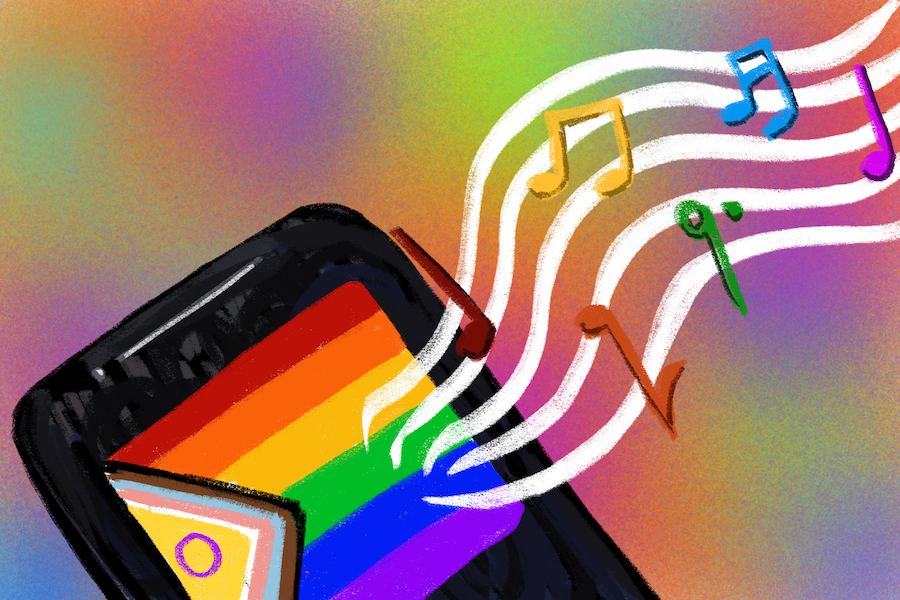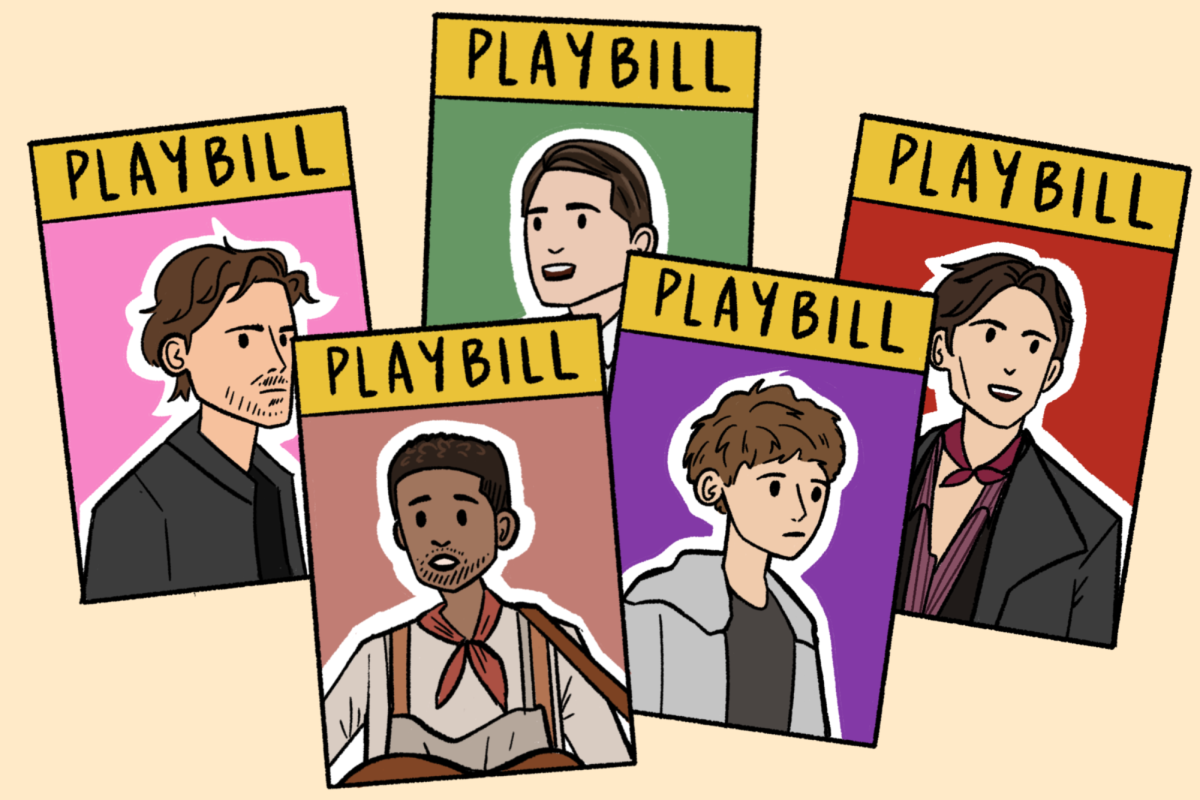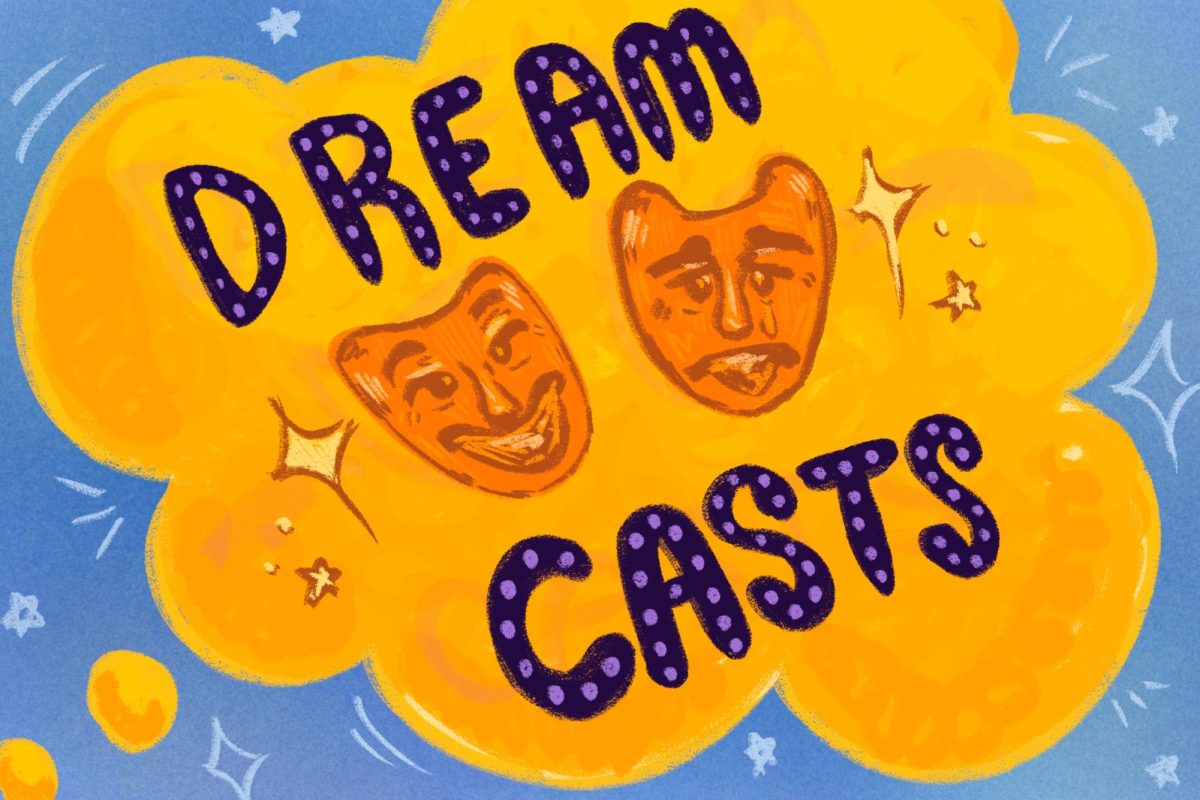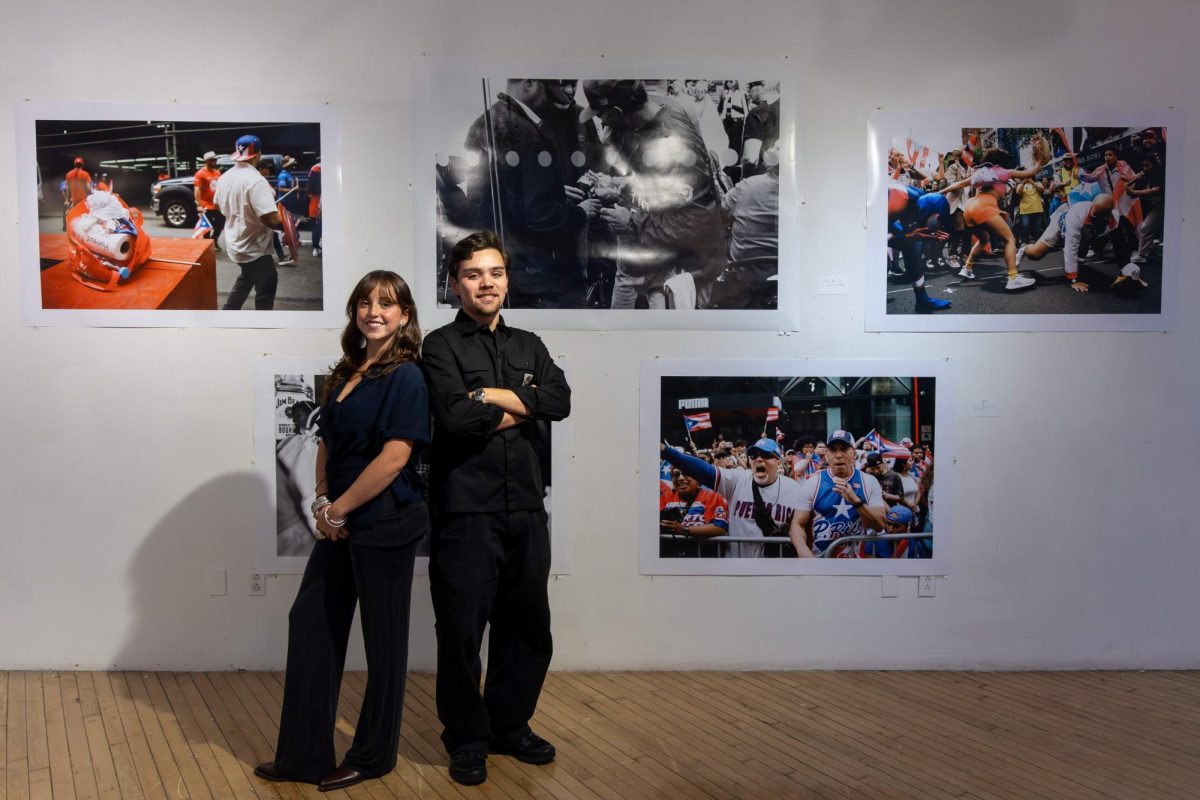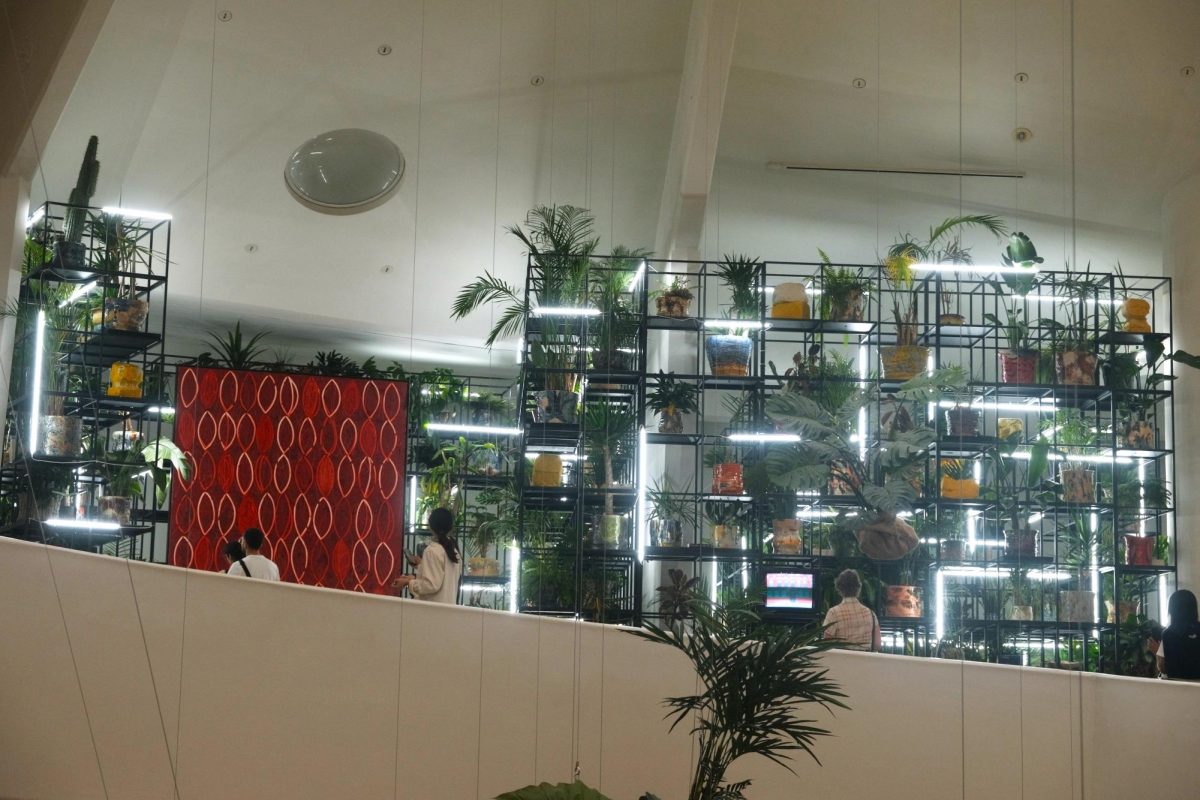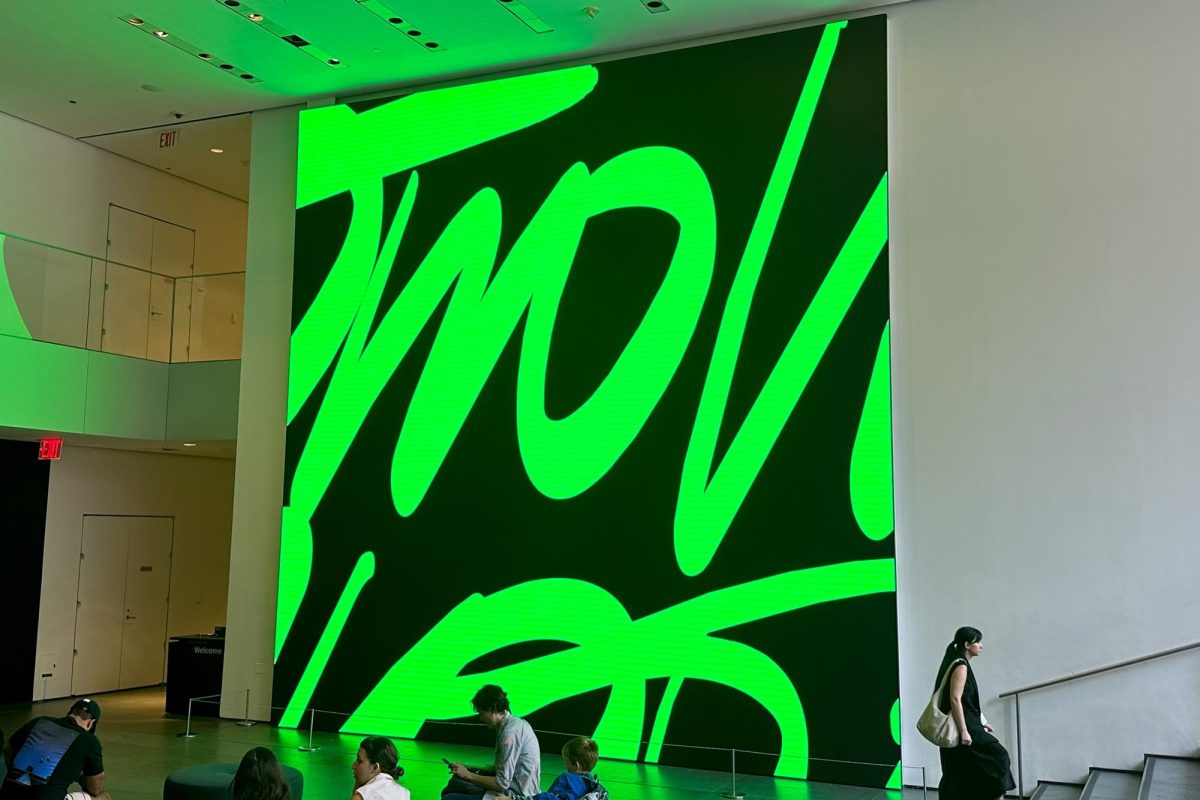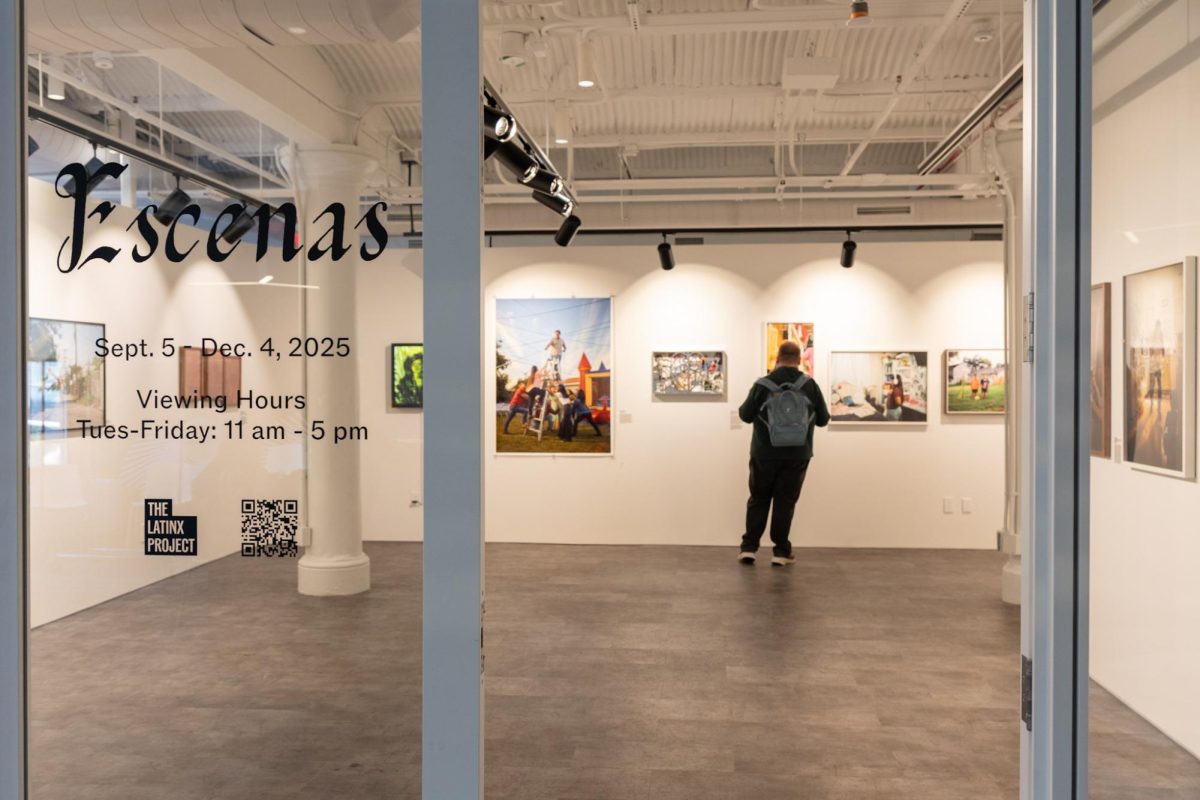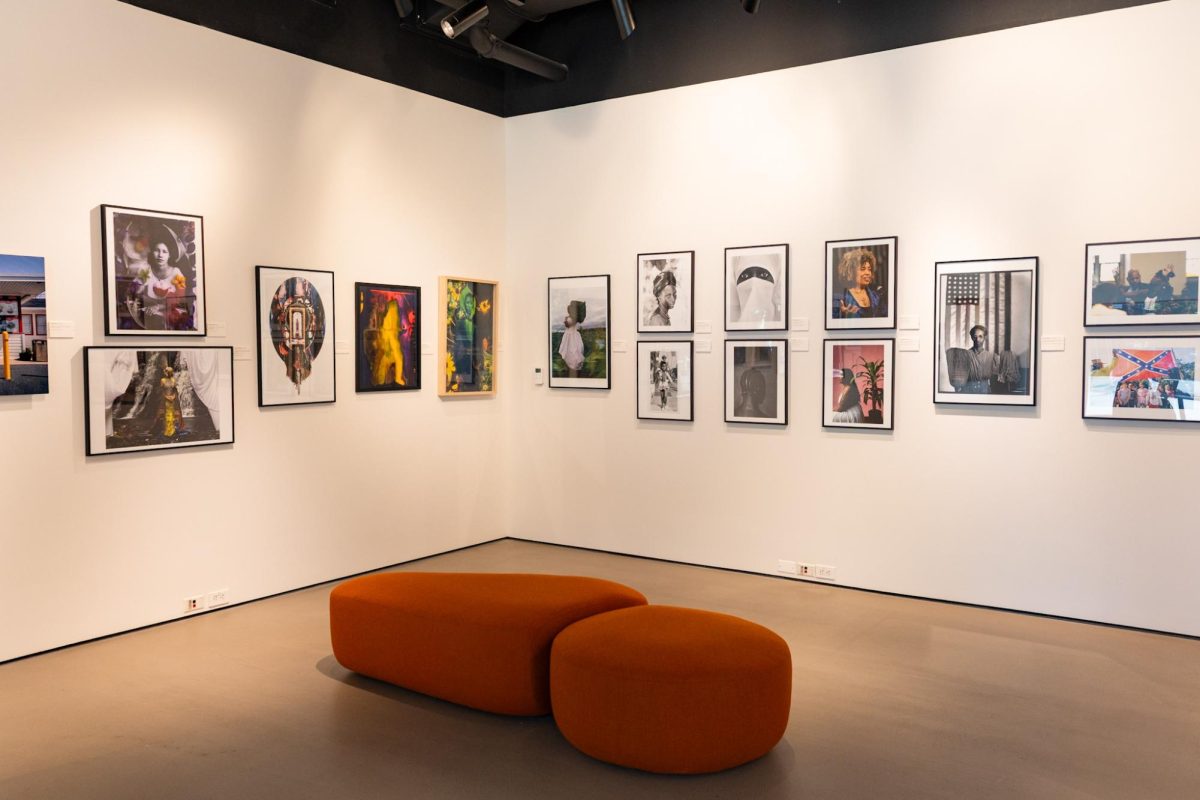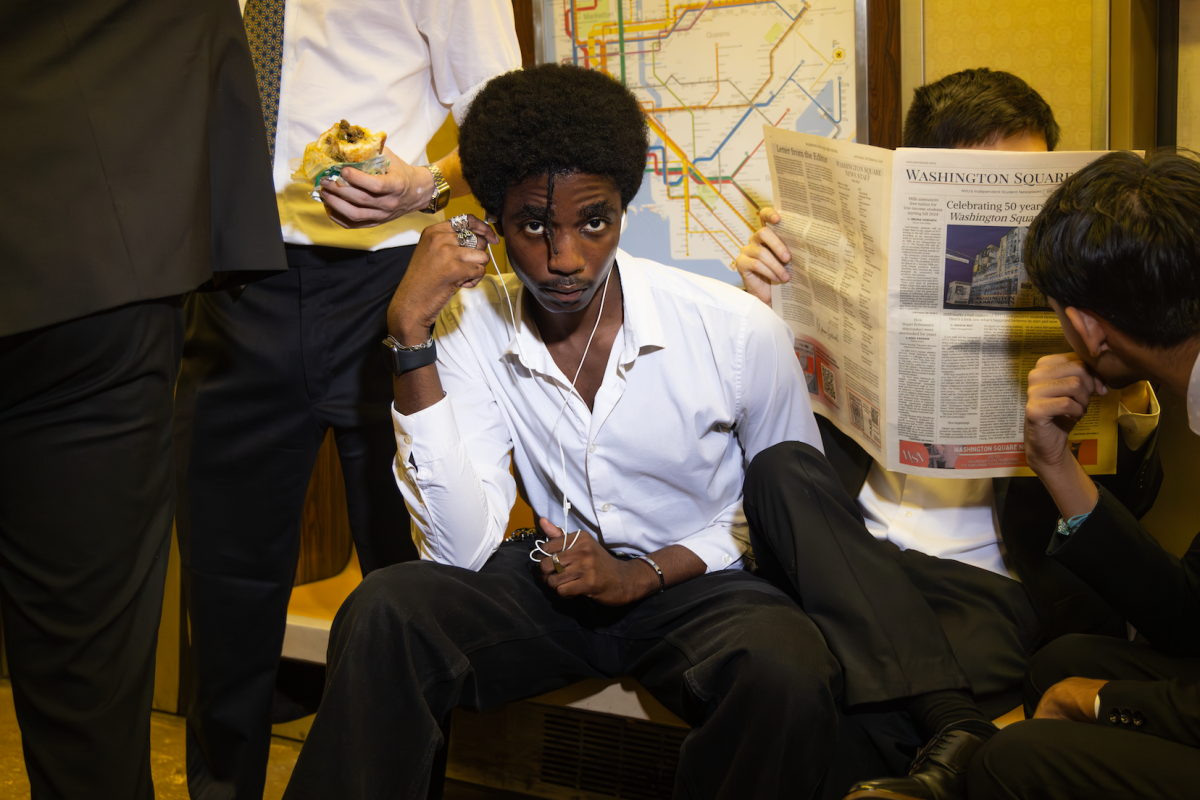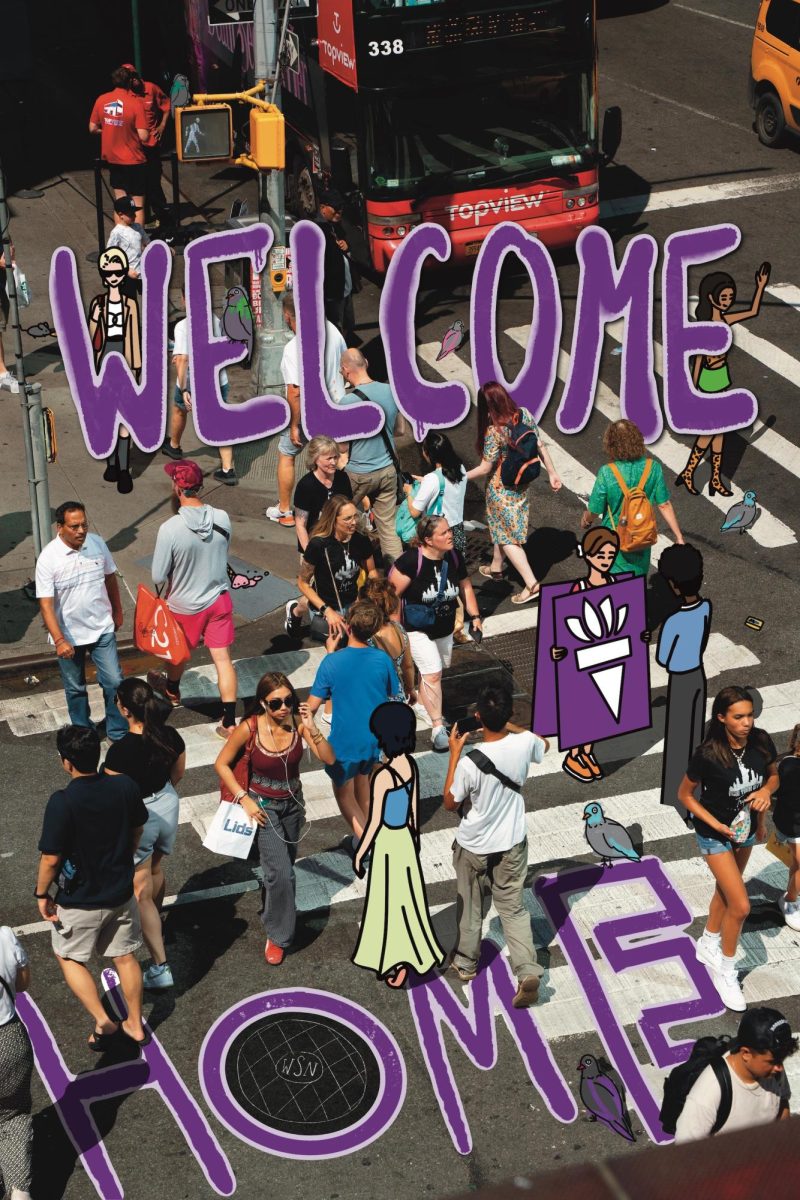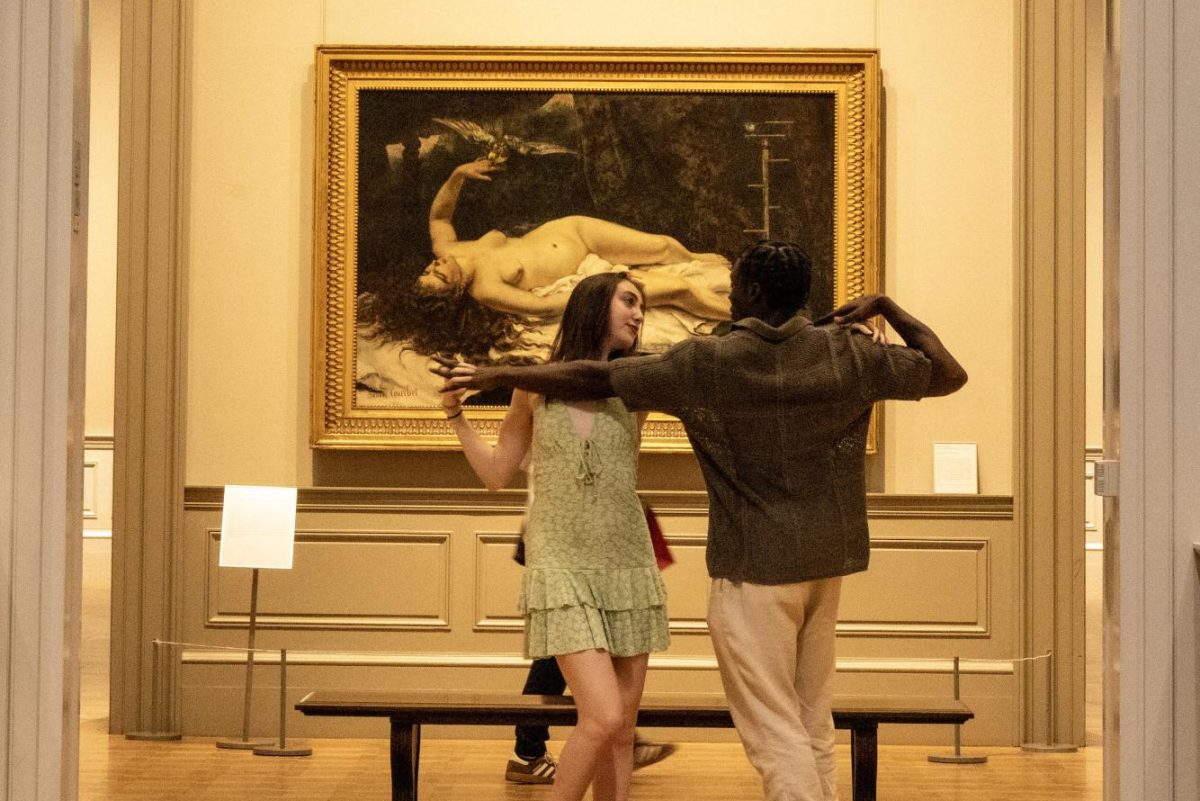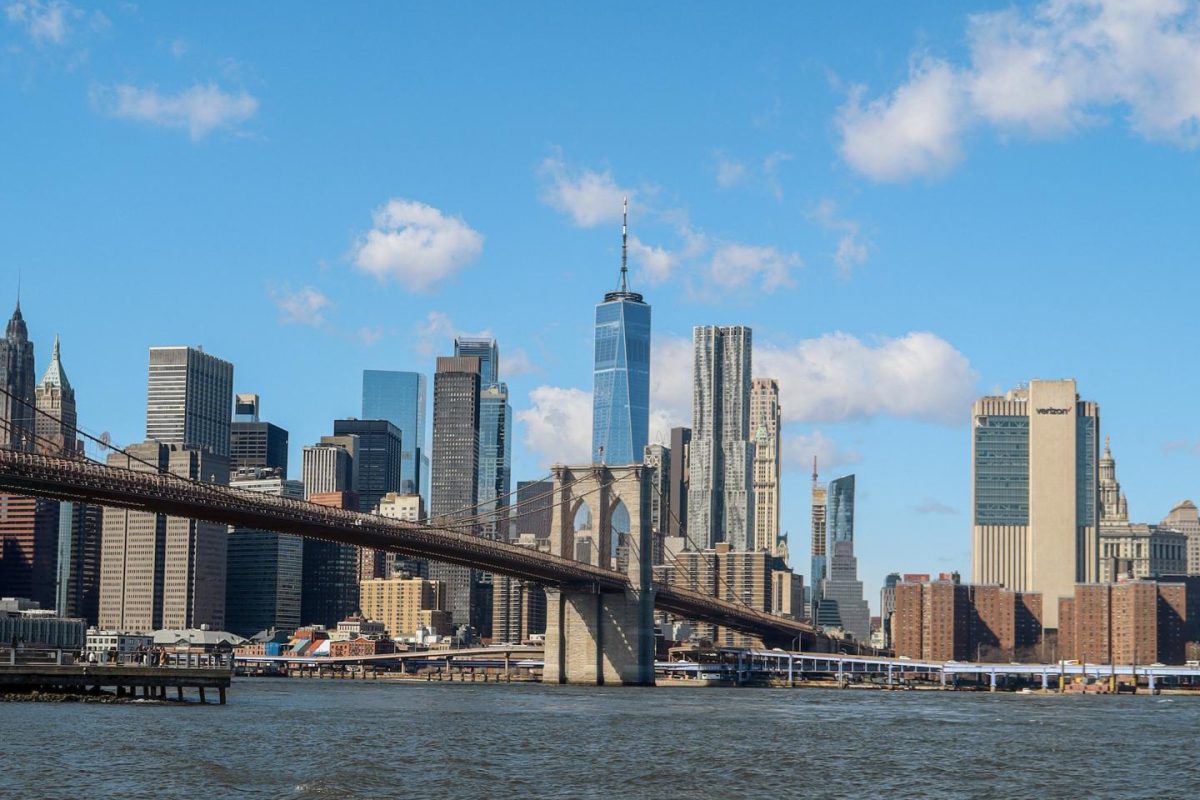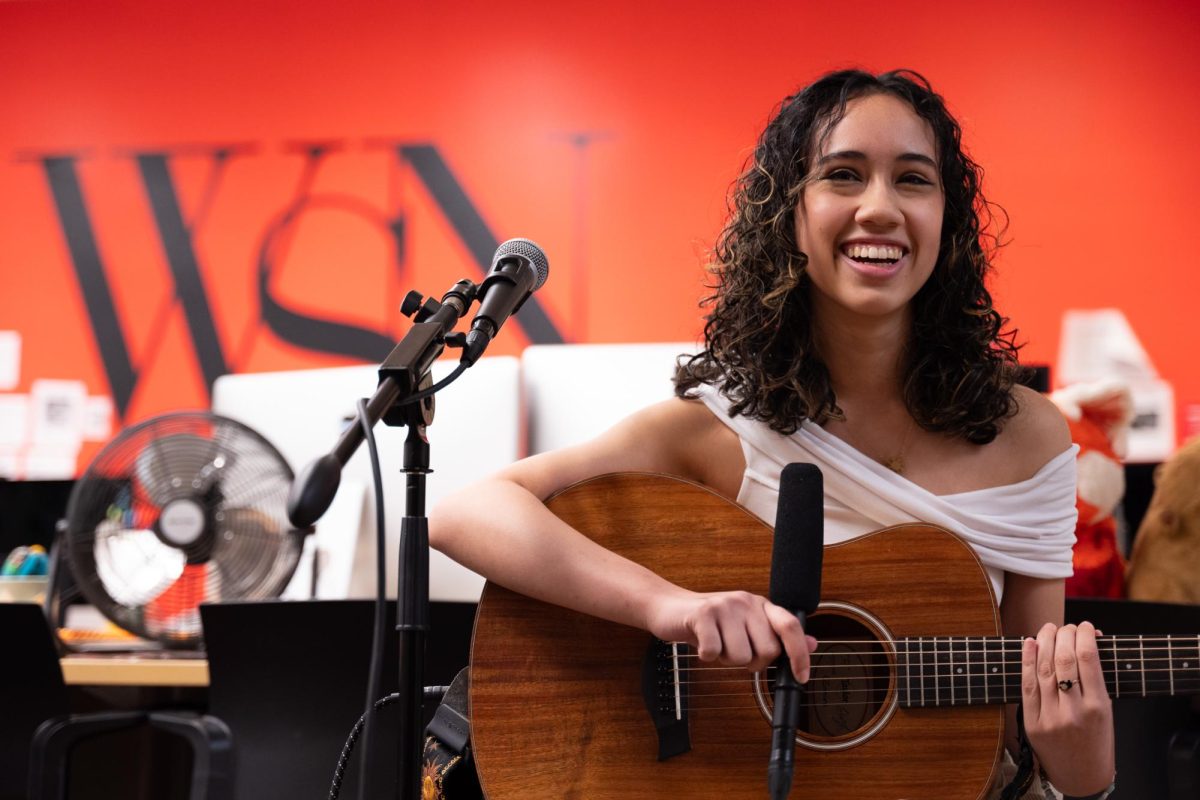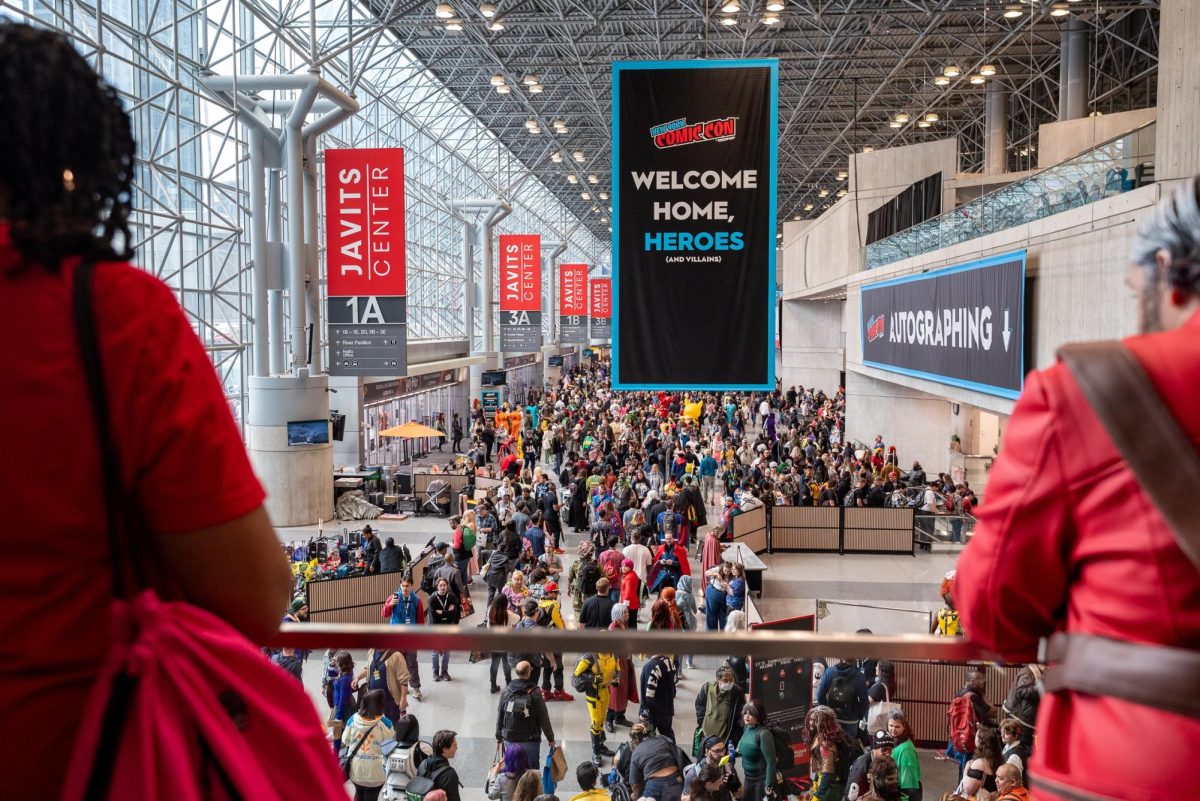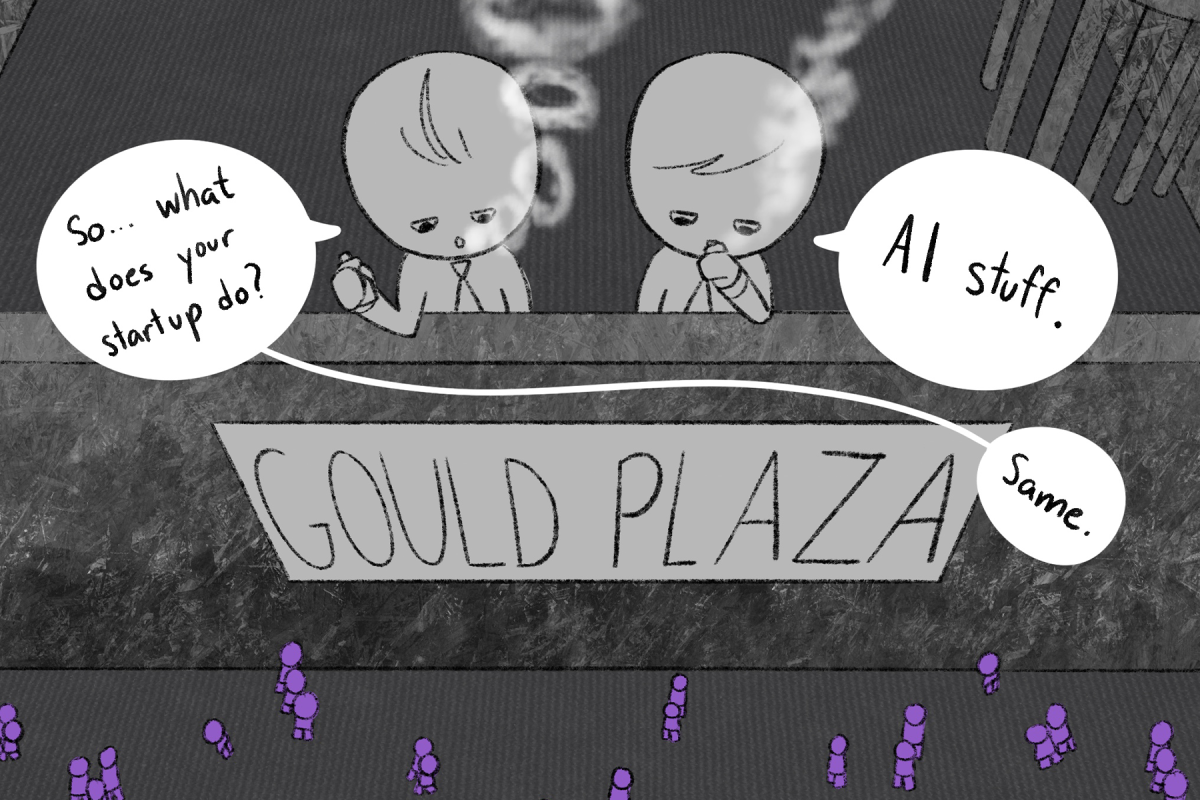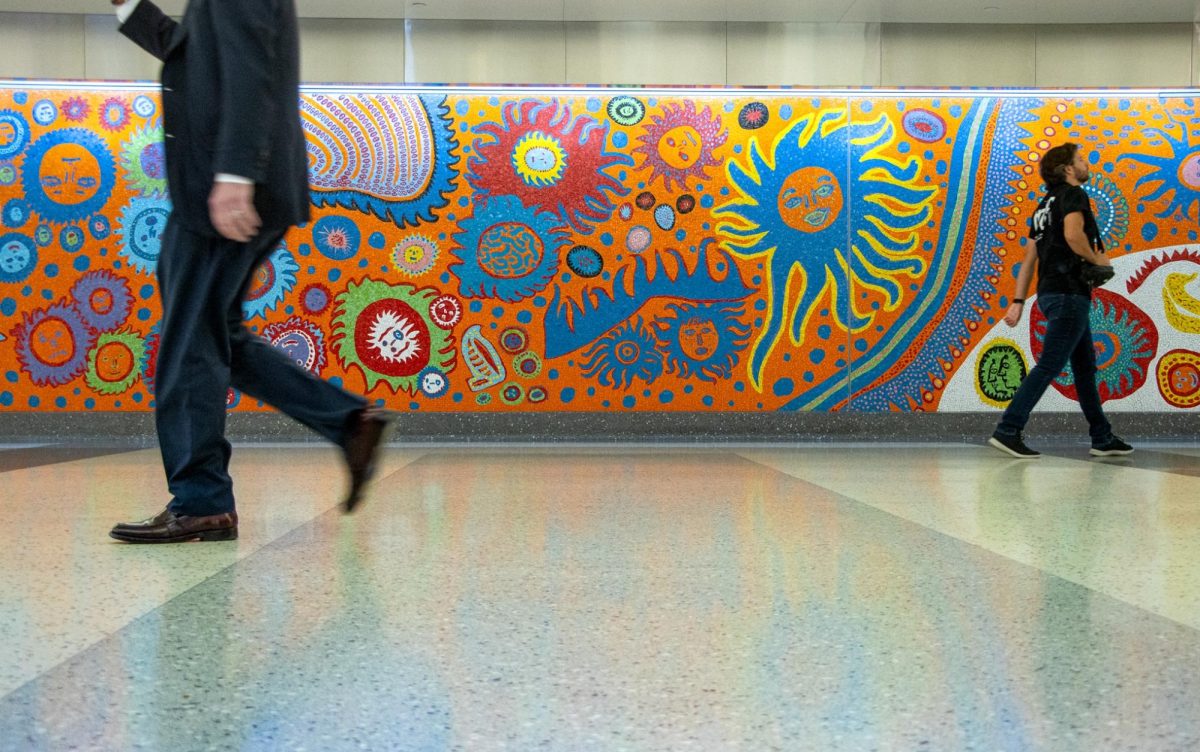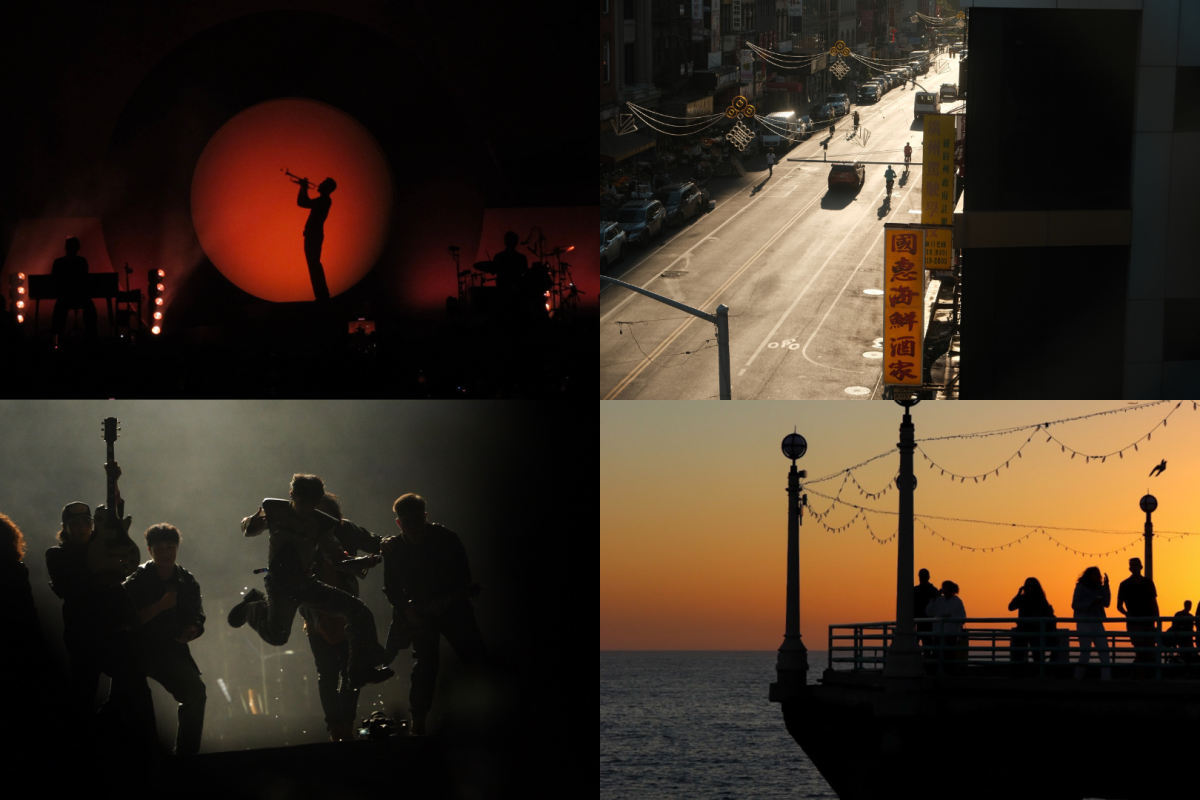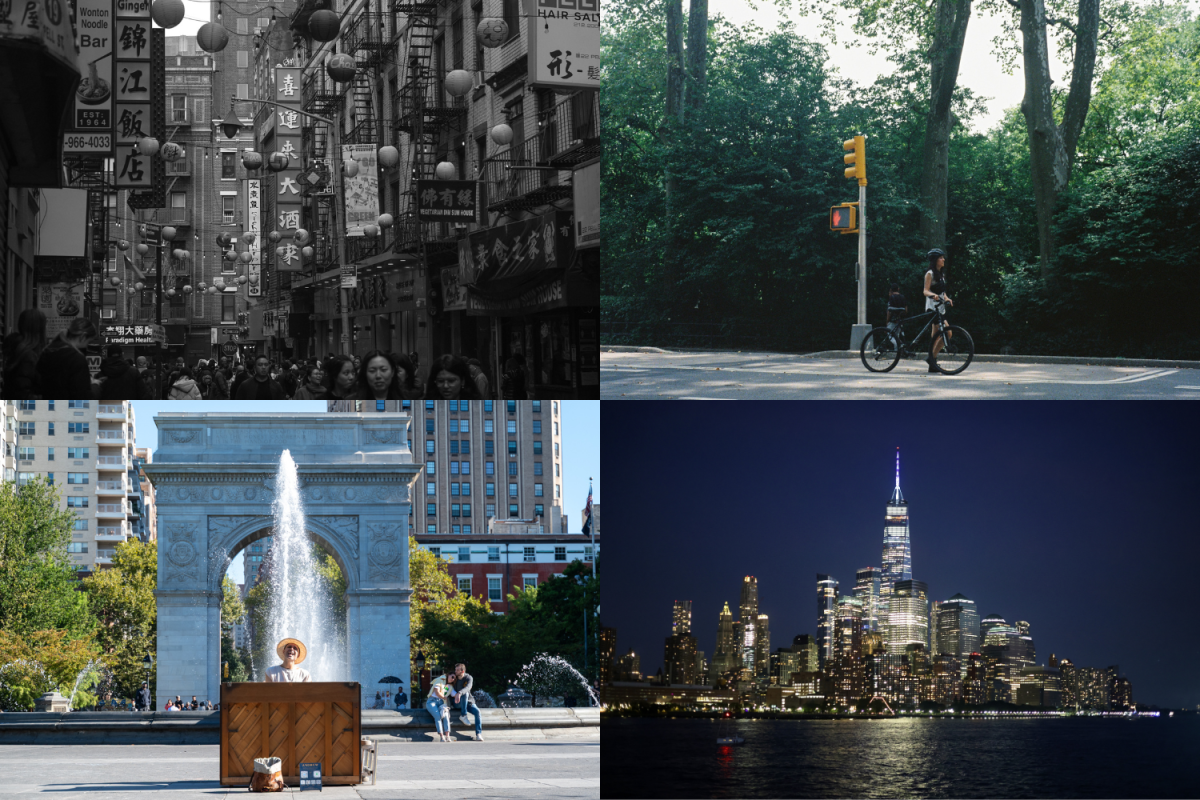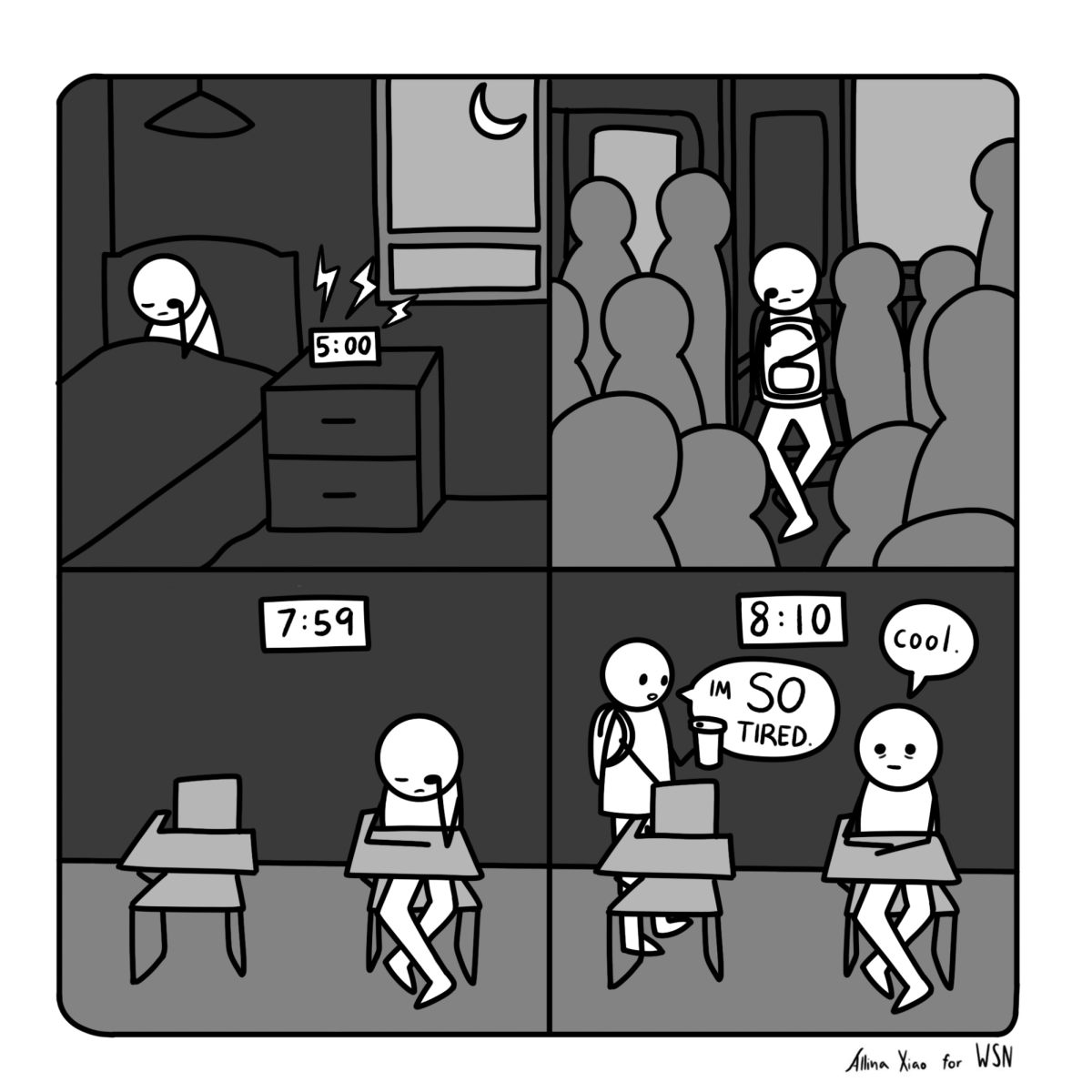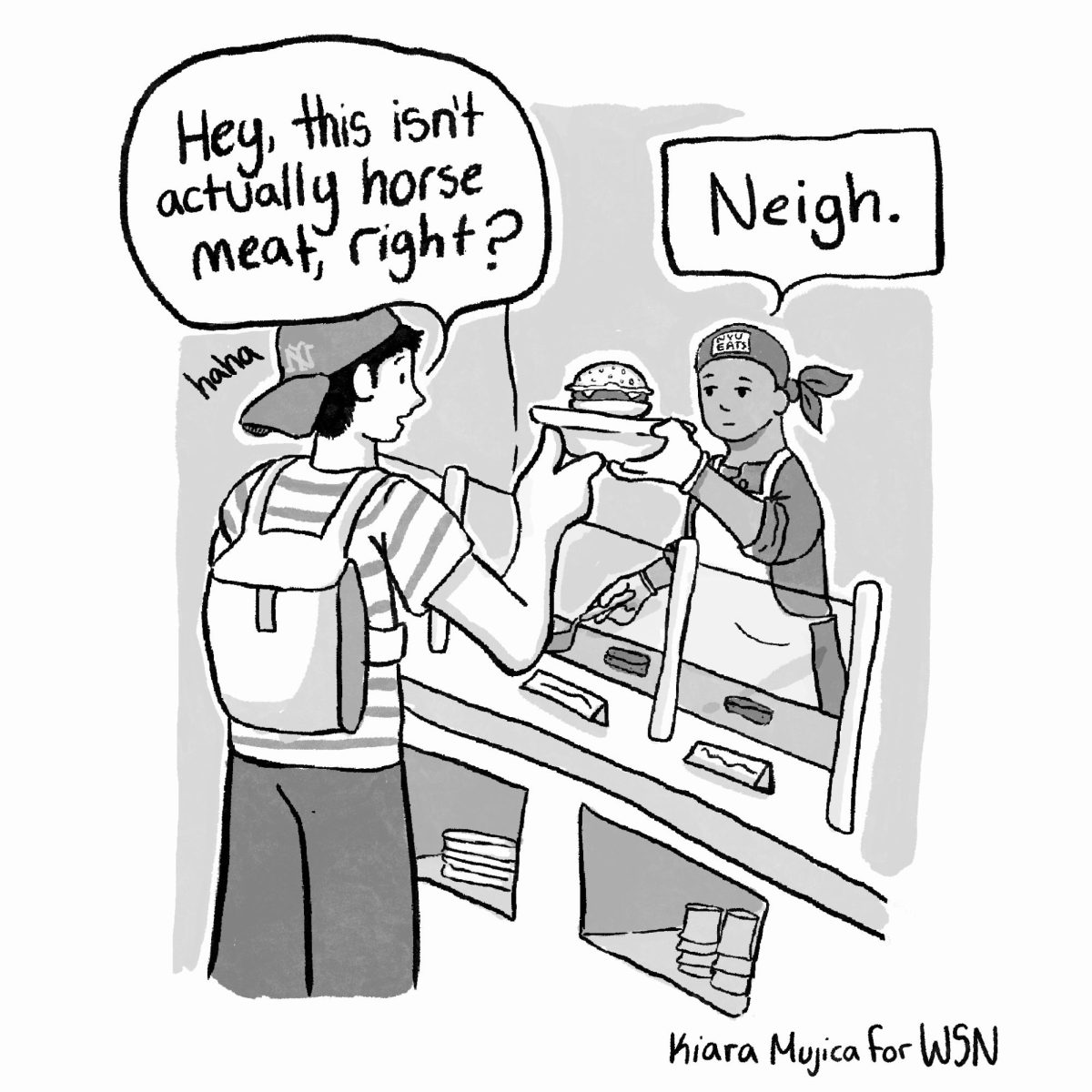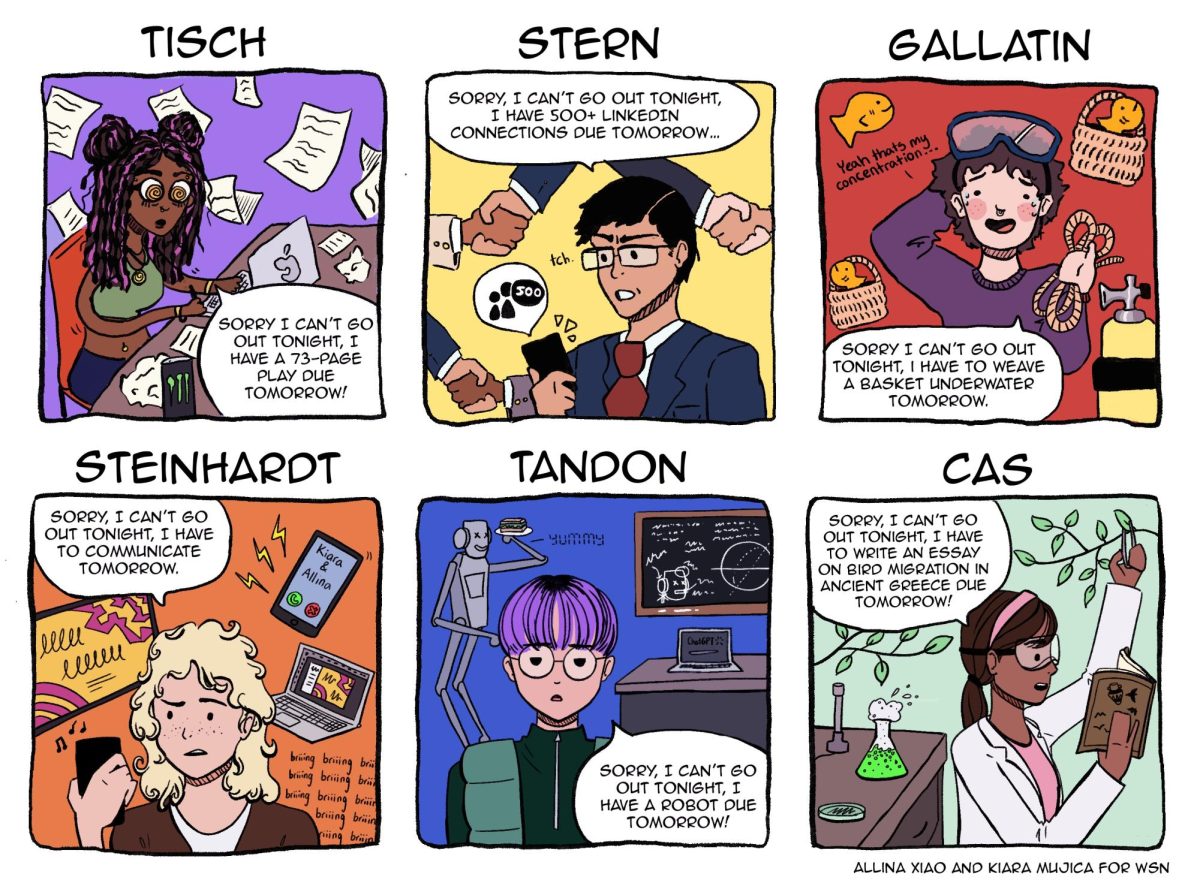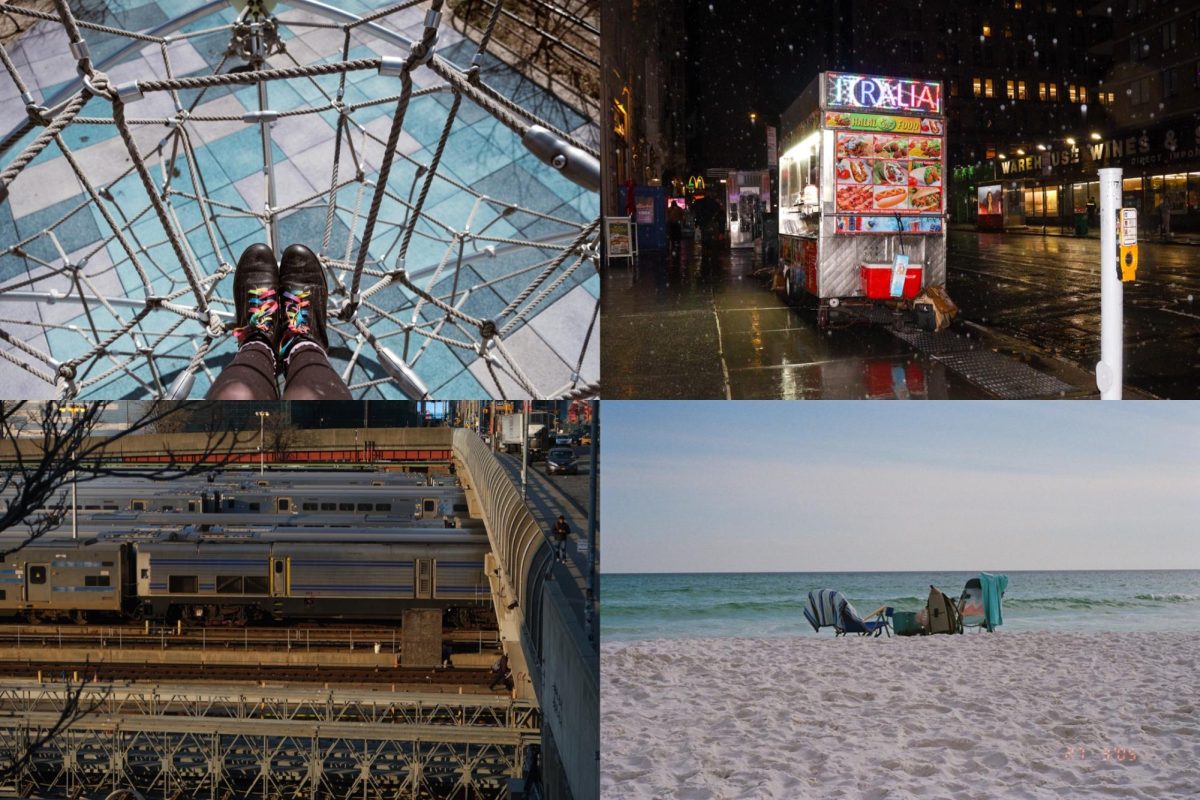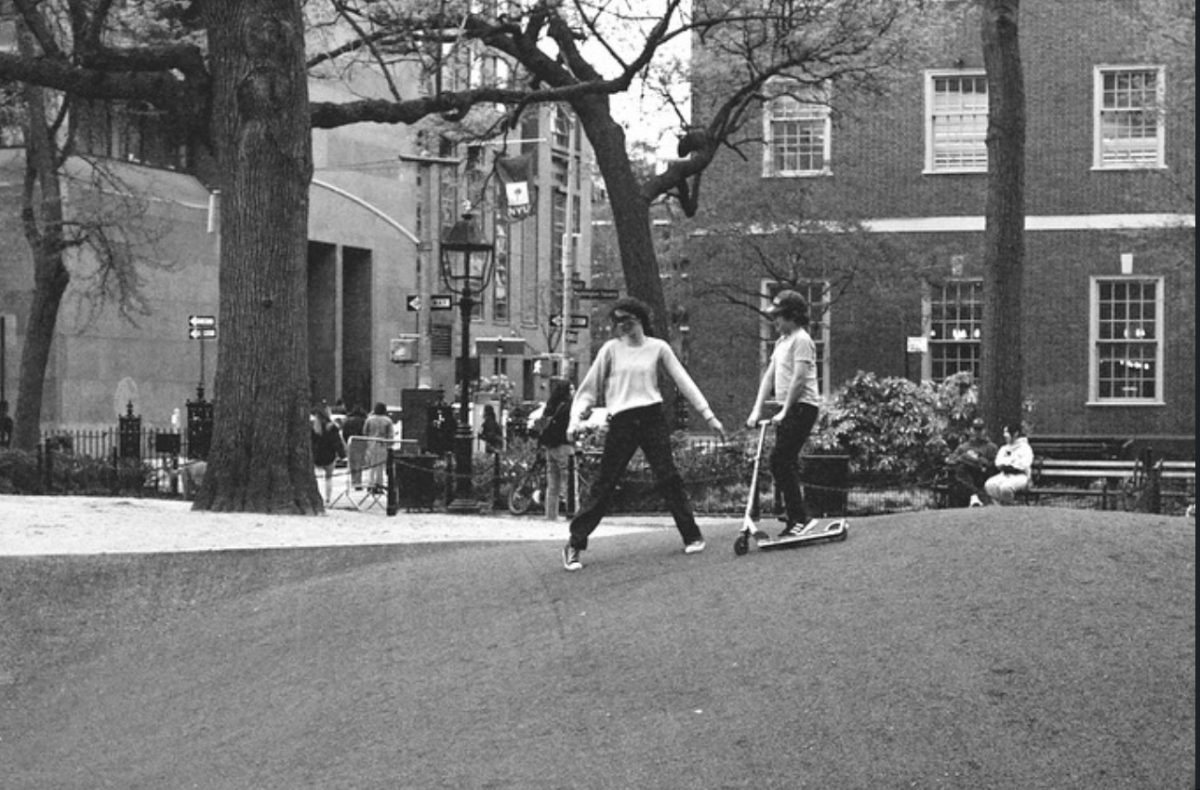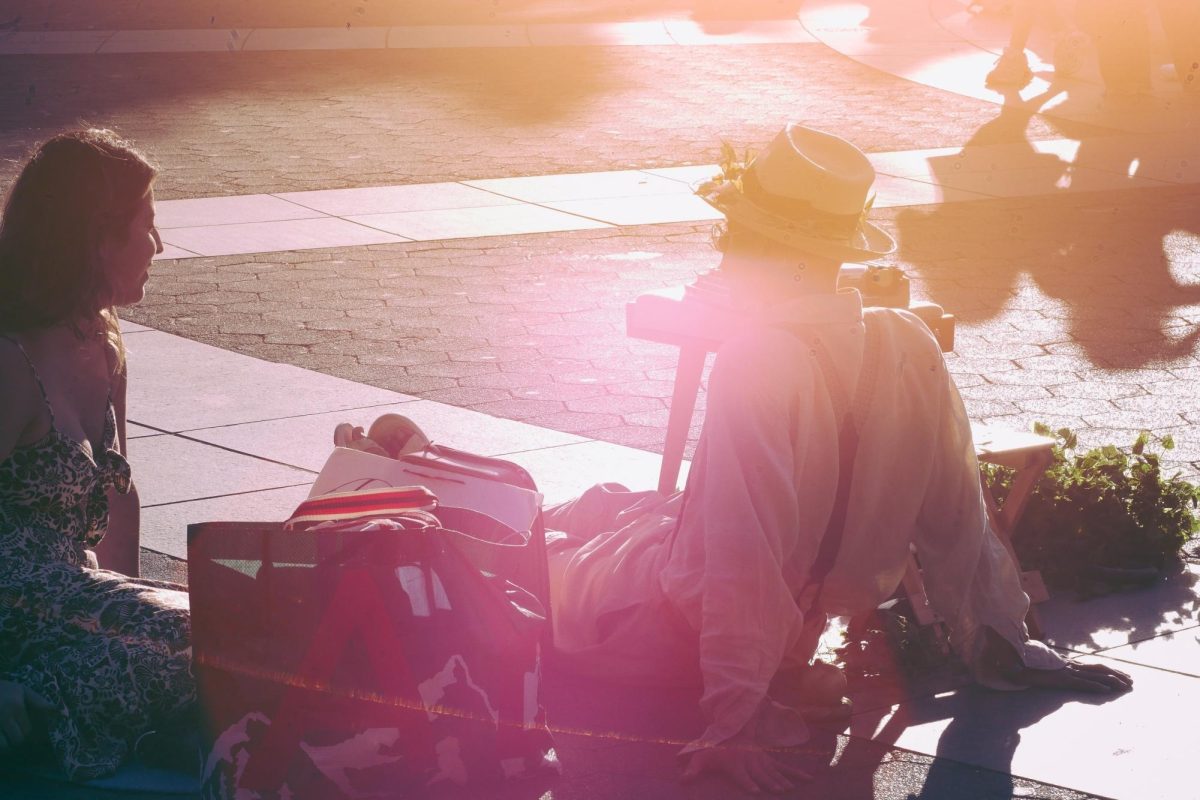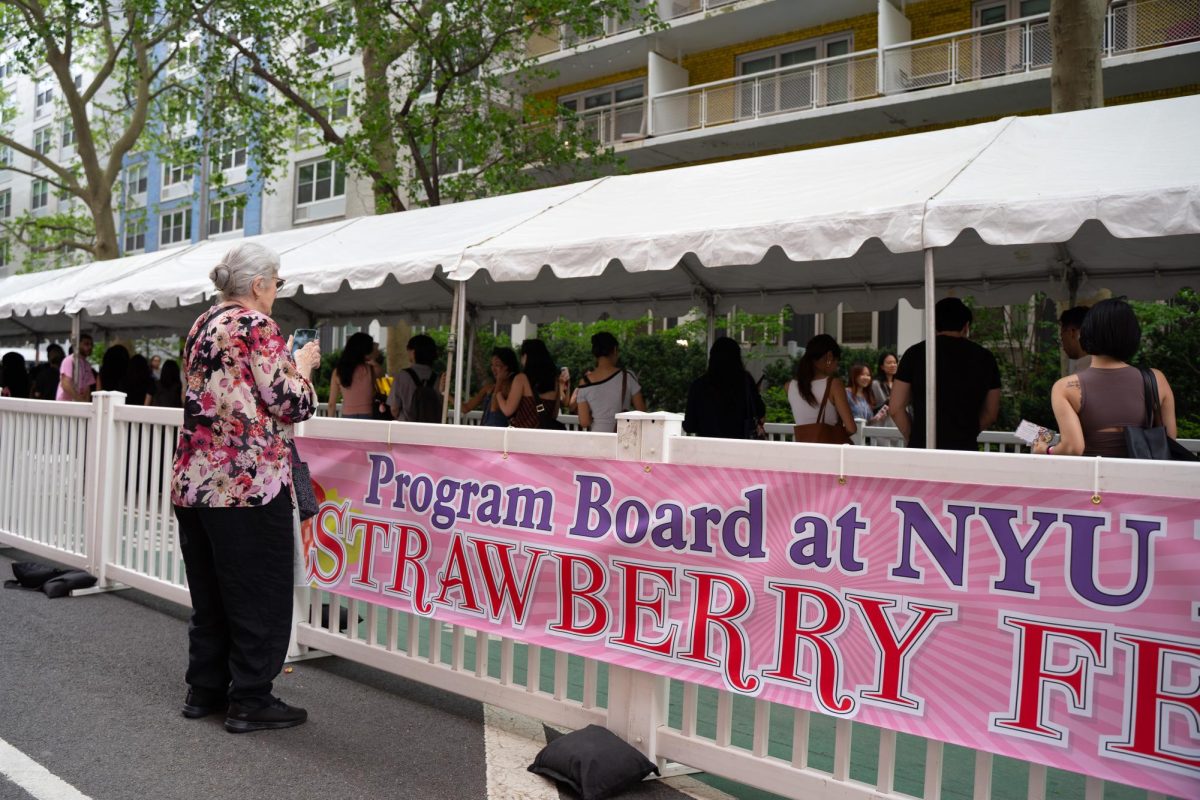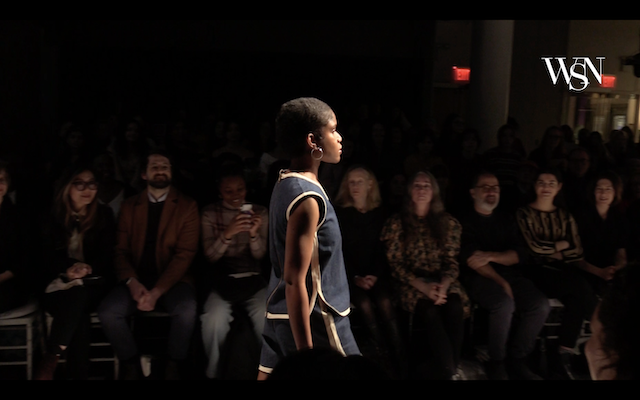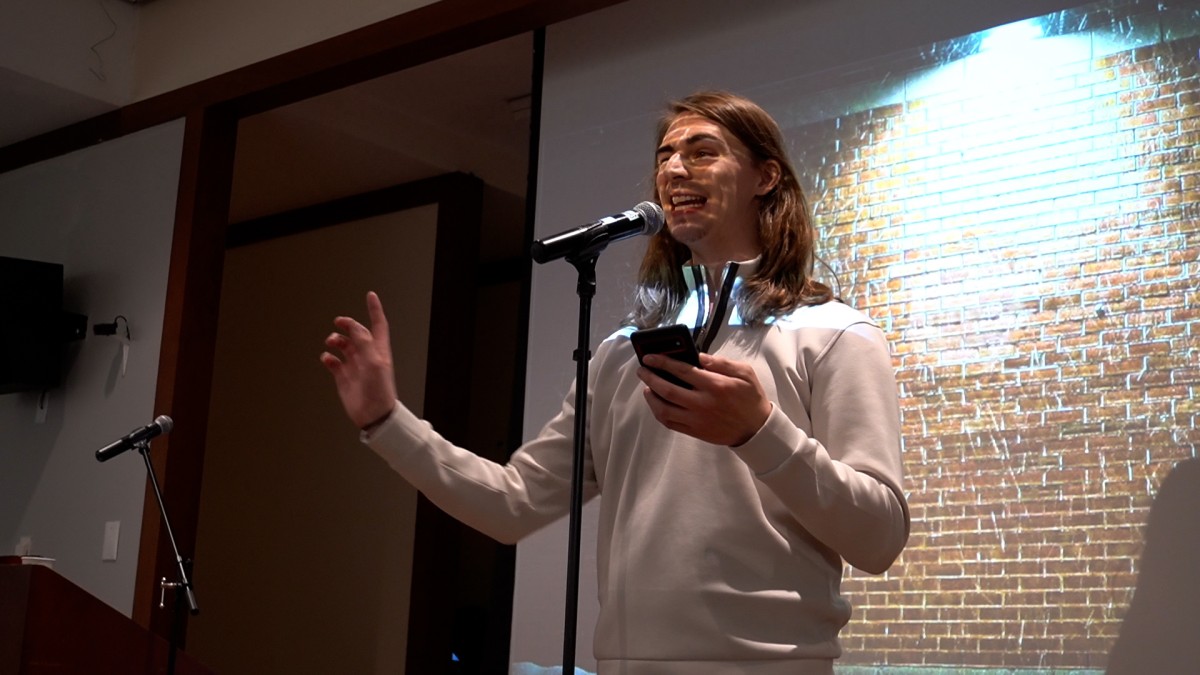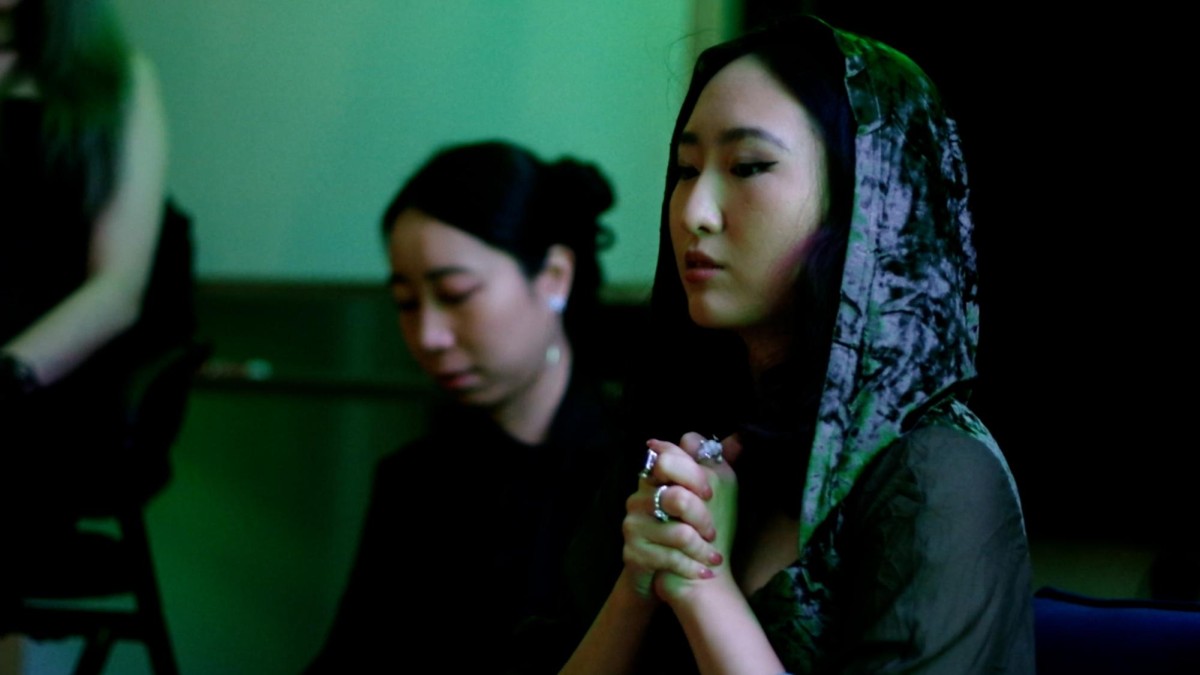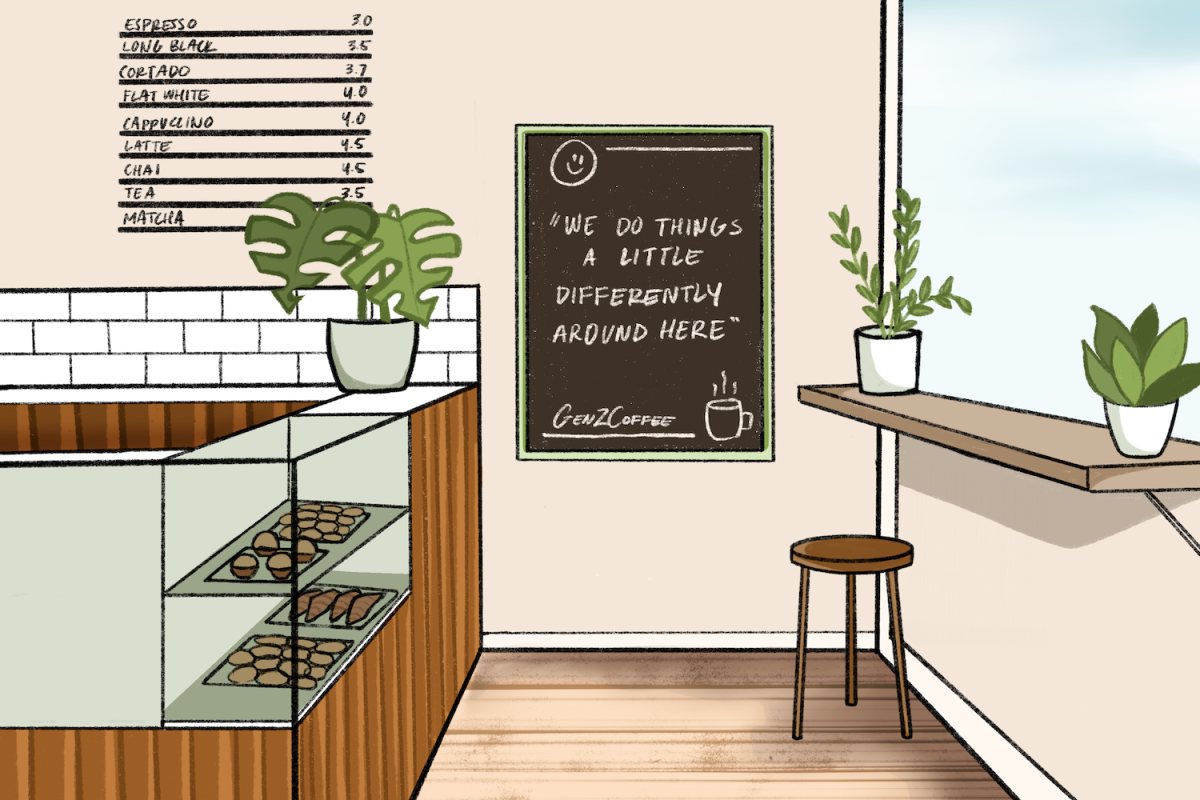Any New Yorker who has explored the city’s plethora of coffee shops has undoubtedly encountered a pattern of homogenization. Many cafes that follow the formula of a single brick wall, polished hardwood floors and chalkboards with lighthearted jokes about caffeine addiction have been labeled by the internet as millennial coffee shops. While these coffee shops largely cater to the minimalist millennial aesthetic, this year, many in New York City have attempted to distinguish themselves by catering to the more daring preferences of Gen Z — think Blank Street Coffee’s new Iced Strawberry Shortcake Matcha or Enly’s tiramisu latte. Though a major aspect of New York City’s contemporary food culture, the coffee shop industry’s role in rising rents and spurring gentrification persists, especially as rapidly changing consumer tastes and incessant advertising drive competition.
At a millennial coffee shop, you can expect industrial pipes holding up wooden shelves, walls painted matte black and marquee signs with slogans like “It’s Coffee O’Clock” pinned up. Cafes like Cha Cha Matcha, a matcha chain created in 2016 by two NYU students, use neon signs to attract customers. This emphasis on interior design is a testament to millennials’ preference for social media-friendly cafes — a trait that they share with Gen Z. Fueled by early 2010s hipster culture — which popularized the quintessential image of the craft beer-drinking, flannel and beanie-wearing millennial — these shops often aim to evoke a now-homogeneous artisanal feeling.
New-wave coffee shops are somewhat more modern and sleek. Cafes like the Japanese-based % Arabica, which has locations in SoHo and Dumbo, pull younger crowds based on its minimalistic environments. These shops’ ambient overhead lighting, long coffee bars and minimalist furniture can feel sterile, but their tasteful design helps to create a highly curated atmosphere.
For some newer cafes, the act of serving coffee and tea is not a lighthearted task but a scientific process. Baristas at La Cabra, who emulate chemists with their crisp white button-ups and wide collars, draw many NYU students to its two locations in lower Manhattan. Furthermore, its creations push the limits of the classic latte, championing an extensive lineup of flavored syrups, desserts-turned-drinks and untraditional flavor pairings.
Still, the line of distinction between so-called millennial and Gen Z cafes is murky — not only in aesthetic, but also in economic impact. Whether or not new coffee shops choose to break away from the brick wall and chalkboard menu formula, they remain in line with existing trendy cafes, many of which fuel gentrification in the city.
When crowds of young adults with higher income moved to Williamsburg in the ’90s and early 2000s, the historic Brooklyn neighborhood saw a whopping 78.7% increase in average rent between 1990 and 2014. Williamsburg became one of the most prominent modern examples of gentrification, as the area’s higher cost of living pushed out many local businesses and residents of color seeking employment.
Simultaneously, businesses made these neighborhoods more digestible for the younger population. Millennials didn’t want the old existing coffee shop on the corner — they wanted a clean, fresh spot that flourished into the homogenous millennial cafe. Now, millennials are met with a place true to them, not to the history of their neighborhood — what some describe as a colonial-adjacent reality.
While gentrification is the product of factors larger and more complex than merely millennial or Gen Z preferences, the role of food service establishments in gentrification is prominent. In February, Rachel Nieves, who owns a Puerto Rican coffee shop in Williamsburg, posted on TikTok that her cafe’s lease would expire by September due to a rent hike in the area. Nieves also discovered that a nearby condo was planning on opening its own coffee shop — just one example of how corporations, particularly in the food market, uproot local businesses in the historically Puerto Rican neighborhood.
Eye-catching, trendy cafes will continue to draw large crowds of customers to the city. But oftentimes, these businesses didn’t just hit a stroke of market luck. They are deliberately designed and marketed to appeal to the next generation of customers — a reality that exacerbates the ongoing issue of gentrification in New York City and the displacement of its preexisting residents.
Contact George Piper at [email protected].

